FAR AFIELD

Over the past 30 years, veteran Cranbrook photographer Neal Panton has gone from global to local.
CROPS, STOCK, AND PERIL: LOCAL FOOD PRODUCERS DIG IN
LETTERCRANNY: ODE TO EAST KOOTENAY HOCKEY
INVERMERE’S SUPER SURVIVALIST
THE DUNCAN FAMILY
ANNE EDWARDS

FALL 2023
Our People are Essential to Our Success at the Sullivan Mine in Kimberley
Teck’s Legacy Properties team is rooted in a culture of safety, excellence, employee engagement, and diversity in our workforce—we are able to do more, and be more, together.

Learn more about the Sullivan: www.teck.com/sullivan
Learn more about Teck culture: www.teck.com





LOCALLY OWNED + OPERATED 388 - 316 Avenue, Kimberley (250) 427-4224 | 1 (877) 238-0678 melodyford.ca WE GET IT. We live here too. Cars cost less in Kimberley PARTS | SALES | SERVICE
We are lucky to not get very many unwanted encounters with bears around Cranbrook. But we must still take the proper steps with handling garbage around our homes and businesses so we don’t create a problem.
And with the hot, dry and smokey summer we’ve had, we are already noticing increased bear activity. That means it is vital that you also properly manage your fruit trees to reduce the risk of unwanted wildlife encounters.
If you can’t manage your own trees, Wildsight has a great Apple Capture program. Learn more at https://wildsight.ca/branches/kimcran/.

WW W C RANBROOK.C A




Offering award-winning custom homes in the East Kootenays. munter.ca | info@munter.ca | 250.427.5925
Winner 2023
Gold
Petite Pork Posse

These little critters hail from Wyndell’s Root and Vine Acres. For foodies, Mangalitsa hogs are in fact considered the Rolls Royce of pork. From piglets to produce, it’s been a bumpy ride for a lot of the Kootenay’s farms and ranches, with rising costs, unpredictable climate, and ongoing infrastructure demands. Turn to page 48 for the story.
On the Cover
Neal Panton’s “Between Here and There” taken south of Invermere on Highway 93/95. The Cranbrook-based photojournalist has travelled the world for 30 years. Page 58
12 MEDIA
Halloween time screen time, Canadian resort town bring-down, and a Colorado cure for high house prices and low inventory.
13 CELEBRITY
Part Tolkien character, part tough guy, Invermere’s Allan Tenta outlasts ‘em all.
13 HISTORY East Kootenay war moms
15 DEVELOPMENT
Happy Hans: 1. Hamburglar: 0.
16 SPORT
This thrower’s a go-er. Meet Cranbrook’s Casey Hanemayer, National Disc Golf Champ.
19 POLITICS
Anne, frankly. Former East Kootenay MLA, author, feminist, and friend, Anne Edwards.
21 DEVELOPMENT

The Ktunaxa Nation and City of Cranbrook team up, tune in, and take off.

22 ADVENTURE
Poop and paddling.
25 YOU FUNNY
There’s the spice of Dune and the doom of spice. Pumpkin spice, m’lord.
26
THE PUCK THAT DROPPED HERE
The Rink. The Goal. The Celly. The Show. From goalposts to gals to goons, a completely unauthorized and likely incomplete East Kootenay chronicle of Our Game. 40
FOUR STRONG KIN
Kimberley’s Duncan Family have shared a life of remarkable service to community, conservation, and those without voices. 48
CROPS, STOCK, AND PERIL
Having protected regional food security through the pandemic, floods and fires, East Kootenay farms, ranches, and suppliers of increasingly in-demand local food are facing unprecedented challenge. 58
WIDE LENS / WILD LIFE
A life’s work and journey, from global to local, through the eye of international photojournalist turned Cranbrook artist Neal Panton.
GO CRANBERLEY | Summer 2023 7
contents
Meet Our ~
CONTRIBUTORS
NEAL PANTON

For over thirty years, Cranbrook's Neal Panton has worked as a photojournalist, taught photography and visual literacy, and had his work published in over twenty-five countries. He's had solo and group exhibits in Canada, Europe, the U.S., and South America, and self-published numerous books and catalogs showcasing his images. His next exhibit, "Sense of Place" will open at Centre 64 in Kimberley on October 19th.
Jacquie Moore is the former editor of the University of Calgary’s Arch magazine and former executive editor and senior writer at Swerve magazine at the Calgary Herald. She started her career as an assistant editor at Western Living and continues to write for the Vancouver-based magazine. She lives in Calgary and often visits friends and family in Kimberley.

JESSE HEINRICHS
When Jesse is in between stories, he spends his time as a fly fishing guide in the summer, and as a bonafide ski bum during the colder months. After skiing 114 consecutive days last season, his right knee is praying for an especially delayed winter. When he’s not dodging important work emails with his dog/ bestfriend Caper, he does his best to keep the valley topped up with the freshest copies of GO Cranberley.
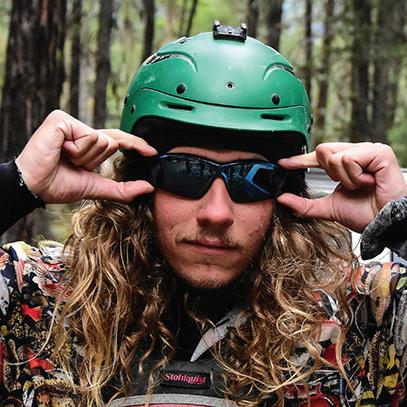
First light above the flats
The southern end of Columbia Lake and the headwaters of the globally unique Columbia River system — surely an inspiration for the lifetime of conservationist efforts tallied up by Jim Duncan and his family. Learn more about the Kimberley clan, starting on page 40.
This photo was captured by another legendary Columbia Valley resident, Order of Canada recipient Pat Morrow. He’s climbed the highest mountains on each of the world’s seven continents and traveled Highway 93 who knows how many times. Pat shot this photo early one morning on the way to Kimberley from Invermere.
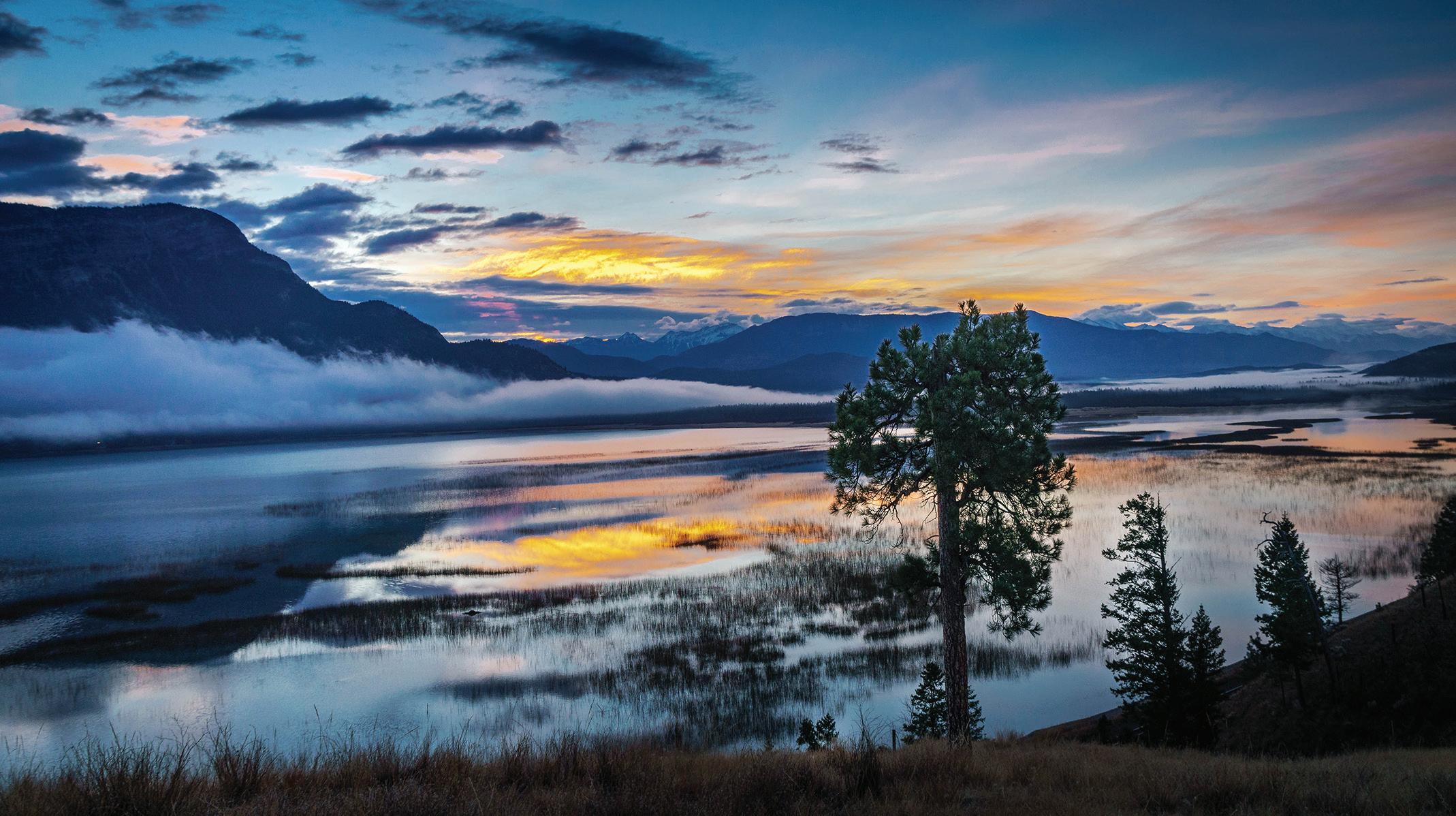 JACQUIE MOORE
JACQUIE MOORE
8 Summer 2023 | GO CRANBERLE Y


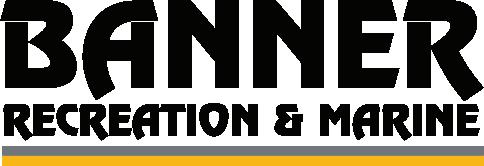
RIDERS UP. New Cranbrook showroom and shop coming this fall! 2401 22 Street North. 250.417.3310 bannerrec.com The East Kootenay’s leading motorsports store. Family owned. New. Pre-Owned. Parts and Accessories.
kootenaymedia.ca

GENERAL INQUIRIES
darren@kootenaymedia.ca
jesse@kootenaymedia.ca

Reproduction, in whole, or in part, is strictly prohibited. No part of this magazine may be reproduced or duplicated without the written permission of the publisher. All rights reserved on entire contents. GO Cranberley Magazine makes every effort to ensure the accuracy of the information it publishes and is not responsible for any consequences arising from errors or omissions. The opinions expressed in the articles are those of the authors.
GO Cranberley Magazine is published four times per year and is printed in Canada.

GO Cranberley is published by: Kootenay Media 2023 Ltd.

PUBLISHERS EMERITUS



Karen Vold | Grady Pasiechnyk
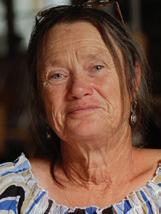


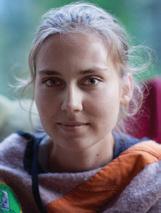
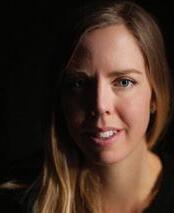

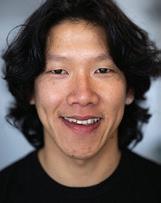



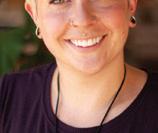

PUBLISHER
Darren Davidson
SALES & DISTRIBUTION
Jesse Heinrichs | Darren Davidson
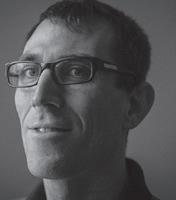



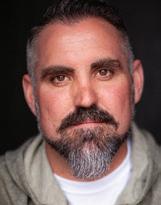
EDITOR

Britt Bates
COPY EDITOR
Monica Karaba

DESIGN & ILLUSTRATION
Ashley Dodd
SOCIAL MEDIA
Jesse Heinrichs
CONTRIBUTORS
Adelaine Bertoni
Cristina Borgogelli


Kevin Brooker
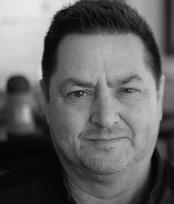


Darren Davidson
Anthony Dransfeld
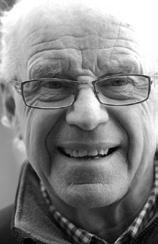
Jesse Heinrichs


Erin Knutson
Mike McPhee


Sarita Meilke
Jacquie Moore
Neal Panton
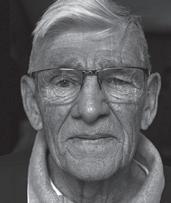

Vanessa Pavan
Jeff Pew

Sarah Stupar

Alesha Thompson
Morgan Turner
Columbia Valley
For 16 years Go Kimberley and Go Cranbrook, the southern ’s two beloved little magazines, made it through fires, snow storms, a pandemic and even a merger, when two mags became one — Go Cranberley. (Yup, we just chainsawed the two names in half and duct-taped them right friggin’ together.)
Go Cranberley’s all-local storytelling, news, business and cultural coverage reaches 50,000 folks in eight communities, over 100 local businesses and more than 400 rooms in hotels, motels and holiday rentals 2,300 folks follow us on Facebook and 1,200 on Instagram.
S P R N G 202 3 who are we n o w ? THE CHA N GI N G FA C ES O F OUR HO M E T O WN S INVERMERE RADIUM KIMBERLEY CRANBROOK FORT STEELE CRESTON FERNIE FAIRMONT Advertise in our next issue. Carry us in your business. darren@kootenaymedia ca 250.505.9759 jesse@kootenaymedia ca 403.510.4666 Contribute stories & photos. britt@kootenaymedia.ca SUPPORT
TENATIVE OPENING DATE: 12/15/2023
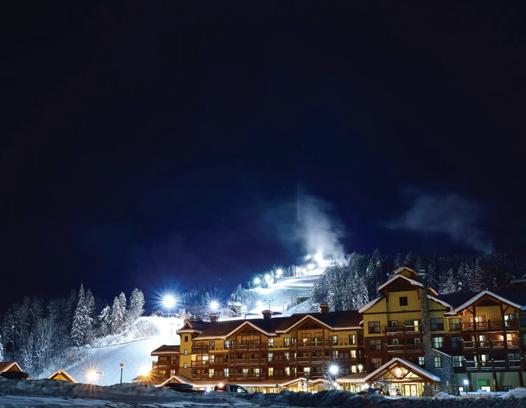







BOOK YOUR ADVENTURE TODAY: SkiKimberley.com | 250.427.4881 68 Trails | 6,500ft Top Elevation | 2,465ft Vertical | 1,800+ Resort Acres
Ph: Aaron Mccartney, Katharine Lowenberger, Henry Georgi, The Real Mckenzie Photograph, Prestige Resorts
Dine or Die, Resort Town Requiem, Property Tax? In Deed.
Yorgos Lanthimos (The Lobster).
The crush of high-end cuisine creation, shocking gore, and a phenomenal first kick at the filmmaking career can.
Just in time for Halloween, or dinner time, the compelling story behind the success of High End Dying, a twelve-minute short written by 24-year-old Kimberley film writer Jordan Symes, is one viewers can’t help but cheer for. Alert: be prepared once you hit play. The horror-slash-dark comedy reel focuses on a dastardly relationship between a ruthless food critic and a chef who puts everything she and her staff can plop into their chichi dishes. Enough said.
“I was a big-time horror fan,” says Symes, who grew up in front of the Evil Dead series and the works of scream-master John Carpenter (Halloween, The Thing) and surrealist
An evidently apt student of his inspirations’ genre, Symes wrote the script for High End Dying while attending Vancouver’s InFocus Film School in 2022. In less than a year he, classmate and director Helen Liu, and a crew of 55 created a finalist at Crazy8s, Vancouver’s prestigious indy film festival. The film was screened in front of a 1,700fan gala, and so far, has been accepted into the Calgary International Film Festival and Toronto’s Reelworld.
Symes says he’s got zero interest in foodie-ism but admits the project’s timing jibed well with the zeitgeist of Hollywood’s cuisine-culture buffet, including Disney+ series The Bear and Ralph Fiennes’ big screener, The Menu.
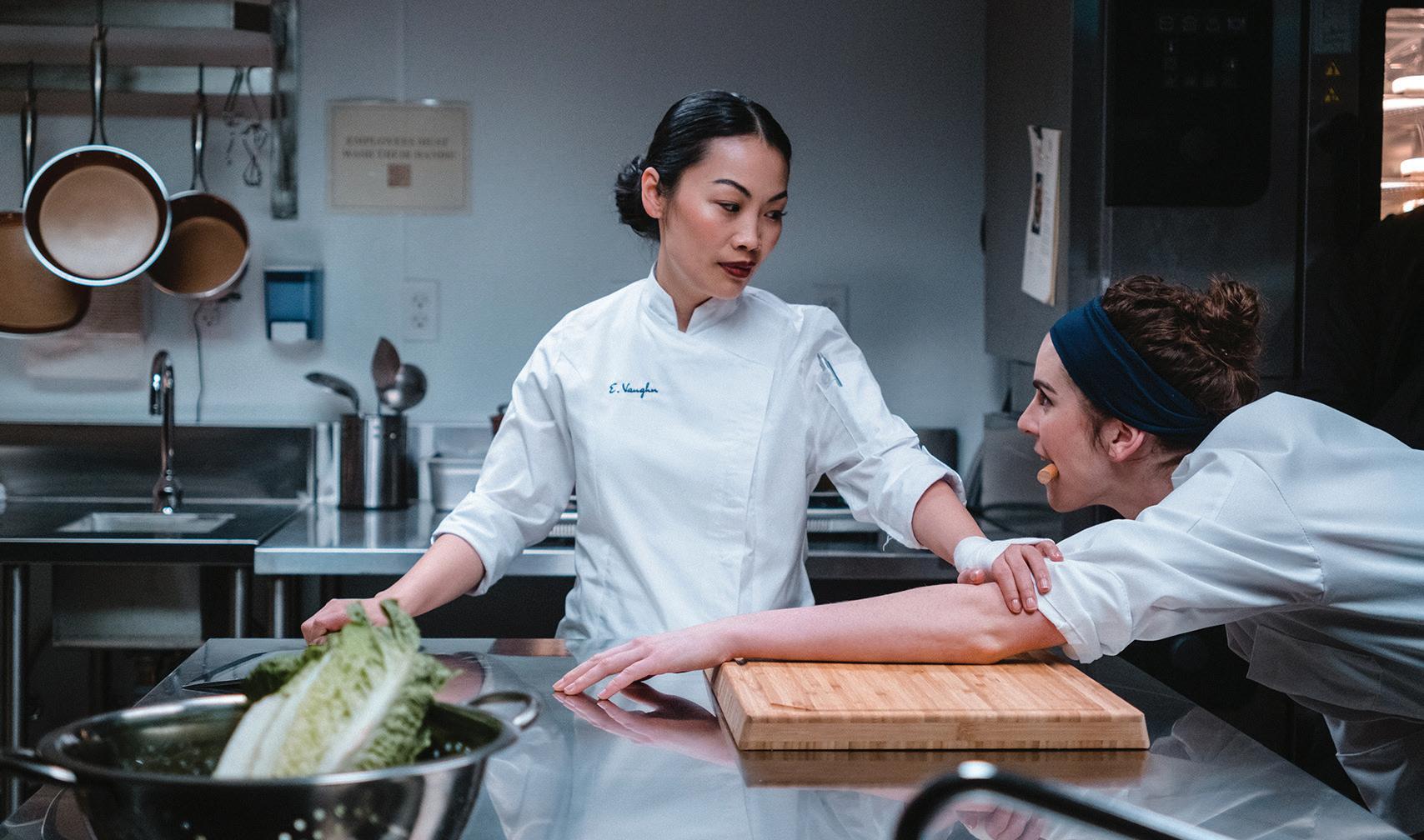
“This was pretty much the first completed script I ever did,” says Symes, “so to have it accepted by a prestigious event is pretty gratifying.” Next up for the rookie writer? Scripting another short and pitching a feature film.
Borrowing from an oldster Tragically Hip tune
and making a case for the fact Canada’s resort towns are in crisis, check out the latest edition of the nation’s outdoor adventure ‘zine, Explore.
Headlined “Resort Town Bring Down” and written by veteran Canadian outdoor industry observer Steve Threndyle, the feature notes that with costs-ofliving outpacing incomes in recreation hotspots nationwide and influxes of urbanites displacing longtime residents, it’s become challenging for everyone to adapt.

The writer saw the story as an opportunity to investigate whether the pandemic would have provided a re-evaluation of over-tourism and the need for hometown economic diversification.
“But it was crazy when I started looking at local headlines from Collingwood to Canmore,” Threndyle said when interviewed this summer on Kootenay Co-op Radio. It was clear to the Vancouver-based journalist that the pandemic was going to exacerbate astronomical jumps in real estate prices, the shortage in both workforce housing and labour,
and the sharp increase in professionals moving to small towns to telecommute, some managing surprisingly large firms and companies.
“There are billionaires amongst us,” Threndyle chuckles, adding that locals “working their butts off for a living wage can no longer make ends meet.”
For solutions, the Explore story suggests locals use the ballot box to ensure affordable housing is developed, and that decision makers and community advocates look to best practices like the Whistler Housing Society, and info sources for change like mountain development watchdog Bob Sanford’s book, The Weekender Effect
Evidence that the crush facing small towns is in fact North America-wide, a story in the New York Times looks at some solutions, too. The article, entitled “Can Affluence and Affordable Housing Coexist in Colorado’s Rockies?” observes the fact that ‘the outdoorsy lifestyle of Colorado mountain towns in Summit County — home to Breckenridge and Arapahoe Basin resorts — has become a magnet for the new remote-worker class,
upending life for those already rooted there.” But the piece also looks at local and state government strategies being implemented to address the issue, including private property deed restrictions, in which the local government pays home and condo owners not to list their places for Airbnb stays, and to limit any potential renter or buyer to those in the Summit Country workforce, as well as capping potential resale price.
A quick correction to a story in our Summer issue, “One Hundred Years for the 1077.” It was the editor’s mistake in noting the TV show Yellowstone was set in the 1920s, not writer Jesse Heinrichs’. The spin-off show, 1923: A Yellowstone Origin Story is in fact set in that period. And another error going back to our Spring issue. We neglected to add a well-earned byline for Jesse, who researched and wrote most of the feature “Who Are We Now” along with fellow writer and photographer Jeff Pew.
–Darren Davidson
MEDIA
And...cut — Nhi Do and Hannah Henney star in Kimberley film writer Jordan Symes’ High End Dying. Part horror, part dark comedy, the twelve-minute short has landed screenings at the Calgary International Film Festival and Toronto’s Reelworld. Photo courtesy of Crazy8’s Indy Film Festival.
12 Summer 2023 | GO CRANBERLE Y
Kneel and deal — Columbia Valley outdoorsman and high school teacher Alan Tenta, shown before a long and lonely competition broadcast around the world on the History Channel show Alone “I’m not gonna say it was easy... But because it was so cold and miserable, I knew if I was suffering, everyone else was suffering too.”
Alan, All Alone
The Invermere survival show winner talks about keeping your mind right in the face of suffering, wilderness weight loss, and his banter with a pair of good ol’ boys named Big D and Bubba.
Last fall, when Invermere’s Alan Tenta and nine other competitors left for the super-wilds surrounding giant Reindeer Lake, Saskatchewan — site of the latest season for the History Channel’s number-one rated show Alone — the husband and father of two tipped the scales at 256 pounds. When the 6’2” high school outdoor education teacher won arguably one of the most legit survival shows ever, he’d lost 78 pounds, in 66 days. The 52-year-old had been plucked from a field of 43,000 applicants, lived in a self-constructed moss teepee up to 18 hours a day, and beat out a squad of hardcore backcountry go-getters including a Texan hunting guide and an off-grid organic farmer from Wisconsin. Then he went back to the Columbia Valley and his job at David Thompson Senior Secondary, with a first prize of $500,000 USD.

After sixty or so days out there, did you feel like you might win? I figured it was close. Because it was so cold and miserable, I knew if I was suffering, everyone else was suffering too. The last day I’d procured any food was day 49. I had enough food to get to 68, maybe 70. It was almost all fish. I didn't have a whole lot left, about enough for half a fish a day.
What did it feel like when you won? The other guy tapped out two days earlier, but it took the crew that long to get Lisa (Tenta’s wife) up to see me. When you’ve won, you don’t know. They tell you they're coming in for a regular medical check... then Lisa snuck up behind me on a beach.
At 78 pounds lighter, she must have ran right past
you! She said I looked good! She said how good my skin looked and how clear my eyes were.
In addition to your clothes, you were only allowed ten items. What were they? Let’s see...a sleeping bag, a two-quart stainless steel pot, a traditional bow with nine arrows, 25 hooks and some fishing line, a ferrocerium
rod, a length of Paracord, snaring wire, an axe, a saw, and...a Leatherman.
Why do most people get lost in the bush? They don’t tell people where they’re going. They panic. They don’t just sit down and light fire — it’s a real psychological friend. If you’re lost, stay put. And always have a communication device, even a
continued on page 14
HISTORY
These two adventurous women and accompanying charges sit astride a classic Indian Scout motorcycle in 1940 Kimberley BC. The unknown woman at the helm of the bike enjoys the company of Mrs. Hagen and her children, Art and Gordon. This Indian model was well known during WWII and spoke of a time when men were away at war and women took charge of the homefront and industry. Women famously became spies and efficient code-breakers after being recruited by the government from the Canadian Women’s Army Corps and other branches devoted to military service. British Columbia was included in the provinces of female code-breakers and devoted reconnaissance specialists. The independence reflected in this image suggests a time when many Cana-

rights movement forward. Working on munitions, driving military vehicles, and even motorcycles was not uncommon for this
generation of women.
–Erin Knutson
Kimberley moms, like mothers all across Canada during the first and second world wars, had their hands and handlebars full as single parents and vital provisioners of wartime supplies produced back home. // Watch upcoming issues of GO Cranberley for the Columbia Basin Institute of Regional History’s ongoing column, featuring the stories behind the images — the Cranbrook-based historical organization has archived over 90,000 historical images, with more to come. Visit basininstitute.org. Photo courtesy of Columbia Basin Institute of Regional History/Kimberley Heritage Museum. dian women took part in the war movement to occupy themselves in roles traditionally governed by men, pushing the women’s
CELEBRITY
For heroes on the home front, life was quite a ride. war
GO CRANBERLEY | Summer 2023 13
small survival kit and enough clothing to keep you warm overnight. Remember the Rule of Threes: You can only survive three hours in extreme weather, three days without water, and thirty days without food.

What’s tougher to survive, your Alone escapade or teaching high school kids? They both have their challenges. (Laughs)








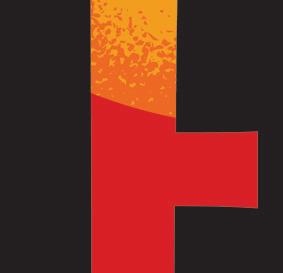
What do you love about teaching? The lasting, positive relationships you have with kids. I had old students from the late ‘90s emailing me to say how awesome it was and how proud they were of me for doing this.

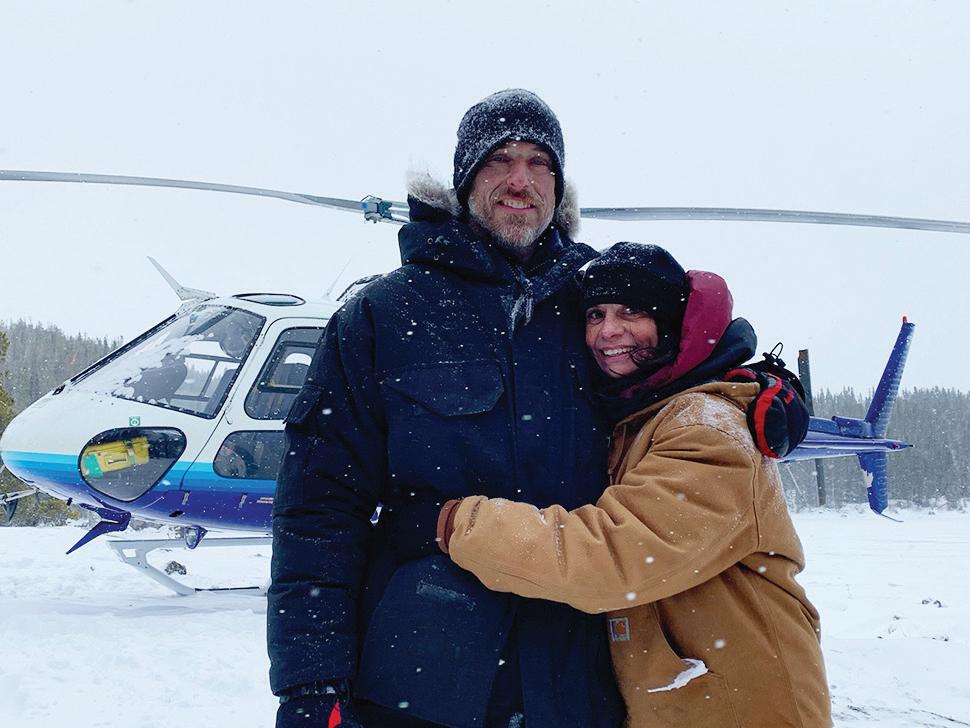
Your story received attention from all over North America. How many interviews have you done? We did a radio station tour one day with 13 or 14 backto-back...maybe 30 total.

You spoke with a U.S. country show syndicated on about 80 stations from Nashville called Big D and Bubba. They noted that Alone was very real and that you’re really out there alone, with your own camera, regular medical checkins, and only daily transmitted signals to the producers that you’re alright. It’s all self-filmed. No BS. No secrets. It’s legit. My first medical check was three weeks in.


Bubba also noted that noted that Alone had “a slow pace, so that you can watch the contestants lose their minds, because they’re by themselves and they’ll just start talking to a tree.” Did you ever feel psychologically or physically unwell? I’m not gonna say it was easy — the lack of food took some getting used to; my body was diminishing. I was eating grouse, squirrel, and shrubs. But it was like a deep cleanse. Psychologically, I just kept grinding. I actually wanted to suffer. Does that sound weird? I wanted to see if I could go all the way. Mentally, I almost had two voices. Almost like Gollum (laughs). One part of me would say, I want to go home. The other said, “Alan, don’t be wimp.” Plus, my brother directed me to mediation. Suffering is usually short term, and if you can push through the discomfort, things improve and you can get better.
You can learn all about Tenta’s Alone adventure and check out his instructional videos on bushcraft, archery, fishing, adventure motorcycling, and other outdoor pursuits, at Tenta Outdoors, on YouTube and Instagram.

 –Darren Davidson
–Darren Davidson























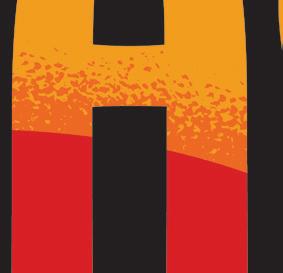
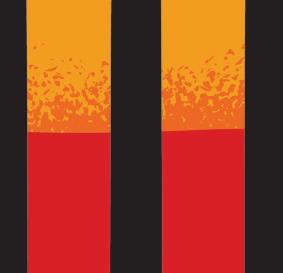



A REAL JAMAICAN VIBE FAMILY DINING . PATIO . CATERING . TAKE OUT (778) 517-5297 | 300 CRANBROOK ST, N . CRANBROOK BC
CELEBRITY
Happy Hans: 1. Hamburglar: 0.
Despite a failed and contentious rezoning application in which jobs, lower taxes, and Grimace lost out to anti-fast food and convenience store sentiments, some civic leaders in Kimberley say new commercial development is inevitable and vital.
Should the golden arches tower in Kimberley? In a recent debate, pitting patties against the people, locals were divided on whether the world’s largest fast food chain, McDonald's, should be kept off the local menu.
Over the last two decades, the City of Kimberley — crowned by CBC in 2022 as BC’s Best Small Town — has been continually excavating its dynamic civic culture. The journey from lead and zinc mining town to tourist destination and outdoor recreation epicenter, and every iteration in between, has seen its fair share of seasons. But what’s remained constant is Kimberley’s small-town charm and the down-to-earth cheer that comes from its close proximity to nature. Like the billboard just outside town
Highway 95A, heading northward into Kimberley and flanked by the Rockies to the East and the St. Mary River running parallel — was rezoned from industrial to commercial, with proposed plans for a gas station, convenience store, retail space, and fast food franchise.
For many locals, the proposal — and particularly its inclusion of a McDonald's: one of approximately 40,000 worldwide locations for the American company valued at nearly $197 billion USD — challenged their ideas of small-town sensibility and how the city should be stewarded.
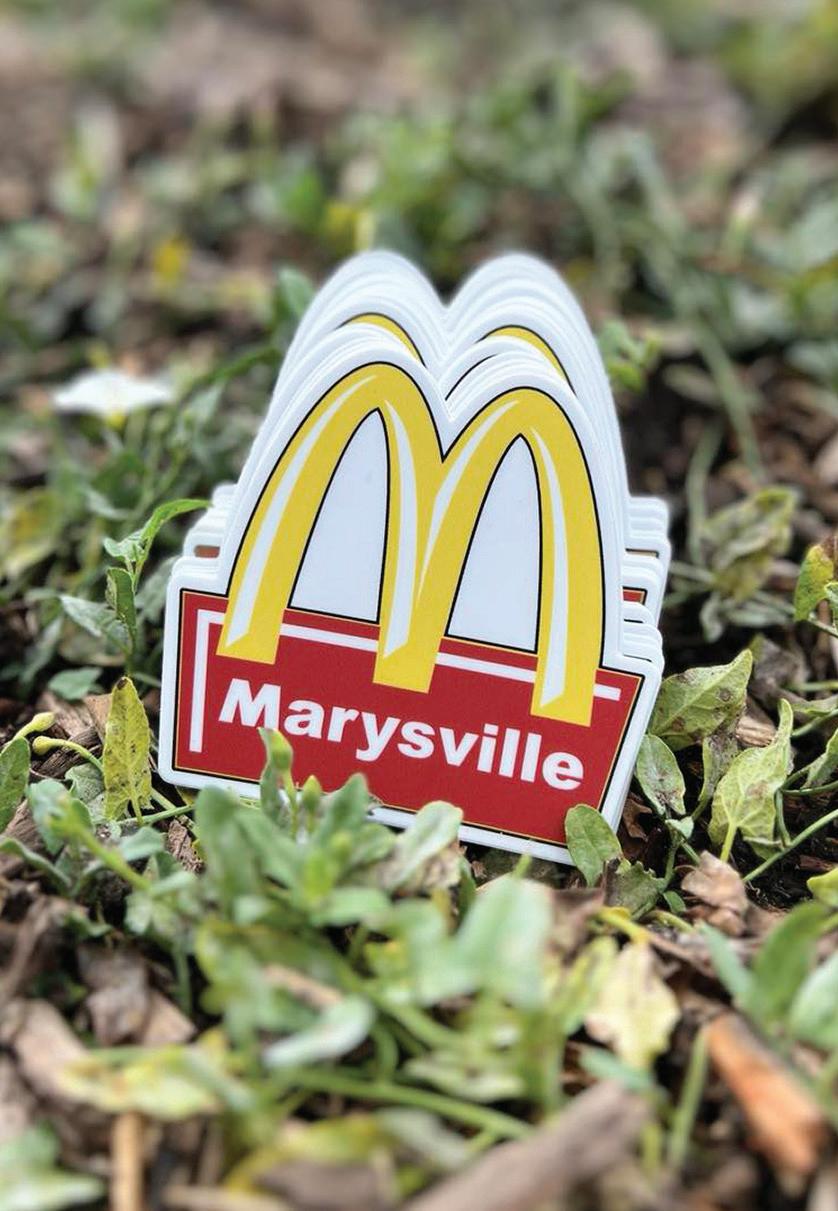
The City Council received petitions and numerous letters denouncing the proposal. Kara Henrie, a newcomer to Kimberley, wrote
Kimberley’s tax base, which currently sees 85.72% of the tax burden borne by homeowners; it would produce dozens of jobs, many for community youth; it would generate over $1.5 million in new payroll to be spent in local shops and businesses; it would keep families needing family-priced food services from travelling to Cranbrook. McCormick’s stance reveals a doubt that businesses won’t invest in a community where Council decides who gets in and who does not.
Like all sizzling civic issues, an arch-high fence divided its residents on whether or not a McDonald’s should move to town. After a six-month debate — including a public hearing where, of the 52 people who spoke, only three were
in the coming years. Councilor Sue Cairns suggests the city should focus on addressing the community’s long-term well-being.
boasts: Kimberley is home to 80 ski runs, 63 golf holes, 42 restaurants, and just one traffic light — making it a pretty special municipality and an undoubtedly good place to be.
But does a McDonald’s fit into Kimberley’s current cultural landscape and the collective vision for its future? Residents and municipal officials alike held differing views.
Recently, a Marysville land parcel — located along
to Council: “Kimberley is proudly not a highway pit stop. Kimberley isn’t on the way to anywhere. People are drawn here for what Kimberley has to offer, not a quick snack and bathroom break on a road trip.”
Among those in favour of the short-order chain setting up shop was Kimberley’s mayor, Don McCormick. On social media, he stated several reasons why he favours the rezoning application: it would diversify
in favour of the rezoning — the council voted down the second reading of the rezoning application, 4 to 3. Councilors Sue Cairns, Woody Maguire, Jason McBain, and Kevin Dunnebacke voted against, while Mayor Don McCormick and Councilors Sandra Roberts and Steve Royer voted for. The rezoning application prompted the discussion of what the focus of Kimberley’s commercial development in general should be
Cairns supports a ‘mixedland use’ approach that encourages the development of commercial, residential, and recreational spaces close together to promote varied transportation such as walking or biking. This model would not support creating a commercial zone, similar to that of the Cranbrook ‘strip.’ “Kimberley is unique,” Cairns says. “We're a city that is human-scaled with wonderful opportunities for social connection. What we have has significant value.”
Others, however, like Mayor McCormick, suggest that commercial development will eventually become inevitable because of the significant tax contribution. During the proposal’s second council reading in July, he stated that since “the current average assessed
value is $426,000 for one single-family home in Kimberley, it would require 50 homes to be built to match the taxes one $8.1-million assessed commercial development would bring in.”
In the years to come, Kimberley will likely continue to grapple with the trade-off between potential economic benefits and preserving its cherished smalltown charm — and striking a balance between the two. Though the light from the golden arches has faded for now, Councilor Cairns was excited by the “thoughtful, respectful, and caring engagement by the community that took place throughout this process.” Her hope is that citizens will maintain their ardent concern and enthusiasm for what’s best for the city, as BC’s Best Small Town continues to evolve.
– Vanessa Pavan
Photo Courtesy of The Choice Skate and Snow
DEVELOPMENT
“ KIMBERLEY ISN’T ON THE WAY TO ANYWHERE. PEOPLE ARE DRAWN HERE FOR WHAT KIMBERLEY HAS TO OFFER — NOT A QUICK SNACK AND BATHROOM BREAK ON A ROAD TRIP.”
GO CRANBERLEY | Summer 2023 15
This Fling’s a Thing
Casey Hanemayer’s disc golf skills have taken the Cranbrook-raised Canadian Champ from Estonia to Thailand. That same prowess could one day bring the world to, wait for it...Wycliffe.
On August 7, Casey Hanemayer won the 2023 Canadian National Championships in Thunder Bay, Ontario — propelling him up the national disc golf rankings and landing him at the top of the Canadian standings for the second time in his career.
This is another feather in Haneymayer’s cap: he has qualified for the Canadian National Championships four times, the U.S. Disc Golf Championships three times, and the World Disc Golf Championships once — with two appearances at the World Team Disc Golf Championship.
To commemorate his most recent performance, the company Prodigy Disc released a Casey Hanemayer signature disc, boasting an illustration of a goggle-wearing grizzly bear, hurtling through space with a rocket-propelled backpack, garnished with a tiny maple leaf at the top.
Not unlike the bear on his namesake disc, Hanemayer has launched to stratospheric heights in his career, having flown internationally for tournament entries in Estonia, Thailand, Croatia, and most recently, Sweden.
“I never thought a sport, let alone disc golf, would have taken me around the world,” Hanemayer says. “It’s definitely been a journey,
and I’m pumped to have the opportunity to use my skills and do what I love.”
With one look at the snowy peaks rising from this section of the Columbia Valley, it’s easy to see how our region turned out internationally-renowned skiers such as Jerry Sorenson and Nick McNutt. But it does beg the question: how did we end up with the nation’s best disc golfer?
As it turns out, Cranbrook has been quietly carving out a spot among Canada’s best and most vibrant disc golf scenes — and the local club boasts a turnout of around forty people at the College of the Rockies course every Tuesday night.
In addition to the course at the college campus, there
though, the trickiest one of them all is the 18-hole course at the Wycliffe Regional Park. “I’ve played a lot of courses now, and every time
In that case, his is masterful: he unleashes a laser-like shot that threads between the two pines and floats easefully toward the basket. It’s a visible culmination of the thousands of hours he’s spent perfecting his throw on difficult and technical courses.
Casey Hanemayer, seen here with Maggie the dog, has competed in the Canadian Nationals, the U.S. Championships, the World Disc Golf Championships, and the World Team Disc Golf Championships. Unfortunately, Maggie had to stay home for most of the competitions.

are three other high-caliber courses in the Kimberley and Cranbrook area: Idlewilde, Wycliffe, and a new course at Moir Park. Farther into the East Kootenays, there are courses in Invermere, Radium, Fernie, Elkford, Sparwood, and Creston as well.
According to Hanemayer
I come back I feel so happy and lucky that we have the Wycliffe course right here,” Hanemayer says, his eyes focused on a narrow gap between two towering pine trees in the middle of the fairway on the sixth hole. “Any shot that makes it between the trees is a good shot,” he says, laughing.
“I believe Wycliffe is the number two course in Canada right now,” Hanemayer explains. “The only other course that’s better in Canada is in PEI.”
It seems safe to say that he’s a product of his environment — and his upbringing. His mother, Jerri Hanemayer, is a long-time golf pro at Mission Hills golf course in Cranbrook, where her son likely picked up his unshakeable focus and un-
wavering belief in his shot. Not only that, but his father, Morris Hanemayer, was instrumental in the building process of the College of the Rockies disc golf course.
“Growing up, whenever we wanted to do a quick activity, he would take us up to the course at the college,” the younger Hanemayer says. “I used to think it would be something I just do for fun, but it’s definitely grown into a passion. I want to make Cranbrook a
SPORTS
16 Summer 2023 | GO CRANBERLE Y
CRANBROOK HAS BEEN QUIETLY CARVING OUT A SPOT AMONG CANADA’S BEST AND MOST VIBRANT DISC GOLF SCENES.


Signature disc — To commemorate his latest National Championship win, Prodigy Disc has released a Casey Hanemayer signature disc. The company, based in Dalton, Georgia, was the first disc golf company to pay their sponsored players a salary, and now sponsors over 150 players. What sort of dough do you get to throw? As of 2021, six-time World Champ Paul McBeth (not a Prodigy athlete) had tallied 135 wins and stacked up $599,583 USD in career earnings.

disc golf mecca and bring big tournaments here.”
One such tournament is already gaining traction: the Kootenay Up and Down, hosted by the East Kootenay Disc Golf Club, takes place September 23 and 24, 2023. The tournament, which has already sold all 144 spots for the fourth consecutive year, utilizes both the college course and the Wycliffe course.
Hanemayer explains that the tournament began as a ‘C’ tiered tournament, but recently made the jump to the ‘B’ tier — and sights are set on an ‘A’ tier classification in the very near future. The higher the tier, the higher the tournament's weight carries in competitors’ national standings.
Hanemayer believes that the Kootenay Up and Down could be just the beginning for the disc golf community in Cranbrook. “There are people here, like myself, who want to see a Canadian National Championship held here,” he says. “With our amazing courses, an unreal club, and a city who is on board, we have a lot of potential.”
It’s clear that Hanemayer is passionate about his local community and the growth of the
sport in the area — evidenced by the many hours he spends chipping in with the local club.
“The sport is growing and I want to help that. You should give back to the sport what it gave to you, and I want to try and do that,” he says.
This year, that looked like spending time at Marysville Elementary School in Kimberley, showing young ones the disc golf basics, which helped him realize that teaching the sport might interest him further down the road.
But for now, Hanemayer will see out the rest of his current season at the BC Provincials, two ‘A’ tier tournaments in Alberta and Saskatchewan, and finally, the U.S. Disc Golf Championships in South Carolina in October.
“I want to play my best golf there, because in my mind I might be reaching my peak,” Hanemayer says. “I want to perform at this level for a long time, but this year I’m feeling the best I’ve ever felt — and I want to keep that rolling.”
– Story + Photos: Jesse Heinrichs
Venture Acceleration Program



Do you have an innovative idea and are looking to launch or grow your business?
We provide personalized, one-on-one mentorship to help you de ne your business model and grow your business.
Our program supports early-stage entrepreneurs working in both traditional tech and other innovative startups!
Connect With the Community

l f t | www.kast.com | info@kast.com
a Tech Meet-up to learn
interesting tech topics and mingle
other local tech workers.
Cranbrook, stay tuned!
an event?
info@kast.com
KOOTENAY ASSOCIATION FOR SCIENCE
TECHNOLOGY
Attend
about
with
Coming soon to
Want to host or volunteer at
Email
to get involved.
AND
SPORTS
18 Summer 2023 | GO CRANBERLE Y
The Honourable Anne Edwards
Anne Edwards was a pillar of the Cranbrook community, contributing her time, philanthropic efforts, and expertise to the government — as both MLA and Cabinet Minister — and to several organizations before her passing late last year in Calgary, Alberta.
environmental approach.”
According to Neve, it was only fitting for her memorial to occur at the Royal Alexander Hall at the Cranbrook History Center this past summer. “Our entire board was extremely grateful and honoured to host Anne’s public memorial,” she says.
connections in the community,” she explains.
Starting as early as 1979, Edwards became a regular contributor to the Cranbrook History Center and other local organizations, and she maintained this generosity until the end of her life.
the forefront of history, and to enhance women’s narratives and representation in their work. “Anne’s donation will go toward making women’s voices heard,” says Neve.
Friends and family remember Edwards, an ardent feminist, as a force to be reckoned with: someone who didn’t falter in the face of adversity. Even after the death of her husband, Mike Edwards, in an aeronautic accident in 1969, she remained dedicated to her professional and philanthropic paths. She blazed a trail in several careers as a journalist, educator, and politician — all while raising four children alone.
Her-power with horsepower — Anne Edwards with former premier Dave Barrett and a new purebred Clydesdale at Fort Steele. In her book Seeking Balance (Caitlin Press, 2008), Edwards interviewed British Columbian women luminaries in provincial and federal politics including twenty-year BC MLA Grace McCarthy, Premier Rita Johnston, Cabinet Minister and Senator Pat Carney, and Prime Minister Kim Campbell.

Minister for Energy Mines and Petroleum Resources from 1991 through 1995, in the Michael Harcourt government.
Edwards also sat on the Columbia Basin Trust board and strongly advocated for preserving the Columbia Basin’s heritage. She was president of the Columbia Basin Institute of Regional History from 2009 to 2014, where she made a $10,000 legacy donation.
Throughout her life, Edwards kept close to her East Kootenay roots, living in Cranbrook from the 1960s until her retirement, when she moved to Moyie Lake.
In her will, she included a legacy donation to the Cranbrook History Centre (CHC) and the Columbia Basin Institute of Regional History (CBIRH) for $10,000 each.
“Edward’s donation will help us to revitalize the entire facility,” says CHC Chief Curator, Honor Neve. “It was seed money for our new community-centered and
Legacy donations like Edwards’ create significant and lasting contributions to pass on for generations and help maintain the health and vibrancy of the arts and heritage sector.
Neve affirms the importance of these donations in the non-profit sector. “They help to secure operating costs and create meaningful
“The CHC opened in 1976, and Ann donated to the historical collections from the 1980s to 2017, bringing in items, books, and photographs periodically. There’s a solid history in the archives,” says Neve.
As part of their objectives, Neve and the Cranbrook History Center are working to bring women’s voices to
Edwards is also remembered for her strong voice and keen intellect: she authored several books, including Seeking Balance: Conversations with BC Women in Politics and Cranbrook: 100 Years of Art and Soul

In 1986, Edward defeated a seated Cabinet Minister as MLA for the Kootenay riding, and became British Columbia’s first female
Anne Edwards will long be remembered as a woman guided by generosity and committed to her principles. Her life left an incredible and lasting mark on the communities she touched, and her legacy is a meaningful contribution to our shared heritage and vibrant future.
– Erin Knutson
Former East Kootenay MLA Anne Edwards: Single mom, community crusader, and political force in an era defined by women in new power.
POLITICS
FRIENDS AND FAMILY REMEMBER EDWARDS, AN ARDENT FEMINIST, AS A FORCE TO BE RECKONED WITH AND SOMEONE WHO DIDN’T FALTER IN THE FACE OF ADVERSITY.
GO CRANBERLEY | Summer 2023 19
PROFESSIONAL, FAMILY-FRIENDLY DENTAL SERVICE




Serving clients in Kimberley and the surrounding communities. We offer a full range of services to sustain your oral health and improve your smile, including routine care and restorative treatments.
SERVICES





* General Dentistry

* Sedation Dentistry

* Orthodontics






* Dental Implants










* Wisdom Teeth
* Crowns & Bridges

* Botox®





Dr. D.
Dr.
90 Wallinger Avenue | 250 427 5366 KIMBERLEYFAMILYDENTAL.COM
Eric Nelson |
Jordan Enns | Dr. Spencer Dunn
ACCEPTING NEW PATIENTS!
Rocky Mountain High Light
The Natanik Solar Project and Canadian Rockies International Airport business park shine a light on economic development opportunities in the new era of reconciliation.

Easy access, great parking, and fewer cancellations than other regional airports — not to mention the breathtaking backdrop of the Rocky Mountains towering beside the runway: there are many reasons that Cranbrook’s Canadian Rockies International Airport is a source of local pride.
And in the coming years, a visionary new development will advance the air-
don’t end there: it’s about green energy, reconciliation, and the power of partnership in producing responsible economic development.
The project has been in the works for several years — with a Memorandum of Understanding, or MOU, first signed between ʔaq̓am and the City of Cranbrook in 2010. The land for the project is comprised of two adjacent parcels: ʔaq̓am has
storage and hydrogen generation and will create jobs during the construction phase as well as some longterm employment opportunities. ʔaq̓am aims to have the solar project ready for the BC Hydro call for power in Spring 2024.
Over the last decade, ʔaq̓am developed and finalized their Community Strategic Plan, Called Ka Kniⱡwitiyaⱡa, or Our
and focused on sustainable economy building since time immemorial,” she explains. “Business and economy-building are tough work, and ʔaq̓amnik’ approach it with perseverance, fun, and a great team.”
port and its surrounding communities even further.
ʔaq̓am Community Enterprises — the Community Development Corporation of ʔaq̓am, a member community of the Ktunaxa Nation — and the City of Cranbrook are working together to bring a new, multi-pronged enterprise to the airport’s surrounding area: a progressive new business park and renewable energy project. The groundbreaking site aims to attract new business to the region, but its priorities
57.3 acres, currently zoned as light industrial, and the City of Cranbrook has 52 acres, currently zoned as aerospace.
The property happens to be located on BC’s sunniest landscape — making the creation of solar power a natural component of the project. The Natanik Solar Project, operated by ʔaq̓am, aims to generate 30 megawatts of power on 46 hectares of land northwest of the airport.
Plans for the solar project also include short-duration
Thinking, which outlines the Band’s processes for reinforcing and expressing their values, enhancing administrative efficiency, and engaging proactively with a flourishing future.
“The Strategic Plan holds the community’s economy in high priority and in direct relationship to many other community-based values, in sustainable and meaningful ways,” says Becky Pelkonen, board chair at ʔaq̓am Community Enterprises.
“The community of ʔaq̓am has been entrepreneurial
The stakeholders in the airport expansion project share several goals for the enterprise, including workforce development and business retention. The business park itself is intended to be net zero, wherein it produces as much energy as it consumes, thanks in large part to the solar project — ideally orienting toward a modern economy and appealing to progressive business owners.
The project also aims to participate in the ongoing process of reconciliation and to operate in response to Action #92 of the 94 Calls to Action outlined in the Truth and Reconciliation Report, which calls for Canada’s corporate sector to involve Indigenous people, and their lands and resources, in operations.
“It’s been so encouraging to see the long-term trust-building start to un-
fold between ʔaq̓am and Cranbrook governments,” says Pelkonen. “This project was the start of various mutually beneficial agreements signed between the two groups and has been the foundation for how respectful dialogue and common interests can be found. These groups working together will only make the entire regional economy stronger.”
Together, the City of Cranbrook and ʔaq̓am are embarking on a path of economic diversity and sustainable development.
The Natanik solar project and accompanying business park can provide a blueprint for others to follow toward impactful, responsible, and respectful economic development.
It’s evidence that when we come together in community, with a shared vision for the region’s economic and cultural well-being, in the sunniest spot in BC, the future looks bright.
– Mike McPhee
BUSINESS
Four corners, two concepts — ʔaq̓am Community Enterprises Board Chair Becky Pelkonen, Ktanaxa elder and board member Marty Williams, ʔaq̓am Community Enterprises General Manager Craig Campbell, and City of Cranbrook Economic Development Officer Darren Brewer. After a memorandum of understanding was signed in 2010, a solar power and hydrogen generation project slated for a 57-acre parcel near the airport could be power-ready by Spring 2024. Photo by Mike McPhee.
IT’S ABOUT GREEN ENERGY, RECONCILIATION, AND THE POWER OF PARTNERSHIP IN PRODUCING RESPONSIBLE ECONOMIC DEVELOPMENT.
GO CRANBERLEY | Summer 2023 21
Elk Huntin’
—
Unlike the middle and lower Elk River (above), which lures paddlers from around the continent, the whitewater sections of the St. Mary River see compartively few kayakers. Is it something in the water? Nope. But it might be something in the air.

Up You-know-what Creek. But with a paddle.
Well-supported 20 years ago, the Kimberley kayaking scene isn’t what it once was. But it could be.
It’s not hard to find the take-out spot on the whitewater section of the St. Mary River. Its pungent smell, on a thirty-degree day, could burn the hairs clean out of your nostrils. The end of the run is marked by a sign with bold lettering: Warning: submerged effluent pipe.
That sign marks the end of the whitewater but is only the beginning of a take-out process that rivals the worst of them.
The whitewater stretch of the St. Mary River is called “Matthew to Poo” by local paddlers, because it starts just below the Matthew Creek confluence and ends at the City of Kimberley’s wastewater treatment centre.
The term “poo plant shuffle” refers to a trail that follows the perimeter of the wastewater facility and then
climbs up a grueling and rocky hill before popping out at the base of Marysville Falls.
While slogging through the scramble on a summer day, sometimes a soft breeze will waft up the hill and fill your laboured lungs with a stench so potent it tingles your taste buds. Your discomfort is not particularly eased by the fact you’re lugging a fifty-pound kayak over 150 metres, on a steep incline.
The poo plant shuffle, miserable on the best of days, is perhaps just one part of the multifaceted reasoning why Kimberley and Cranbrook can’t seem to support the vibrant and dedicated paddling community it did twenty years ago, despite having quality whitewater in nearly every surrounding drainage.
Craig Campbell and Russ Peebles, longtime friends and paddling partners, remember a time when the whitewater scene was very much alive — a time access was easy, and kayakers could drive directly to the old pump house: a take-out
cal rafting outfit, Kootenay Raft Co.
“What ended up happening was that the barrier of entry to the sport grew, so anyone who did it recreationally just petered off, because the only other option was the poo plant
In the early 2000s, prior to losing that river access, there was a strong community of people who would meet every Wednesday night.
“During crappy weather, we’d have five to six people show up, but on nice days
THE WHITEWATER STRETCH OF THE ST. MARY RIVER IS CALLED “MATTHEW TO POO” BY LOCAL PADDLERS, BECAUSE IT STARTS JUST BELOW THE MATTHEW CREEK CONFLUENCE AND ENDS AT THE CITY OF KIMBERLEY’S WASTEWATER TREATMENT CENTRE.
location situated upstream of the wastewater facility, used by commercial fishing and rafting companies.
“When Cominco shut down in 2001, the road we used was gated and locked and nobody had access to that spot anymore,” says Campbell, owner of the lo-
shuffle,” Campbell explains.
Russ Peebles agrees. “It’s no secret to most of us that what killed the community was losing access to the pump house,” he says. “Before, you could drive your vehicle right to the river and have a really nice place to hang out.”
there could be anywhere from twelve to fifteen paddlers,” Peebles says.
These days, it is rare to see more than a small handful of people paddling the St. Mary’s on a warm summer evening despite Kimberley and Cranbrook having a rich and exciting history of
ADVENTURE
Photo: Adelaine Bertoni.
22 Summer 2023 | GO CRANBERLE Y
whitewater kayaking.
Rob Porter, owner of Just Liquid Sports in Cranbrook, is the first and only person to run Bull River falls in a whitewater kayak, and has the first descent of Moyie falls, a stunning waterfall near Lumberton.
In 2012, World Whitewater Championship winner Evan Garcia, and the late, great Peter Thompson became the first people to run Marysville Falls in a whitewater kayak — suddenly putting Marysville on the international kayaking stage.
Despite this storied history, both Campbell and Peebles have noticed less local interest in the sport in recent history, likely because, aside from the St. Mary, most rivers in
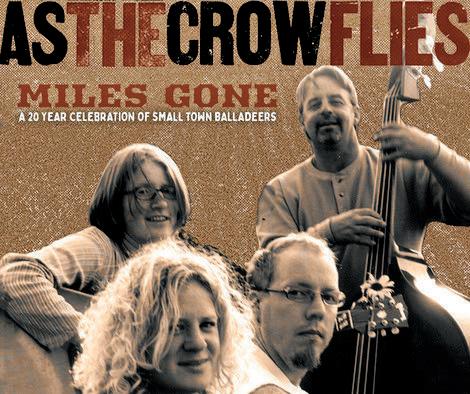


the area aren’t well-suited to beginners.

“In Cranbrook and Kimberley, the number one place to learn how to whitewater kayak is the St. Mary River,” says Peebles. “Our other rivers have better access, but you have to get past that entry level before attempting them.”
However, Campbell says that the community’s problem extends beyond the lack of proper access.
“Another big impediment is that there has never been an organized group of paddlers that create a non-profit society, with a board of directors and insurance, which can then seek the funds to build proper access and a take-out area,” Campbell says.

He points to the Kim-
berley Trails Society as an example of how a locally operated non-profit group can lobby for funding for infrastructure projects, pointing to the trail-building done at Bootleg Mountain and in the Nature Park since the society’s inception in 2009.
There is strength in numbers, and perhaps if the paddling and angling communities could coordinate an alliance, they would be a hard advocacy group to ignore.
“The problem for river anglers,” Campbell explains, “is that their product is predicated on barriers to entry, and they don’t necessarily want more people on the river because it can put more pressure on the product.”
For kayakers, on the


other hand, whitewater is an unlimited resource that is nearly impossible to oversaturate.
The St. Mary River won’t ever be the ecotourism driver that the Elk River is to Fernie or have the waterfront property potential that the Columbia River does near Invermere, but it could be another addition to the local economy, incentivizing people with one more reason to find accommodation near the ski hill or at the Kimberley Riverside Campground.
A new access point would not only help restore the local whitewater scene but would also draw paddlers coming from Calgary who usually only stop at the Bull, Elk, and Kicking Horse rivers on their East
Kootenay adventures.
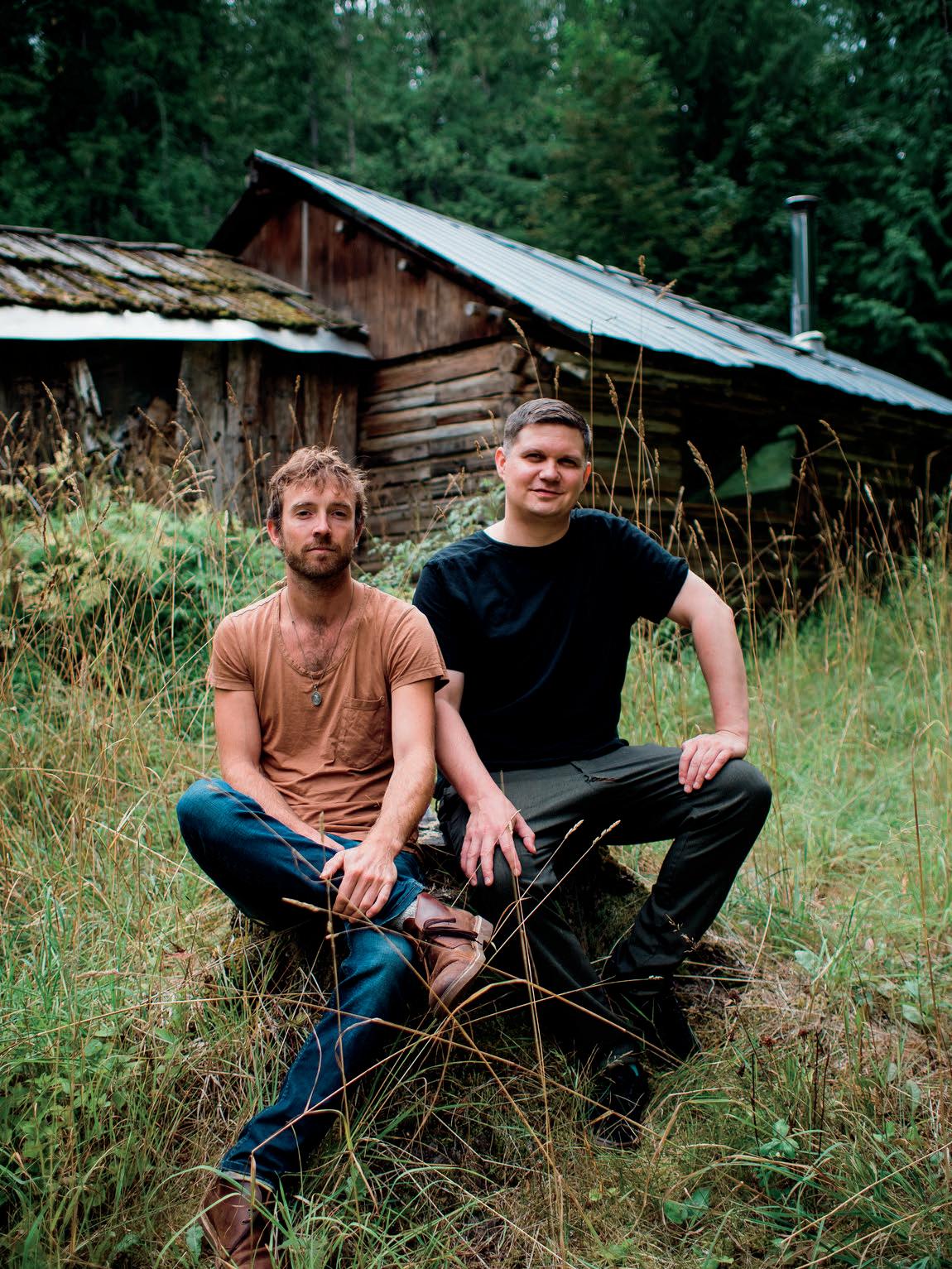
There’s much to look forward to when imagining what a more solidified and enthusiastic whitewater kayaking community could look like on the beautiful St. Mary River. And though it has yet to gain momentum, with the contagious commitment and enthusiasm of local paddlers, it’s sure to make a splash.
Interested in getting more involved with local kayaking, the St. Mary’s paddle night, or finding paddling partners? E-mail jesse@kootenaymedia.ca.
– Jesse Heinrichs

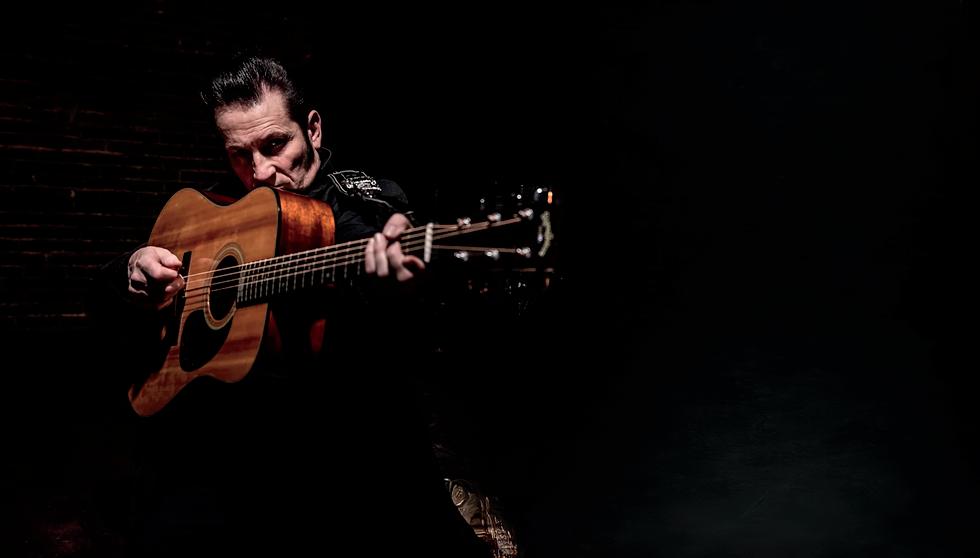

Get your tickets at keycitytheatre.com Get your tickets at keycitytheatre.com 20 - 14th Avenue N, Cranbrook, BC. V1C 6H 20 - 14th Avenue N, Cranbrook, BC. V1C 6H September 23, 2023
River October 1, 2023 November 18 November 18 TIM HICKS OCTOBER 26 CASTING OFF DISARMING, HILARIOUS CIRCUS NOVEMBER 5 OCTOBER 10 MIDDLE RAGED: A HILARIOUS SKIT ABOUT GROWING UP NOVEMBER 23 MOONTRICKS NOVEMBER 30 AS THE CROW FLIES NOVEMBER 10 Experience the best live entertainment in the East Kootenays! TICKETS AT KEYCITYTHEATRE.COM 20-14TH AVENUE NORTH, CRANBROOK, BC V1C 6H4 September
2023
Big River October 1, 2023
18 November 18 TIM HICKS OCTOBER 26 CASTING OFF DISARMING, HILARIOUS CIRCUS NOVEMBER 5 O MIDDLE RAGED: A HILARIOUS GROWING NOVEMBER MOONTRICKS AS THE CROW FLIES OUR FALL LINE-UP: ADVENTURE
Johnny Cash Tribute: David James & Big
23,
Johnny Cash Tribute: David James &
November
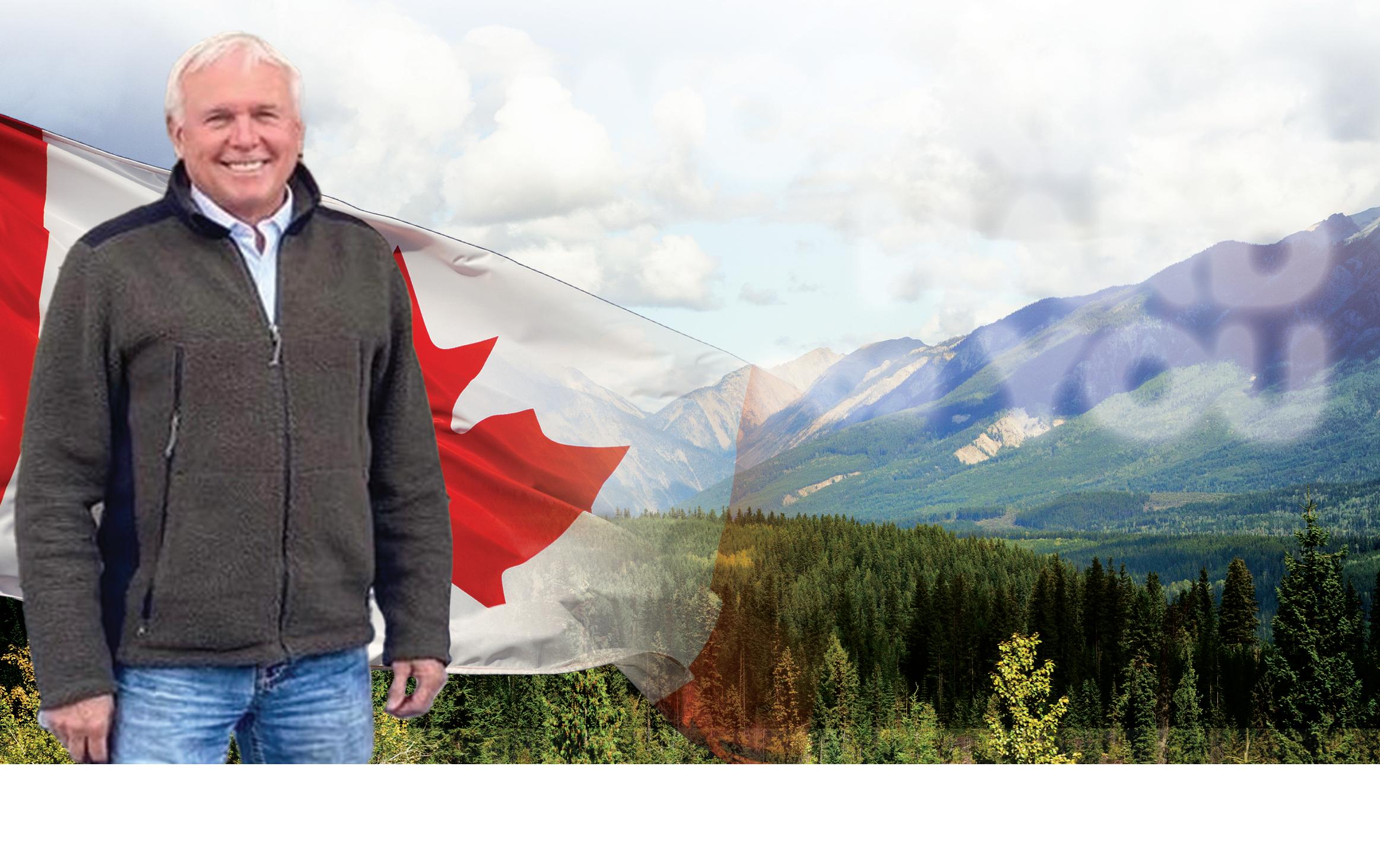



The bank for Canadian entrepreneurs Cranbrook Business Centre Michelle Kleindienst, Senior Account Manager michelle.kleindienst@bdc.ca bdc.ca 1-888-INFO-BDC Keep moving your business forward with our flexible financing solutions and expert advisory services.
NOTHING
GETS ME IN THE HALL O WEEN SPIRIT LIKE A PUMPKIN SPICE LATTE.
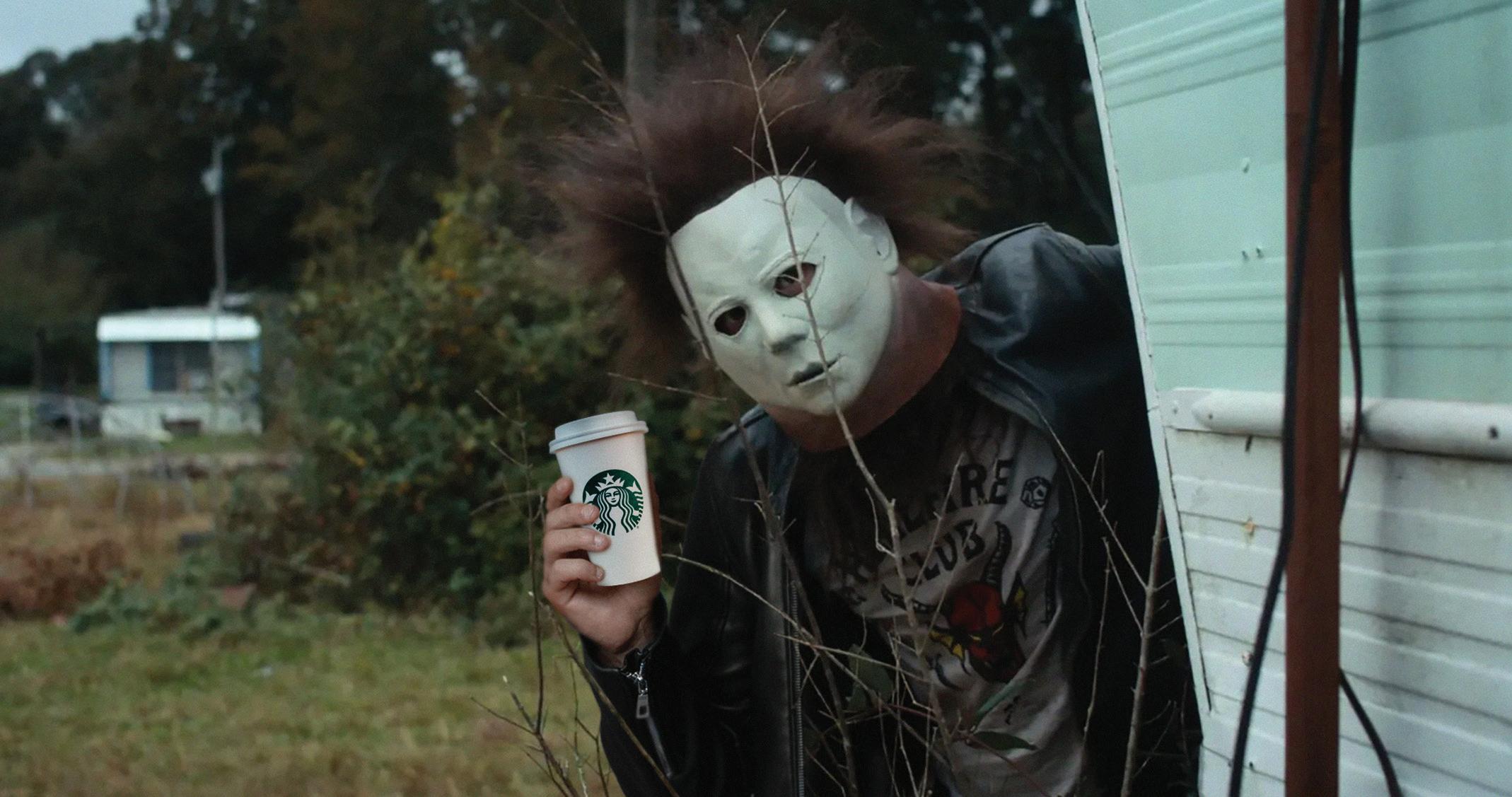
Spice, Spice, Baby.
2023 marks the 20th anniversary of the Pumpkin Spice Latte. It seems hard to remember a world before the iconic drink. “In my day, pumpkins went in pies and we drank hot apple cider,” I reminisce to some youths, who look at me like I’m forty years older than I really am. They don’t know that twenty years ago nothing ‘pumpkin’ really existed in the marketplace. “Sure grandma, let’s get you to bed,” they say, like in the meme, hearing only the geriatric in the label geriatric millennial.
Love it or hate it, nowadays you simply cannot escape the Pumpkin Spice Latte — or PSL for short. Perhaps it should actually be commended for making it this far. On market surveys made before the drink’s release, it polled about as popular as Pierre Trudeau at an anti-vax meet-up. People didn’t want pumpkin, or so they claimed. They wanted
Sporty, Posh, Ginger, Baby, Scary, and... Pumpkin. Why, Gods of Autumn? Why?
chocolate and caramel.
(Turns out the people didn’t need to worry, because they weren’t actually getting pumpkin in the beginning anyway. Pumpkin Spice Latte meant a latte made with the spices from a pumpkin pie: cinnamon, ginger, nutmeg, clove — but no pumpkin included. It wasn’t until 2015 that actual pumpkin puree was added to the drink.)
Originally launched in Vancouver, BC, the pumpkin spice latte exploded in popularity — but also received incredible cultural backlash. Pumpkin Spice became more than a flavour, it was a lifestyle, and that lifestyle was a target of ridicule. The Ashleighs and the Kayleighs and the Britanneighs of the Pumpkin Spice posse were labeled “basic,” mocked, and sneered at, but even such relentless bullying was no match for the PSL. (Incred-
ible to remember that the Pumpkin Spice Latte actually predates Instagram. It seems almost as if Instagram was invented solely to document dear Brittaneigh’s
to attain Pumpkin Spice Enlightenment?
No one could have predicted the staying power of the Pumpkin Spice Latte; in fact, many trend predictors
that keeps it in demand. But what if it’s even simpler than that? Maybe people just need more pumpkin in their lives. The pie simply wasn’t enough. Pumpkins
PUMPKIN SPICE BECAME MORE THAN A FLAVOUR, IT WAS A LIFESTYLE, AND THAT LIFESTYLE WAS A TARGET OF RIDICULE.
visit to her local pumpkin patch, PSL in hand.)
Even in the face of its bullies and detractors, the Pumpkin Spice Latte remained unbothered, moisturized, and in its own lane. It paid no mind to the haters and sold over 350 million cups by 2018. Eventually, the haters became imitators, and everyone tried to jump on the Pumpkin Spice bandwagon: scented candles, cereal, candy, cookies, tea, and even pasta sauce. And of course dog treats; how could any self respecting Ashleigh or Kayleigh or Brittaneigh deny her pooch the chance
continually tried to forecast its downfall. Yet no matter how much they insisted that Maple Flavour was poised to overtake Pumpkin Spice, Maple Flavour remained in the wings while Pumpkin Spice took centre stage each and every fall.
Many people are obsessed with explaining the why: why do we love Pumpkin Spice? Some claim this powerful scent triggers familiar, cozy memories and that our desire for
Pumpkin Spice is rooted in nostalgia. Some claim it’s the limited availability of the Pumpkin Spice Latte
are a good-looking vegetable. Orange is a great colour. The word ‘pumpkin’ is fun to say.
Whether you’re a lover or a hater, the Pumpkin Spice Latte seems to be the flavour of destiny. If you are a lover, I wish you a happy Pumpkin Spice Latte season. If you are a hater, well, Maple Flavour is still waiting in the wings, hoping for the perfect opportunity to push Pumpkin Spice down a flight of stairs.
–Sarah Stupar
YOU FUNNY
GO CRANBERLEY | Summer 2023 25
THE RINK. THE GOAL. THE CELLY. THE SHOW. FOR GALS AND GOONS ALIKE, SOME OF THE HOCKEY WORLD’S MOST REMARKABLE DREAMS HAVE BEEN BORN FROM THE EAST KOOTENAY, WITH MORE JUST BEGINNING.
 W: KEVIN BROOKER
W: KEVIN BROOKER
FROM FELL TO THE ‘CHEL.
TOP: The eight-to-ten-year-old crew fly at it at this past August’s Hockey in the Rockies camp. Photo: Jesse Heinrichs. BELOW: Cranbrook kid-turned-NHLer Bowen Byram. Selected fourth overall by the Colorado Avalanche in 2019, the 22-year-old defenseman was part of the Avs 2022 Stanley Cup win. He brought the sacred chalice home later that summer, for friends and family, including dad Shawn Byram, who played in the Islanders and Blackhawks organizations in the ‘80s, before eight pro seasons in Europe and the UK. Photo: Colorado Avalanche.

That’s because this is Cranbrook, where hockey season never ends. A slight nip in the air last night has only whet the players’ relentless appetites.
Inside Western Financial Arena, a few dozen parents are enjoying the world’s best air conditioning while their kids scrimmage as part of Hockey in the Rockies, a six-day development camp for boys and girls aged five through fourteen. One proud visitor from Manitoba has watched his grandson play every day.
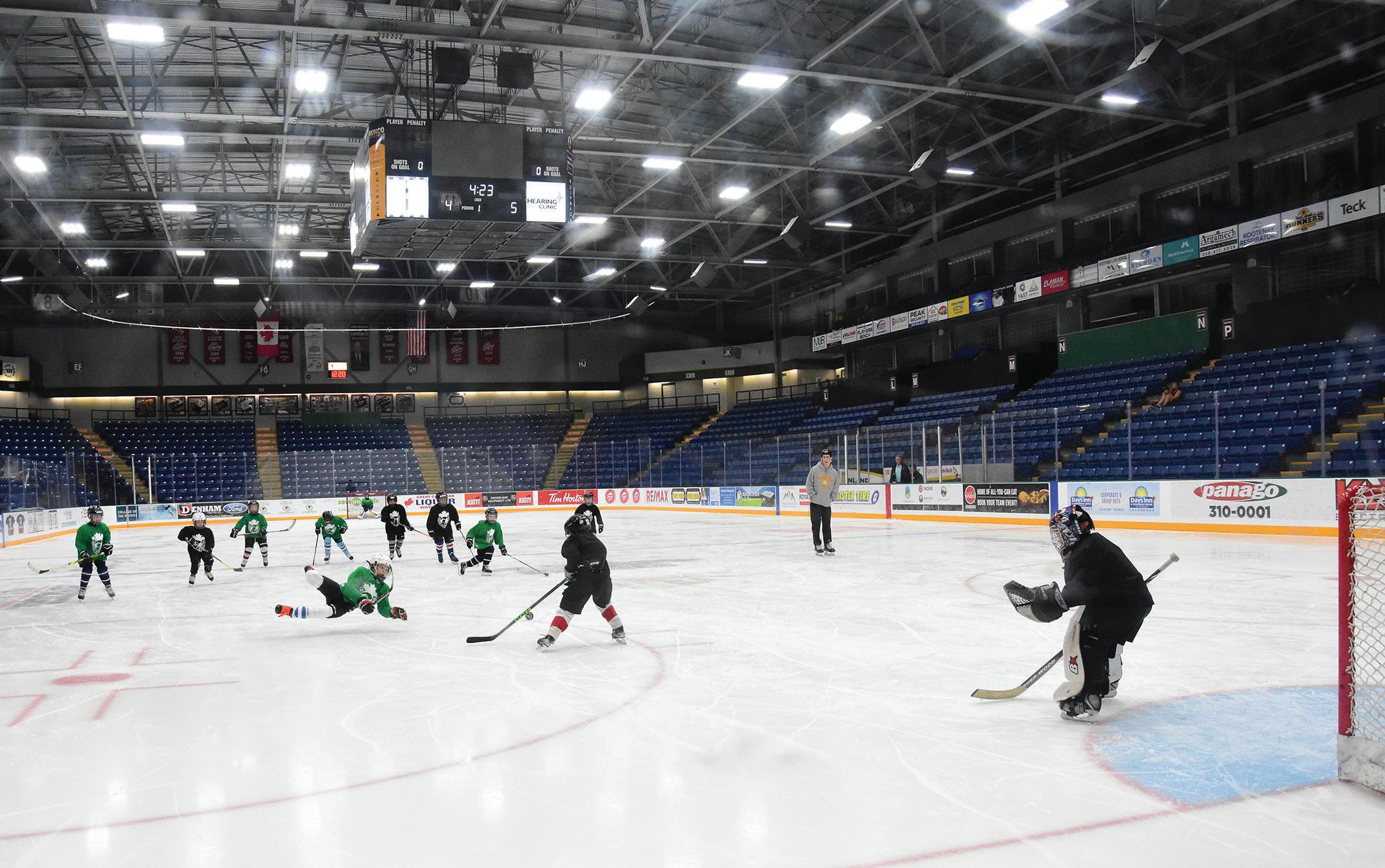
Overlooking it all is camp founder Don Murdoch, an NHL legend, even if none of his students — or even their parents — ever saw him play. Drafted seventh overall by the New York Rangers in 1976, Murdoch played wing to centreman Phil Esposito and once scored five goals in a single game as a rookie, a record that still stands. Later he
coached at various levels and was the longtime head scout for the Tampa Bay Lightning.
“I always knew that one day I’d come back to God’s country,” says Murdoch, who returned a decade ago to Cranbrook, the city where he was born and raised.
“Our dad didn’t know much about hockey,” he recalls, referencing his late father Bob who also played in the NHL, “but he sure knew how to make a backyard rink. It even had lights.” There, long before cushy indoor arenas, inclusivity, or even helmets, the Murdochs chased a dream that a staggering number of Kootenay families have actually achieved.
“When Hockey Day in Canada came to Cranbrook in 2017,” recalls Murdoch, “Ron MacLean said he thought that, pound for pound, this area has sent
more players to the NHL than any similarly-sized place in Canada.” As for the modern tradition of Stanley Cup-winning players taking the cherished trophy to their hometowns, Murdoch notes that, “we’ve had it here at least seven or eight times.” This includes the likes of local superstars Rob and Scott Niedermayer, the latter of whom won it four times and is one of the most decorated players in NHL history. Most recently, the Cup was brought to town by Bowen Byram of the Colorado Avalanche, who accomplished the feat at just 21-years of age. These are just a few of the several dozen local lads who made it to the show, including Calgary Flames head coach Ryan Huska, a three-time winner of junior hockey’s Memorial Cup, and the great Steve Yzerman, who first suited up in the old Cranbrook Arena.
A GREAT DAY FOR HOCKEY.
IT’S EARLY AUGUST AND 27 DEGREES OUTSIDE:
GO CRANBERLEY | Summer 2023 27
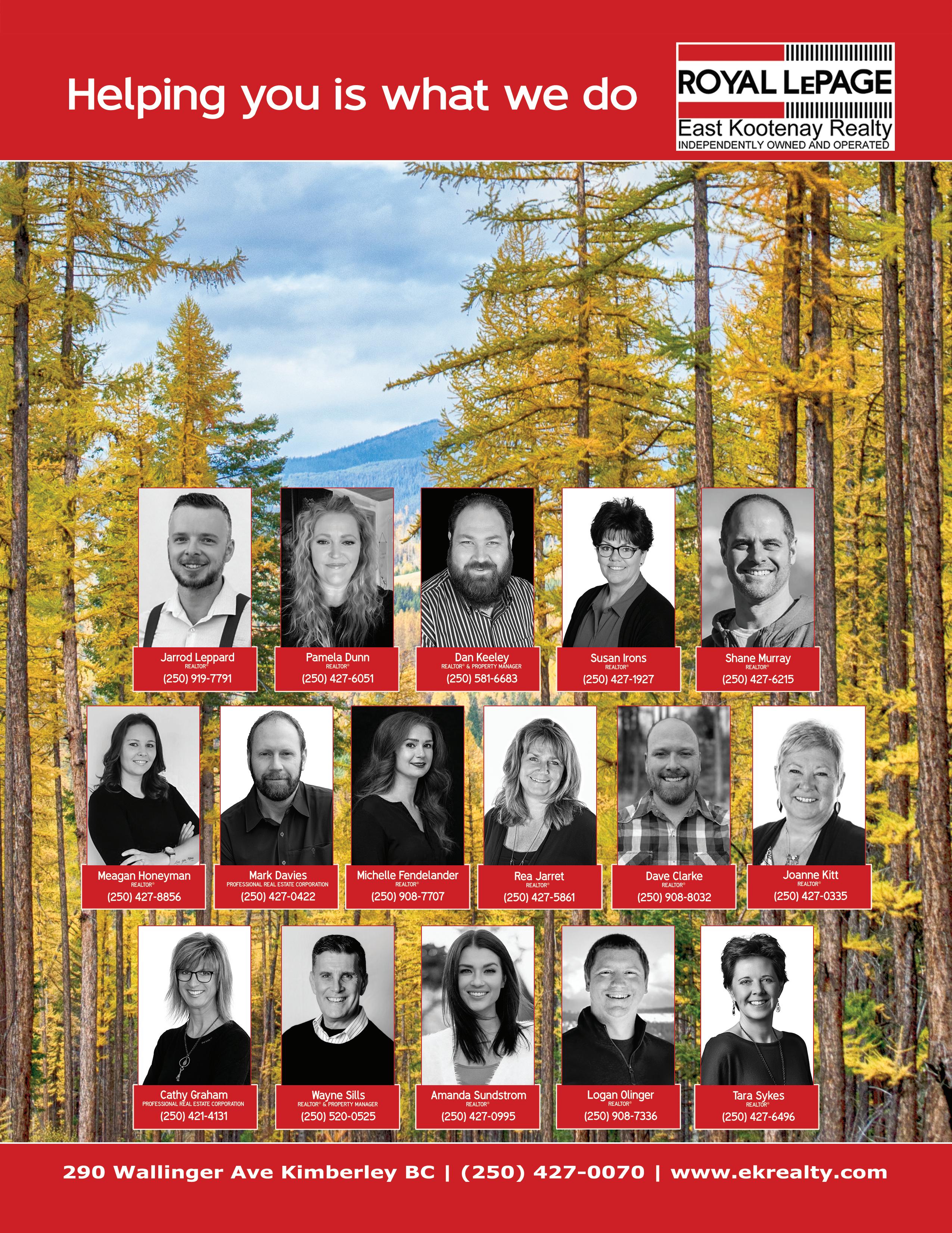
28 Summer 2023 | GO CRANBERLE Y
With all those role models, it’s easy to see why the boys down on the ice today play at a level far above their age. Their knee-down, fist-up goal celebrations — or “cellies” as the kids like to say — are YouTube-honed to perfection. But even more surprising is a trio of ponytailed girls whose powerful skating and skilled stick-handling keep them at the heart of the action. “Those are the Morrison triplets,” explains Murdoch. “They’re the future.”
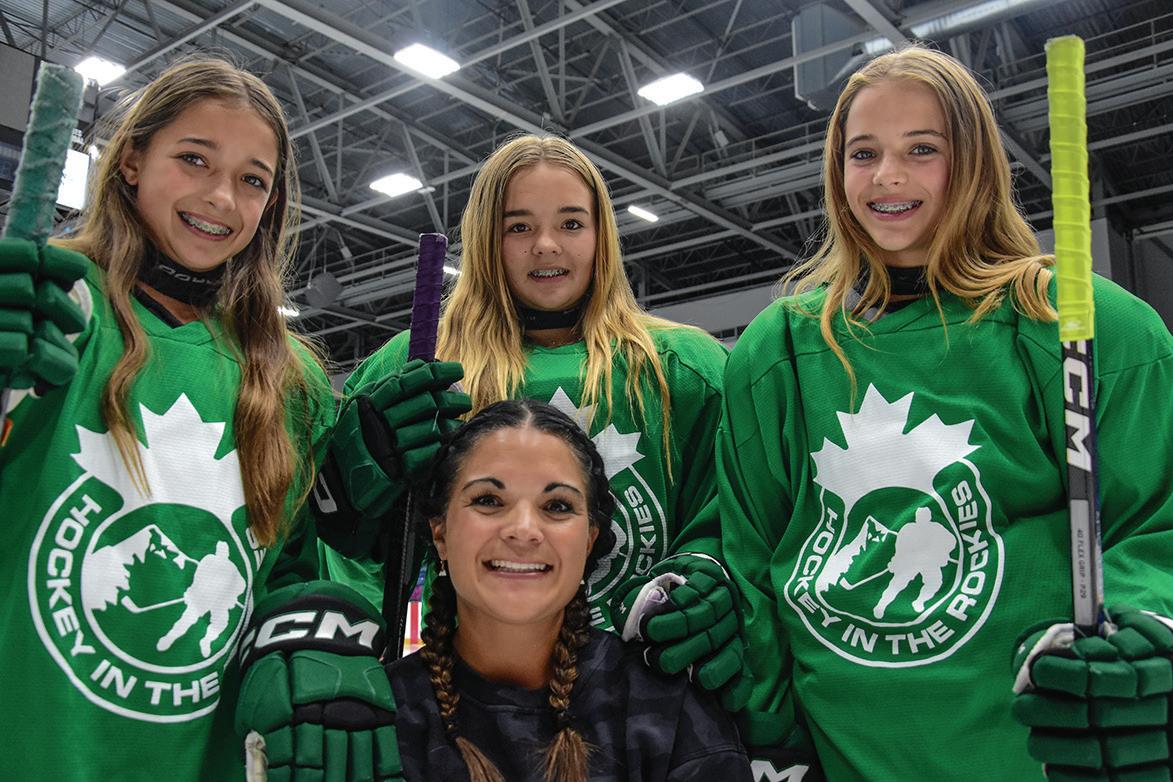

To say that girls’ hockey is a work in progress is simply a fact, but the progress in this community is impressive so far. Randi-Lynn Morrison knows all about it. As a gifted young player, she pioneered what girls around here now dream of doing: playing at a U.S. college — in her case, a four-year stint with New York’s Plattsburgh State Cardinals.
Back home, Morrison is now a schoolteacher, as well as a key organizer in the Cranbrook Minor Hockey Association and

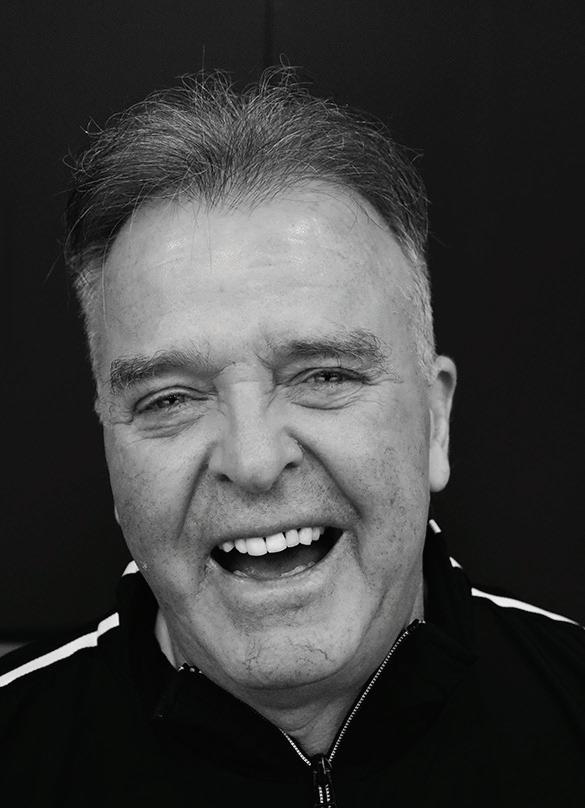
the coach of the female U-15 Bucks: a squad that didn’t even exist five years ago. “We’re lucky these days,” says Morrison. “We get to play super-competitive games in the Rocky Mountain Female Hockey League with a bunch of really good Alberta teams.” This season her fraternal 13-year-old triplet daughters, Charlie, Quinn, and Morgan will be trying out, and if today’s performance against bigger, older boys is any indication, they can expect to make the cut.

SO YOU WANT TO BE A PRO?
“Too many f’n sweaters, man.” That’s how 27-year-old Cranbrook native Dryden Hunt characterizes his journey, especially last year when he wore five different ones. The good news: they included the NHL’s Rangers, Avalanche, and Maple Leafs. The bad: the last two were the minor-league Toronto Marlies and the Flames-affiliate Calgary Wranglers. Yet Hunt’s no scrub. Though undrafted at 18, he went on to score 58 goals and earn WHL Player of the Year in his final junior season. Since then, he’s played over 200 NHL games alongside stars like Artemi Panarin and earned well into seven figures along the way, far from chump change. Last summer he got married to a Calgary girl and was two-way-contracted through 2025 with the Flames, and is nothing but grateful. Who knows — Flames star Jonathan Huberdeau is said to prefer a left-shot right-winger, and Hunt fills the bill. They even played together in Florida. Meanwhile he’s an expert at positivity. “You try not to complain about anything, so you just grind. And stay ready.”


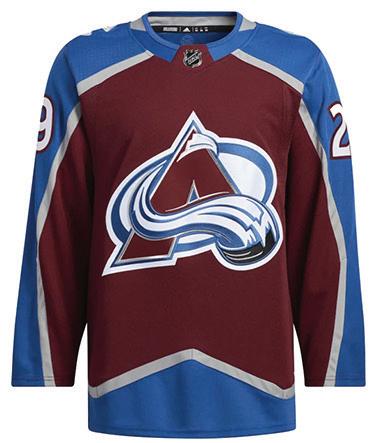
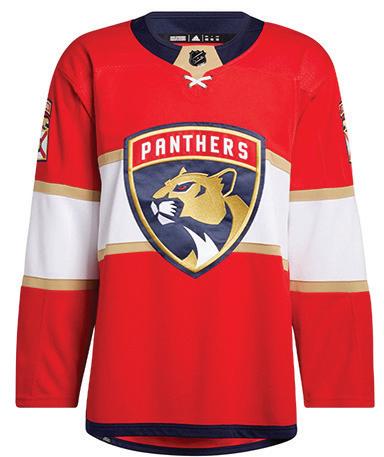
OLD DON, NEW DAWN

GO CRANBERLEY | Summer 2023 29
Hockey in the Rockies camp founder and former NHLer Don Murdoch, drafted in 1978 by the New York Rangers. Cranbrook women’s hockey volunteer and organizer Randi-Lynn Morrison, along with her triplets, from left, Quinn, Morgan, and Charlie. Photos: Jesse Heinrichs.
Asked what their goals are, the sisters show no hesitation: “We want to play D-1,” they chime in together. That means Division 1 NCAA hockey, preferably with a full-ride scholarship and the finest facilities in the hockey universe. “We want to be like Jaimee Spring.”
Ah, the Springs. You can’t talk about Cranbrook hockey without mentioning its first family, whose many stars appear on the seemingly endless Wall of Fame lining the arena’s upper mezzanine. Jaimee, who’s been helping with the summer camp, is from the 2005 vintage — hockey players being like horses in that they’re all deemed born on the first of January. Her dad Corey, like other Springs before him, had a long professional career, including a stop with the Tampa Bay Lightning.


Jaimee is getting ready for her own freshman season on the highly regarded hockey program at Colgate University in upstate New York, a school which is known as one of the “Little Ivies.” Pressed for her self-assessment, the talented defender shows the kind of confidence one needs to succeed in this game and at that level. “I’m a strong skater. I think I’m a smart player. And my shot is harder than my brother’s. Just ask him.” Beyond that, she’s dead set on playing profes-
sionally and hopes that by that point the currently fractious world of the women’s pro game will have been unified. Like much else in women’s hockey, only time will tell.
With the day’s camp activities over, the action swings a block over to the Kinsmen Arena, where tables are piled high with used hockey gear waiting to find the next generation. It’s the annual pre-season equipment swap, and it offers one of the few ways to save money in what is an otherwise expensive sport. At Jaimee Spring’s level, for example, sticks alone cost $400, so it’s a steal if a parent can outfit a kid top-to-toe for $200.
To no local’s surprise, Bobby-Jo Hekob is running the show at Kinsmen. She was an ordinary Cranbrook hockey mom at one time, but that changed about five years ago as her kids approached adulthood. Now, she’s like a Super Hockey Mom who, alongside Randi-Lynn Morrison and a host of other volunteers, has made it her mission to create a welcoming and nurturing environment for young girls in a sport that simply doesn’t hold the same immediate appeal as it does for boys.
“I’m not technically a hockey coach,” says the modest Hekob. “I consider myself a development cheerleader.” One thing
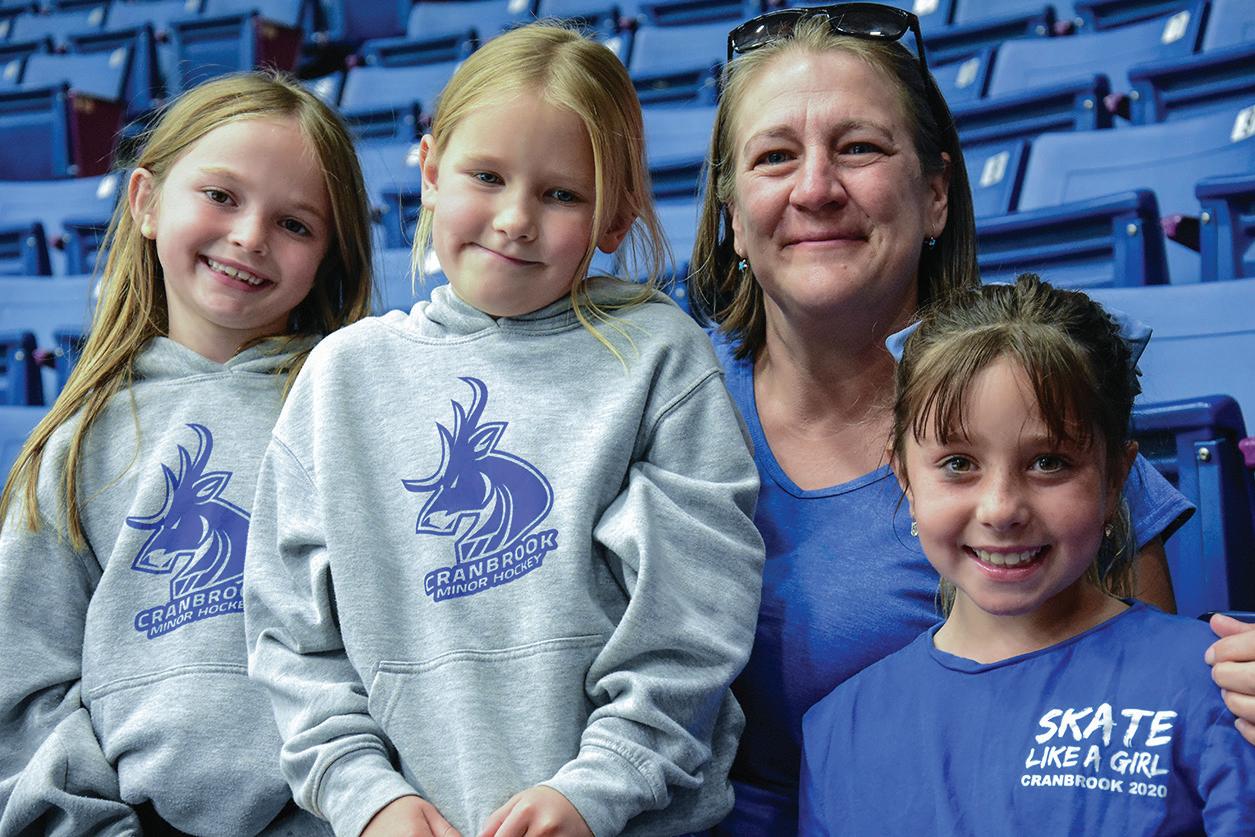 MORE SPRINGS THAN A MATTRESS
Clockwise from top left: Cranbrook’s Jaimee Spring, signed to the NCAA Division I Colgate Raiders hockey program this fall. She’s seen here alongside her dad Corey’s jersey from his time with the Tampa Bay Lightning. Jaimee’s grandfather, Frank Spring, played with teams including the St. Louis Blues, Boston Bruins, California Golden Seals, Cleveland Barons, and Indianapolis Racers, 61 NHL games in all. Cranbrook Minor Hockey head of Female Development and coach Bobby-Jo Hekob, who says girls want more than a team and lots of ice time. “They really require a different approach,” she says, “that’s camaraderie-first.” Photos: Jesse Heinrichs.
MORE SPRINGS THAN A MATTRESS
Clockwise from top left: Cranbrook’s Jaimee Spring, signed to the NCAA Division I Colgate Raiders hockey program this fall. She’s seen here alongside her dad Corey’s jersey from his time with the Tampa Bay Lightning. Jaimee’s grandfather, Frank Spring, played with teams including the St. Louis Blues, Boston Bruins, California Golden Seals, Cleveland Barons, and Indianapolis Racers, 61 NHL games in all. Cranbrook Minor Hockey head of Female Development and coach Bobby-Jo Hekob, who says girls want more than a team and lots of ice time. “They really require a different approach,” she says, “that’s camaraderie-first.” Photos: Jesse Heinrichs.
30 Summer 2023 | GO CRANBERLE Y
TO SAY THAT GIRLS’ HOCKEY IS A WORK IN PROGRESS IS SIMPLY A FACT, BUT THE PROGRESS IN THIS COMMUNITY IS IMPRESSIVE SO FAR.
LOVE THE K-I, EH?
From ponds to multi-million-dollar palaces, there’s been hockey played on this side of the Rockies for over a century. The Kootenay International Junior Hockey League started in 1966 and by ’78 included the Cranbrook Colts, Kimberley Knights, and teams from Creston, the Columbia Valley, and Fernie, too.

COLUMBIA VALLEY ROCKIES
The Columbia Valley Rockies were all about Eddie Mountain, according to veteran Invermere news n’ sports scribe Ian Cobb. “He started it and was it’s heart and soul up until his death.” Cobb, editor of The Valley Echo, says Eddie would “scratch and scrimp to ice a team, and often paid for team meals and accommodations with his own credit card.” Under the direction of future NHL team skipper Tom Renney, the Rockies were league champs for three straight seasons in the late ‘80s, and winners of the Cyclone Taylor BC Junior B Crown in ’89. Renney would go on to coach the Kamloops Blazers, Canucks, Rangers, and Oilers, and was Hockey Canada’s CEO for eight years ending in 2022.
CRESTON VALLEY THUNDER CATS

The Thunder Cats play in an arena named after legendary Boston Bruins’ defenceman Johnny Bucyk — noted in 2017 as one of the NHL’s greatest 100 players of all time. Bucyk’s wife hailed from Creston, where the couple lived in the late ‘60s and early ‘70s. While the ‘Cats have yet to win a league championship since joining the KI in 2000, Creston did win a bronze when they hosted the 2017 Cyclone Taylor Cup. The franchise has had some great players, including D-man Jake Livingstone, who made his NHL debut at the end of last season with the Nashville Predators. A noteworthy fact: in 2013, the Thunder Cats and Creston’s Lower Kootenay Band teamed up on a third jersey designed in a First Nations artistic style, with Yaqan Nukiy — the Indigenous name of the band — above the crest. Ironically, in a time long before reconciliation, a Boston sportswriter gave Bucyk a nickname he carried his entire career, believing the rugged, dark-skinned blue liner was of Indigenous descent. Bucyk was in fact Ukrainian.
FERNIE GHOSTRIDERS

Feared by opponents for packed houses, ultra-rowdy fans (many of them powder-and-pint seekers in town for the winter), and maybe even the spooky mountainside shadow namesake that appears on nearby Mount Hosmer during sunny afternoons, the Fernie Ghostriders have made history a few times. They were in fact champs in ‘Merica before Canada, when they won the old Rocky Mountain Junior Hockey League and ended up U.S. Junior National bronze medal winners in 2002. Only three years after joining the KIJHL in 2004, The ‘Riders won the league in back-to-back seasons. Not as joyously, the Ghostriders were on the losing end of a rare reverse sweep last season, blowing a three-games-to-none playoff lead over the Kimberley Dynamiters. According to nhl.com, over 114 years, 190 teams have trailed in a playoff series by three games to zero. Only four have come back.
NEW EVENTS & WORKSHOPS
First Saturdays Festival
October 7
Shasta McCoy
Solo Art Exhibition
August 24 - September 20
Jenny Steenkamp
Solo Art Exhibition
September 21 - October 18
Movie Night
What We Did on Our Holidays
$7 October 5th | 7:30 pm
Collage Workshop with Colleen Friesen
October 11 | 7-9pm
Neal Panton — Sense of Place
Solo Art Exhibition
October 19 - November 15
Homegrown Coffee House
Oct. 28th & Nov. 25th | 7:00 pm
Fall Concert Series

Leeroy Stagger | Oct. 21
John Wort Hannam | Nov. 24
Amy Bishop | Dec. 5
Have Camera Will Travel
Stephen Intersario African Safari
November 28th | 7:00 pm
GALLERY & OFFICE HOURS
Tuesday – Saturday, 1 to 5 pm
VISIT KIMBERLEYARTS.COM/CALENDAR for our monthly schedule and to buy tickets.
ADDED MONTHLY LOCATION 64 Deer Park Ave.

she has learned is that it’s not enough to create a team and expect girls to come out. “They really require a different approach that’s camaraderie-first. Girls like events, swag bags, and dance parties. They tend to come for the socializing and the hockey is secondary.” Early on, Hekob established an introductory program for any girl, even non-skaters, as young as five. Throughout the season, they get one fun-focused, pressure-free session a week on ice, plus pool parties and other opportunities to socialize.
They’re seeing genuine results. “It’s a slow boil, but we can feel it changing,” says Hekob. “They develop a taste for it and get more interested in games and competition.”
A sure measure of this success comes from comparing last season’s turnout to this year’s. Last year, her young players were a piecemeal blend of U-11
STARS ON ICE
East Kootenay-born hockey stars who went on to play, or coach, in the NHL:
RAY ALLISON / Cranbrook
GREG ANDRUSAK / Cranbrook
CARTER BANCKS / Kimberley
LEN BARRIE / Kimberley
BOWAN BYRAM / Cranbrook
SHANE CHURLA / Fernie
GLEN COCHRANE / Cranbrook
WADE DUBIELEWICZ / Invermere
FRANK HUGHES / Fernie
JAMIE HUSCROFT / Creston
RYAN HUSKA / Cranbrook
DARREN JENSEN / Creston
JON KLEMM / Cranbrook
JASON KROG / Fernie
and U-13 that struggled to make scrimmages happen. “This year, though, we have a full U-13 team, and we’re playing in a tournament-based league with Americans, at venues in Cheney, Coeur d’Alene, and later this season, in Cranbrook.” There will even be a team from Seattle, where the Kraken have made hockey one of the hottest tickets in the state.
As for potential incubation sites nearer to home, Hekob has been a consultant to would-be builders of girls’ hockey in places like Kimberley and Creston. She tells them it’s a simple recipe: “Just get the ice. Fight for a decent slot of ice time and then make it fun every day. That’s where it all begins.”
Speaking of beginnings, anyone wondering how hockey has been so big in this region and for so long, should consider a pilgrimage to Kimberley’s iconic hockey barn,

the Civic Centre. It was built in 1960, when mining still ruled the community, to accommodate growing crowds for the senior men’s team, the Dynamiters. Founded in 1947, the Dynamiters played in the Western International Hockey League with teams like the Los Angeles Ramblers and the Portland Buckaroos in what was effectively a professional circuit. Like their rivals the Trail Smoke Eaters, players were paid by Cominco. For many years they were among the best hockey teams in Canada not named the Leafs or Canadiens.
The Dynamiters live on, however, as the reigning champions of the Kootenay International Junior Hockey League, a twenty-team loop recently upgraded to Junior A status. If you’re a visitor here for skiing, or just someone who wants to savour the old-timey hockey experience, put the Dynamiters’ home dates on
DAVID LENEVEU / Fernie
BILL LINDSAY / Fernie
JAKE LIVINGSTONE / Creston
BRAD LUKOWICH / Cranbrook
DON MARTINAEU / Kimberley
TED MCANEELEY / Cranbrook
MIKE MCBAIN / Kimberley
BOB MURDOCH / Cranbrook
DON MURDOCH / Cranbrook
JASON MARSHALL / Cranbrook
ROB NIEDERMAYER / Cranbrook
SCOTT NIEDERMAYER / Cranbrook
TOM RENNEY / Cranbrook
RANDY ROTA / Creston
DAN SMITH / Fernie
FRANK SPRING / Cranbrook
DAN SPRING / Cranbrook
COREY SPRING / Cranbrook
JASON WIEMER / Kimberley
STEVE YZERMAN / Cranbrook
— Thanks to Cranbrook’s Anthony Dransfeld for his encyclopedic hockey knowledge.
GO CRANBERLEY | Summer 2023 33
FOUNDED IN 1947, THE DYNAMITERS PLAYED IN THE WESTERN INTERNATIONAL HOCKEY LEAGUE WITH TEAMS LIKE THE LOS ANGELES RAMBLERS AND THE PORTLAND BUCKAROOS IN WHAT WAS EFFECTIVELY A PROFESSIONAL CIRCUIT.
BUCKIN’ UP
It took an MVP effort — by an actual MVP — to get high-level hockey back to Cranbrook after the city’s WHL champion Kootenay Ice ended a 21-year stint in town in 2019. But former pro and legendary Ice goalie Nathan Lieuwen did it. A decade after kicking everything out but the fans when the Ice won eleven playoff games in a row en route to their first Memorial Cup in 2010-11, the 6’5” former net minder became majority owner and GM for the BJHL Junior A Cranbrook Bucks. Although the club has lost in the first round of the playoffs two out of three seasons, they’ve produced some mighty fine prospects, in particular, 20-year-old Kootenay kid Noah Quinn. With 48 goals and 60 assists over three campaigns, the soft handed n’ speedy forward is the Bucks all-time scorer — and as of the fall, the recipient of a full ride scholarship with the NCAA Division I Bimidji State Beavers in Northern Minnesota.
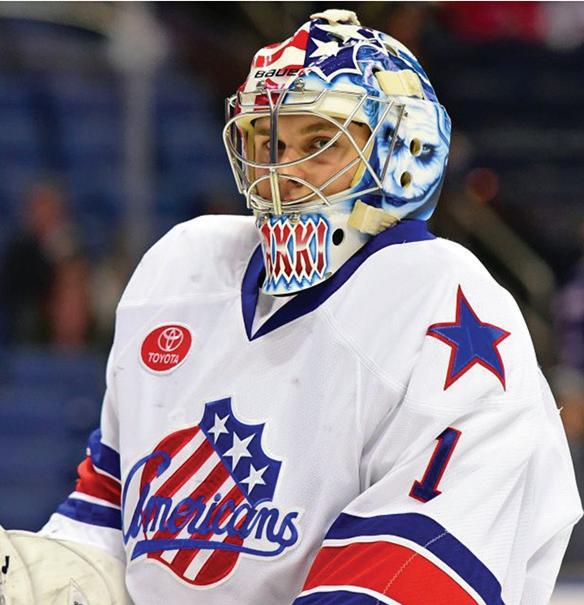

AN ELK VALLEY ENFORCER
While legend and grainy highlight reels may serve as the ultimate measuring stick used to judge hockey’s toughest customers, modern day stats provide evidence of the game’s serial enforcers. With 144 career fights and 2,301 penalty minutes over his twelve-year career, Fernie-born brawler Shane Churla may well take the crown as toughest Kootenay kid to go pro. Churla was drafted by the Hartford Whalers in 1986, arguably the alpha era of the hockey hitman. He went on to patrol the ice and score the odd goal — a grand total of 26 over his career, but five in 78 playoff games — with six teams. The 200-pound, 6’1” winger tangled with terrors including Bob Probert, Stu Grimson, Marty McSorley, and many others, some perhaps not quite as pugilistic. (Churla mixed it up with Cranbrook Hall of Famer Scott Niedermayer in an October ’96 Devils/ Rangers game.) How would Shane Churla fare today? The stats show softer hands prevail. According to hockeyfights.com, in an era when offensive output and player safety appear paramount, fighting has plummeted by over fifty per cent in the last fifteen years.
 –Darren Davidson
–Darren Davidson
your agenda. Warning: it might get addictive. Nieva Burns is a medical professional who, along with her partner, moved from Calgary to Marysville six years ago. “We’d watched the Flames and stuff, but before that we never paid any attention to amateur hockey,” she recalls. “At first, we wondered where everyone was on Friday nights. Once we learned that they were watching Dynamiters hockey, we joined in. Now we’re basically superfans.”
Part of what amazes the crowd is the speed and skill of the players nowadays. It’s no stretch to suggest that
these 18-year-olds would crush the senior men’s teams of yore, notwithstanding the toughness of old ice dogs like Cowboy McTeer and Perky Perkinson. And why not — a breakout season can earn someone that U.S. scholarship or help them become a star with the Maine Black Bears or Bemidji State Beavers.

Then, you’re just one scout away from the big time. Sure, why not. Around these parts, the dream is — and long has been — most definitely alive.

“AT FIRST, WE WONDERED WHERE EVERYONE WAS ON FRIDAY NIGHTS. ONCE WE LEARNED THAT THEY WERE WATCHING DYNAMITERS HOCKEY, WE JOINED IN.
NOW WE’RE BASICALLY SUPERFANS.”
34 Summer 2023 | GO CRANBERLE Y
Photo: Jesse Heinrichs.
IT’S BEEN A BLAST!
Some go on to the show. Others help the show go on. GO Cranberley’s Jesse Heinrichs gets his nose to the glass with a few vital supporters who’ve stood by the Kimberley Dynamiters, some for decades.

THE COACH: JASON RICHTER
“That kid skated harder back to the bench to end his shift than most guys skate chasing the puck.” Tyler Crawford said it best when former Dynamiters captain Jason Richter came up in conversation.
Richter, with the humility of a true leader, responded, “I was so tired, I just wanted to get off the ice that badly.”

The truth is that Richter was an absolute workhorse. He led the 2014-2015 Dynamiters to their first championship since 1998-1999, when they were still a part of the Rocky Mountain Junior Hockey League.
That year, Richter finished first in both points (70) and goals (39), but it was his character, not his skill, that earned him the respect of the fan base.
Annie Johnston remembers Richter as a kid who would “skate so fast and close to the boards, he would wear out the sleeves on his jersey,” but also as a “really, really, really nice kid.”
Richter, who is modest to a fault, attributes his success to former Dynamiters coach Jerry Bancks — the bench boss behind both the 1998-1999 and the 20142015 championship squads.
“I try to carry myself
how he carries himself,” said Richter, “he showed me the ropes on how to act, how to treat people, and how to carry yourself as a professional.”
This commitment to professionalism helped Richter land the inaugural captaincy of the Division 1 hockey club at the University of Jamestown, where he captained for six seasons alongside fellow Dynamiters alumni Tyson Brouwer, Justin Meier, and Eric Buckley.
“We wanted to build something and leave it in good hands,” said Richter.
“We used the tools that Jerry gave us, and after six
GO CRANBERLEY | Summer 2023 35
Sons Rise — Sunny skies light up big smiles for the championship winning ’22/’23 Dynamiters. From atop the ski hill, the team looks out over the Rocky Mountain Trench. For some prairie-born players like Humboldt Saskatchewan native Tyler Lindal (pictured facing the camera), the view is just a little extra sweet.
years, I think it’s one of the best ACHA (American Collegiate Hockey Association) programs in the country.”
Richter completed his Master of Arts in Sports Leadership at the University of Jamestown, which led him to a coaching position at the Rink Academy in Kelowna — coaching with the likes of Calgary Flames legend Jarome Iginla.
It’s not uncommon for Richter to work a fourteen-hour day, facilitating transportation, video coaching, orchestrating practices and workouts, and travelling hundreds of kilometres for games.
It can be draining for him, but like his coach before him, Richter said he loves doing it and wants to give back to the game.
With the same character-first approach used by Jerry Bancks, Richter prioritizes his athletes’ academics and treatment of one another, and wants them to be “better people, as opposed to just being better at hockey.”
THE REF: RON CHRISTENSEN
It’s not quite masochism — but it’s probably not that far off.
Between echoing boos and taunting jeers, snippy players and stray pucks, it’s hard to believe anybody would want to be an ice hockey official.
Everybody loves the Zamboni driver — but unless your name is Wes McCauley, there’s never any love for the stripes.
It’s ironic, though, because both positions do their best to keep the ice as clean and safe as possible.
You’d have to have an immense love for hockey to referee for as long as Ron Christensen did. As a veteran ref of thirty-three years, Christensen has seen the game from a lot of angles.
He’s been a player, a trainer, a coach, and a season ticket holder, but the best view of the game undoubtedly came from his time wearing the zebra shirt.
Christensen started refereeing as a 17-year-old in the 1970s, back when Kimberley’s junior squad was the Knights, and the Nitros were still a senior team playing in the Western International Hockey League (WIHL).
As a ref, Christensen had front row seats to his fair share of bloodbaths, and he recalls one incident involving Kimberley Dynamiter
Dave Lees (1973-1977), where an opposing player nearly bit Lees' finger completely off.
Other on-ice antics Christensen recalls include a stick-swinging fight between the Spokane Jets and the Kimberley Dynamiters. Another time, a long-time Kimberley character named Dan ‘Hunky’ Perih “jumped on the ice in his shoes to go fight a guy in Spokane, on a night he wasn’t even playing.”
“There were cowboys, tough guys, and there were some exceptional guys,” said Christensen, “There were guys who would get cut from the Dynamiters on Saturday and end up playing for the Vancouver Canucks on Tuesday.”
Christensen’s record for most penalties doled out in one go was 22, and it happened on two separate occasions.
Once was during a bench brawl between the Nelson Maple Leafs and the Spokane Jets, and the other during similar extracurricular activities between the Kimberley Dynamiters and the Cranbrook Royals. Being an on-ice official is undeniably exciting, but a person must take the good with the bad.
Nowadays, the bad
typically doesn’t escalate beyond a raucous crowd chanting “ref, you suck” in unison. That wasn’t always the case for Christensen, though.
“In Spokane, [the fans] would throw cans at you; in Rossland, they’d spit at you. Things were crazy, but my love for hockey kept me coming back,” says Christensen.
Although Christensen knows better than most what a referee can go through, he’s still not above letting another ref know how he feels.
“If you’ve been to the games, you’ve probably heard me. I won’t tell them they suck, but I will tell them if they’ve made a really bad call,” he says.
Good call, Christensen, good call.
THE ANNOUNCER: TYLER CRAWFORD
You may not know Tyler Crawford, but if you’ve been to a Dynamiters game, then you’ll most definitely recognize his booming baritone voice.
With the same iconic six words he’s been using for twenty years, Crawford welcomes the team to the
ice, letting eager fans know what they came to hear: it’s game time.
“Ladies and gentlemen... your...KIMBERLEY...DYNAMITERS!”
Crawfords’ first season as the team’s announcer happened to be the first year the Kimberley Dynamiters
“ THERE WERE COWBOYS, TOUGH GUYS, AND THERE WERE SOME EXCEPTIONAL GUYS. THERE WERE GUYS WHO WOULD GET CUT FROM THE DYNAMITERS ON SATURDAY AND END UP PLAYING FOR THE VANCOUVER CANUCKS ON TUESDAY.”
36 Summer 2023 | GO CRANBERLE Y
suited up as a Junior team, in 1991-1992.
“Things aren’t as simple as they were three decades ago,” laughs Crawford, who could often be seen furiously fumbling with a fivedisc CD player behind the scenes, queuing up classic pump-up songs for face-offs or goal celebrations.
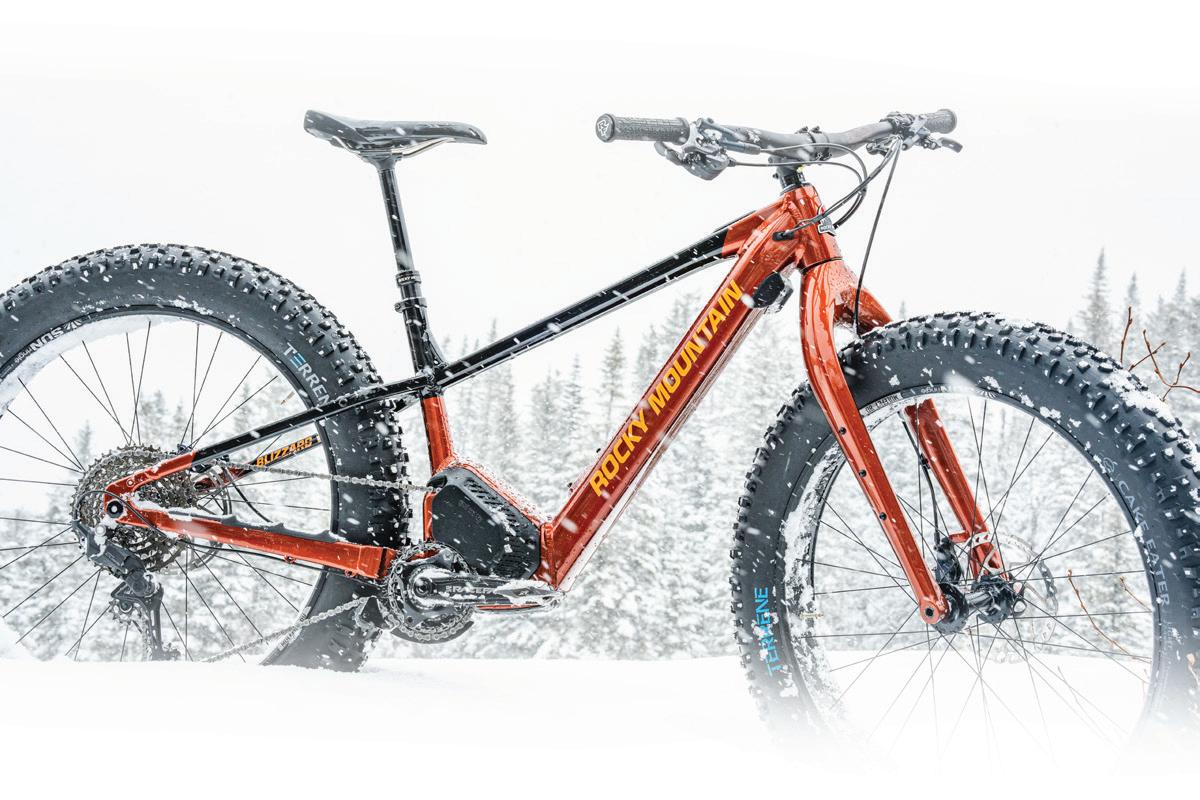
But Crawford’s support for the Dynamiters extends far beyond his hours volunteering as the announcer. He and his wife Shawna have welcomed a number of young players into their home as billets over the years, and back when Tyler’s parents were season ticket holders for the senior team,
he was known as a ‘rink rat’ — referring to the group of kids who would peg the nets at every game.
The importance of volunteering is no secret to him, nor to the other fifty volunteers who help make games run smoothly. “They can’t operate without volunteers,” confirms Crawford, who plans on donating his time to the team for a long time to come. “The better the volunteers, probably the better your team.”
Well, if the 2022-2023 season was any indication of that, then the Kimberley Dynamiters might just have the best volunteers in the league.
THE SUPER FANS: ANNIE + JERRY
After walking into the Kimberley Civic Centre and paying your admission, you might be offered a roster pamphlet to help keep track of who’s who on the ice. It’s never a bad idea to pick one up, but if you’d rather save the paper, make sure to sit in the same section as Annie Johnston.

Annie and her husband Jerry are the longest-standing season ticket holders for the Kimberley Dynamiters: they’ve been parking themselves in the same seats at home games since 1991.
“I memorize all the numbers, and it takes me about two games,” she says.
Annie, whose part-time office sits directly behind the penalty boxes, should probably be given status as an assistant coach at this point. Any time one of the hometown kids finds themselves in the sin bin, you’ll hear Annie yelling, “You can’t play in the box!”
Annie and Jerry’s support for the Dynamiters has become intergenerational: their son, Glenn Johnston, is a vice president for the team, and their daughterin-law Tasha volunteers as a social media coordinator.
An unmistakable pride can be heard in Annie’s voice when she’s talking about the team. “I’ve got 23 kids playing on the ice,” said Annie, “They are a really big part of the community. If you need some snow shovelling, or anything at all really, all you have to do is phone the coach.”
It won’t be hard to find Annie when the hockey season starts, because she’ll be where she always is on game nights.
“The only thing that doesn’t change is us,” she says. “The people around us keep changing, but Jerry and I are always there.”
Kimberley's Year Round Bike Shop SALES | SERVICES | RENTALS 778.481.5455 bootlegbikeco.ca 197 Howard St. Kimberley, BC
THE
Take one look around the KIJHL and you’d be hard pressed to find anyone outside of a coach who has touched the lives of more young men than Lyle and Ione Prior.
In their Kimberley home, Ione has a wall of fame referred to by her daughter as the Dynamiters Shrine. It features close to 80 photos of Dynamiters players of the past — one photo for every young man that had the fortune of calling the Prior household home.
“They’ll remember me on Mothers Day, and we still get texts and occasional visits from the guys,” Ione says.
With hearts bigger than the appetites they promised to quell, the Priors have routinely opened their doors to young men living out their hockey dream, for nearly twenty-five years.
“It’s excellent to see these guys grow and to provide a home away from home for them,” said Lyle, who earned a reputation for yelling ‘That’s my boy!’ whenever one of his billets touched the puck.
The Priors’ billeting tradition started in 1996 after an abrupt conversation with the team’s General Manager that went something like, “Hey, can you take two guys tonight?”
The answer was yes — and has continued to be for a quarter century.
When it comes to being a billet home, Lyle says, “you have an opportunity to speak to the lives of individuals. I think the big thing is to make them feel at home. They are somebody’s son, and some of them are away for the very first time.”
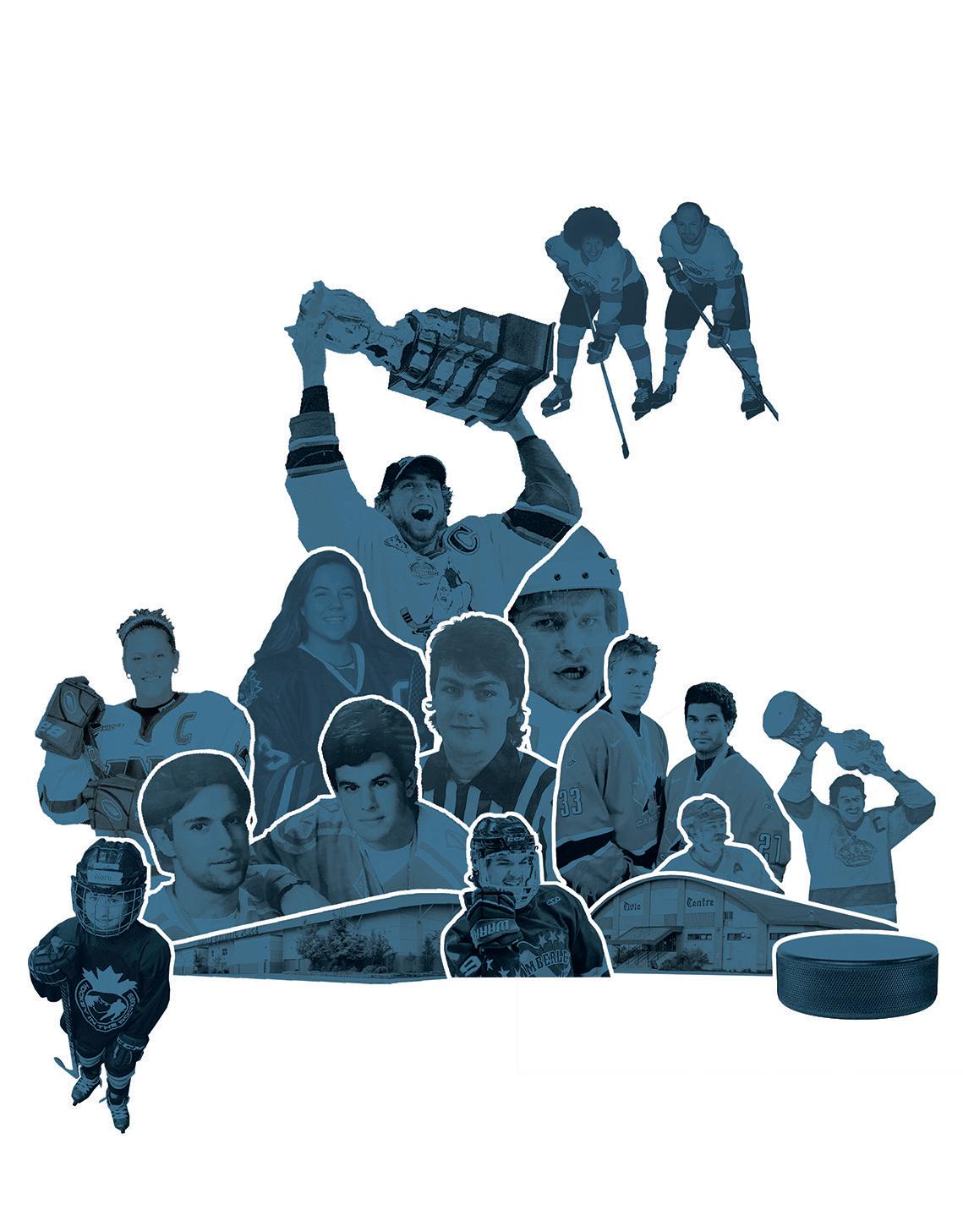
Hopefully, but almost certainly, the Priors’ character has rubbed off on the young lads who have passed through their home, and maybe, if we’re lucky, those boys will pay it forward to the next generation.
STARS ON ICE
Blasts from the past and stars of tomorrow.
1 A little go-getter at this summer’s Hockey In The Rockies camp
2 Cranbrook NHL super stars Scott Niedermayer and Rob Niedermayer back in the day
3 Kimberley’s Stephanie Jones, player for the University of New Hampshire Wildcats, then head coach
4 Kimberley’s Bailey Park, member of the Yale University Bulldogs
5 Former Kootenay Ice captain and NHLer Jarret Stoll with the Memorial Cup in 2012
6 Cranbrook Colts Darrel Spooner and Mike Majkowski
7 Former Kimberley Dynamiter and NHLer Carter Banks
8 Referee Dwayne Bennington, who went on to ref in the WHL
9 Former Kootenay Ice players and Canada World Junior Champion team members Jeff Glass and Nigel Dawes
10 Kimberley Dynamiter Campbell McLean
11 Cranbrook Royals Bobby Craig and Bernie Lukowich with the Allen Cup
1 2 3 4 5 6 7 8 9 10 11
BILLETS: LYLE + IONE PRIOR
THEY ARE SOMEBODY’S SON, AND SOME OF THEM ARE AWAY FOR THE VERY FIRST TIME.
38 Summer 2023 | GO CRANBERLE Y

Jarrod Leppard LICENSED REALTOR ® OUTSTANDING KNOWLEDGE OF THE KIMBERLEY, CRANBROOK AND EAST KOOTENAY MARKET. . SPECIALIZING IN FIRST TIME HOME BUYING & INVESTMENT PROPERTIES. . SERVING THE COMMUNITY 7 DAYS A WEEK. royal lepage east kootenay realty V 250-919-7791 D jarrodleppard.realtyhd.com l jarrodleppardrealtor KIMBERLEY BC · IN THE PLATZL our Business is experience Your 778.481.5156 blackdogcycleandski.com rentals / service / sales
Home stand — Jim and Laura Duncan with their girls, Shannon and Robyn. | 1986
“We saw how much our family and friends contributed in service,” says Robyn. “It all seemed so intentional. This is what you do. It’s how we were raised.”
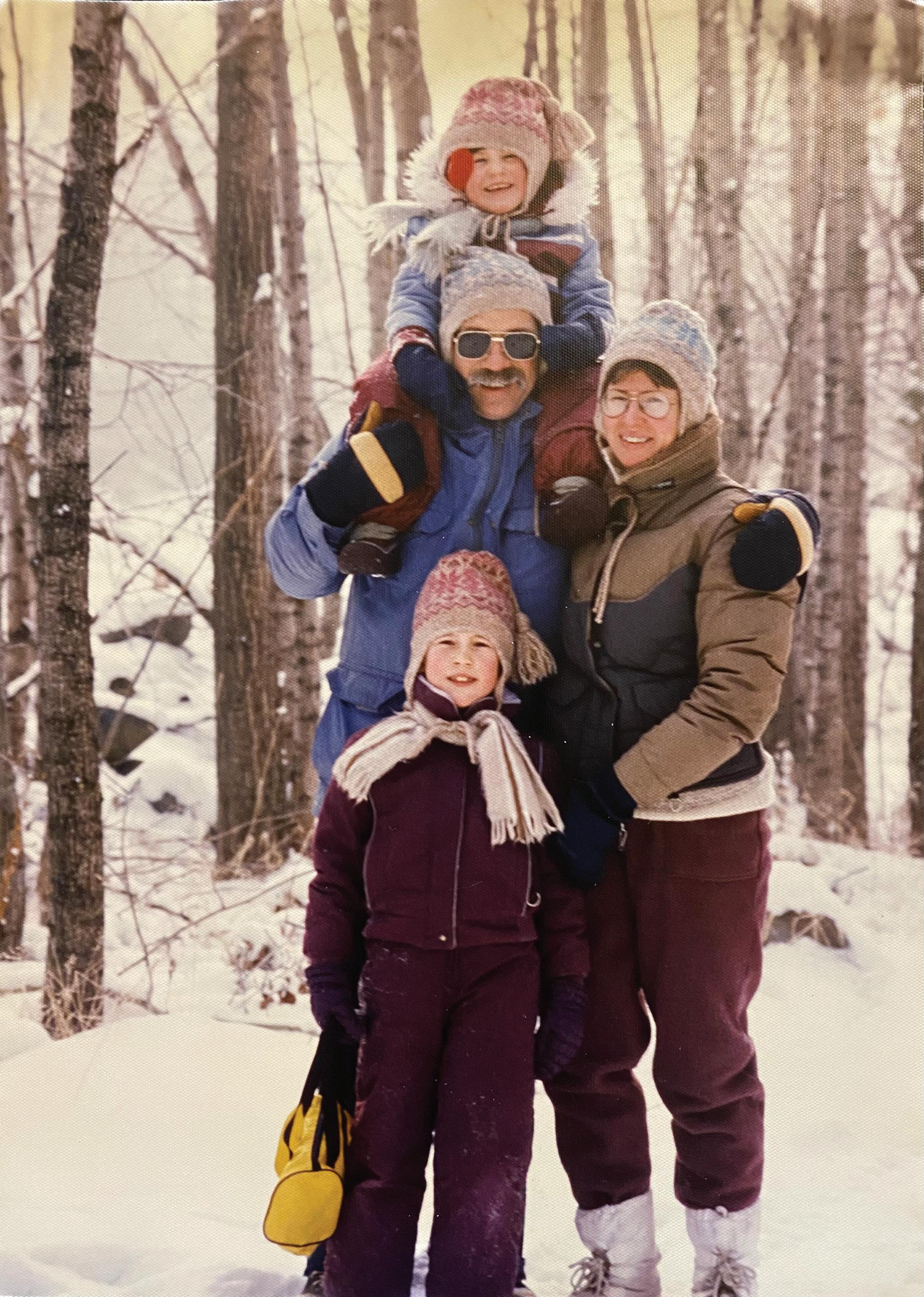
Four Strong Kin
Kimberley’s Duncan family has shared a life of remarkable service to community, conservation,
The Roots
Beneath the deck, a family friend weeds their garden. Another sorts through recycling. The community rallies around the Duncans during these last quiet days. Laura brings out a plate of homemade cookies as they flip through a stack of binders containing EKES newsletters dating back to February 1988, when Jim was editor and Laura the treasurer. On the first page is a dot matrix list of names and addresses of MLAs, newspaper editors, and radio broadcasters. In their inaugural newsletter, there is a call to action for EKES members to contact MLAs to stop logging in Kimberley’s primary watershed. They had created a Steller’s Jay logo for the Wildlife Sanctum (now, Kimberley’s Nature Park) and begun discussions with the BC Ministry of Lands and Cominco regarding the land status of the Sanctum, which would become the 840-hectare Kimberley Nature Park, the largest municipal
wo weeks before Jim Duncan passes away, he sits with his family on their back deck under a gazebo wrapped in grape leaves. He drinks mint tea and reminisces with his wife, Laura, and their daughters, Shannon and Robyn, about the natural world and its integral role in their lives.
“We wanted to share our knowledge of nature with the kids,” he says, his speech labouring. “We’d teach them the names of plants and how they worked. We’d show them different types of lichens and insects.”
“It was so important for our kids to have access to nature,” Laura affirms. “We knew it was important for them to just play in the woods.”
But the Duncan family did more than just frolic in the Kootenay wilds; they became intergenerational guardians of it. In 1987, Jim and Laura were among the founding members of the East Kootenay Environmental Society (EKES), which, in 2004, evolved into Wildsight, the award-winning organization nationally recognized for its leadership in large-scale conservation, sustainable community initiatives, and environmental education. Jim and Laura were also the 2004 founding members of Mainstreams, an environmental organization focused on educating people about water and monitoring the water quality of the Columbia Basin.
Both daughters have carried on the legacy of environmental and social stewardship: Shannon is Healthy Kimberley’s Food Recovery Depot Manager and Robyn is Wildsight’s Executive Director. As a family, the Duncans have been crucial advocates in protecting some of the most vulnerable areas of the Kootenays, from Kimberley’s Mark Creek to the Jumbo Valley.

and those without voices.
W: Jeff Pew | P: Courtesy of the Duncan Family
GO CRANBERLEY | Summer 2023 41
park in British Columbia: home to wildlife, naturalists, hikers, and bikers. There’s a weathered invite for a family toboggan party and potluck.
Years later, as a family with two young daughters, environmental activism took the form of kids licking envelopes, stuffing newsletters, and writing thank you cards. With other families, they helped fundraise and clean up after concerts. The girls made Christmas cards for donors.
“We’d go for daily walks into the Sanctum,” Shannon recalls. “It was so natural. So simple. Just walking together and being, to the point where I didn’t see a difference between me and that tree. It felt like church. We talked about issues and stood up for things.”
“Thinking that any of these areas could be wiped out by development or industry was not good,” Laura says. “The local microcosm of things we protected led to the bigger, regional issues of conservancy, but right here was something we could hold onto.”
For Robyn, it was about speaking for the voiceless. “It’s
how we were raised,” she says. “We saw how much our family and friends contributed in service. It all seemed so intentional. This is what you do.”
There were pressing issues in the ‘80s and ‘90s: nuclear threat, the logging of Kimberley’s watershed, land use and the conservation of lands, Jumbo Creek conservation, toxic waste and the pulp mill effluent, and preserving the Sanctum from logging.
What began as a small group of concerned friends gathering in living rooms, dreaming about the world they wanted to raise their kids in, evolved into an organization that has earned some of Canada’s most prestigious environmental awards. “So many great things have grown out of these works,” Laura says. “We all took the approach that something’s not right here. Let’s try and make it better. This next generation has taken things so much farther than what our generation did,” Laura says proudly, as both daughters shake their heads and laugh.

42 Summer 2023 | GO CRANBERLE Y
The Duncan family did more than just frolic in the Kootenay wilds; they became intergenerational guardians of it.
The Branches
Robyn Duncan is the Executive Director of Wildsight’s regional team, working collaboratively with six autonomous Wildsight branches: Creston, the Elk Valley, Golden, Invermere, Kimberley/Cranbrook, and Revelstoke. Wildsight works locally, regionally, and globally to protect biodiversity and encourage sustainable communities in Canada’s Columbia and Rocky Mountain regions. As well, she is the campaign lead for Jumbo Wild, the partnership that successfully fought the proposed development of a year-round ski resort in the Jumbo Valley, located in the Purcell Mountains.
“My dad marvelled at the wonders of the natural world,” Robyn says. “He believed when people experienced nature, they would come to love and steward it. He leaves behind a legacy of the work he and my mom created, so much of it centered around cultivating community. I feel so proud to continue the legacy my parents, along with many others, built with Wildsight. In the current state the world is in, there’s a real opportunity to increase commitment to this type of work.”
Shannon Grey Duncan is the Manager of Healthy Kimberley’s Food Recovery Program which diverts waste from landfills, addresses community food insecurities, and makes healthy food choices more accessible. On average, volunteers donate close to 300 hours per month collecting, sorting, processing, and cooking food, donated from grocery stores, bakeries, restaurants, farms, and backyard gardens. The recovered food is distributed to twenty different community agencies, including the Food Bank and schools. Any surplus food is distributed to the public on Fridays. “Dad came from this place of wanting to help people shine,” Shannon says. “Most of my recent reflections have centered on gratitude for the resources we have and trying to strengthen the web so there’s a stronger support network people can lean into.” The Depot has recovered over 400,000 pounds of food targeted for landfills, 85% deemed edible. “It’s empowering to turn recovered food into nourishing meals,” Shannon says. “People are providing a service to our environment while feeding themselves.”


MAINSTREAM & WILDSIGHT WONDERS
KIMBERLEY NATURE PARK
Originally working with East Kootenay Environmental Society members, the Kimberley Nature Park Society was established and registered in 1987 as the Kimberley Wildlife Sanctum Society. Its goals were to improve the trail network and signage, learn about the ecology of the area, and lobby the local government to create a park on the west side of town.
In 1994, the area’s name was changed to the Kimberley Nature Park and over 800 hectares of land were designated as a community nature park. With 300 members, the Kimberley Nature Park Society’s current vision statement includes several conservation, education, and recreational goals.
KIMBERLEY’S MARK CREEK RECOVERY PROJECT
“When we came here, the creek running through Kimberley was orange,” Laura says. There were shopping carts, bicycles, pop cans, rusty metal, and scattered trash. By the late '90s, water became a major focus for Wildsight, with the Mark Creek Recovery Program established to help bring the creek running through Kimberley — long dead from acid rock drainage from mining contamination — back to life. In 2001, hundreds of volunteers helped to replant bare banks, remove invasive weeds, and pull refuse from the creek. Today, Mark Creek is full of trout and a popular gathering place to cool down in the summer.
CRESTON VALLEY COMMUNITY FOREST CORPORATION
Wildsight Creston Valley helped create the Creston Valley Community Forest Corporation (CVCFC) when concerns about water quality arose from the impact of logging practices in the Arrow Creek watershed. CVCFC concentrates on selective logging techniques such as single tree harvesting, shelterwood, and small group selection on the 21,000 hectares of land. The corporation’s primary objectives are to promote a healthy, sustainable community forest ecosystem while fostering a thriving timber industry that benefits the Creston Community.
|
GO CRANBERLEY | Summer 2023 43
PHOTO OF ROBYN: JULIE-ANNE DAVIES
PHOTO OF SHANNON: CHELSEA BOYD GIBSON


SHOWCASE OPEN HOUSE Saturday November 4, 2023 10:00 AM - 1:00 PM Visit: cotr.ca/open-house You are only one decision away from another life. Scan the QR Code for more information - unknown
CRANBROOK'S RICK SPOONER MEMORIAL PARK
Mainstreams started stewardship of Spooner Park in 2012 with a focus on mitigating the growth of invasive species and preserving the riparian area on the Joseph Creek shoreline. The park, which is located near Mount Baker Secondary School, offers students the opportunity to learn about water science including stream ecology and watersheds, water monitoring methods, and planting vegetation.
CRANBROOK'S KINSMEN PARK RESTORATION
Mainstreams created the Joseph Creek Streamkeepers to design and develop a riparian habitat in Joseph Creek and to serve as a living laboratory for community water conservation awareness activities.

COLUMBIA WETLANDS
From the headwaters of the Columbia River in Canal Flats to Donald lies one of the longest intact wetlands in North America. It’s an integral part of the Pacific flyway for birds — home to over 200 species of birds, including bank swallows, who’ve had a 98% decline in their populations over the last forty years. It’s also home to the second-largest concentration of great blue herons in western Canada. The Columbia Wetlands is the only section of the 2000-kilometre Columbia River that is natural and free-flowing, untouched by dams. Wildsight worked to create international awareness of this complex system and was successful in getting it deemed a certified wetland of international importance with federal limitations on horsepower on the river.
JUMBO WILD
For nearly thirty years, Wildsight, along with local residents, citizens, and the Ktunaxa Nation strongly opposed the proposed development of a year-round ski resort in the Purcell Mountains’ Jumbo Valley, one of North America’s most important grizzly bear wildlife corridors. Wildsight’s award-winning Jumbo Wild campaign organized protests, marches, camps, letter-writing campaigns, and media coverage.
For the Ktunaxa — the Indigenous people who have called the Kootenay-Columbia region of British Columbia home for more than 10,000 years — Qat’muk, the Jumbo Valley, is the sacred home of the grizzly bear spirit. A resort built in the middle of this sacred place would desecrate it. In 2020, the Ktunaxa Nation, with the support of Federal and Provincial governments, declared the Qat’muk an Indigenous Protected and Conserved Area, protecting the Jumbo Valley and 700 square kilometres around it.
ENVIRONMENTAL EDUCATION IN THE KOOTENAYS
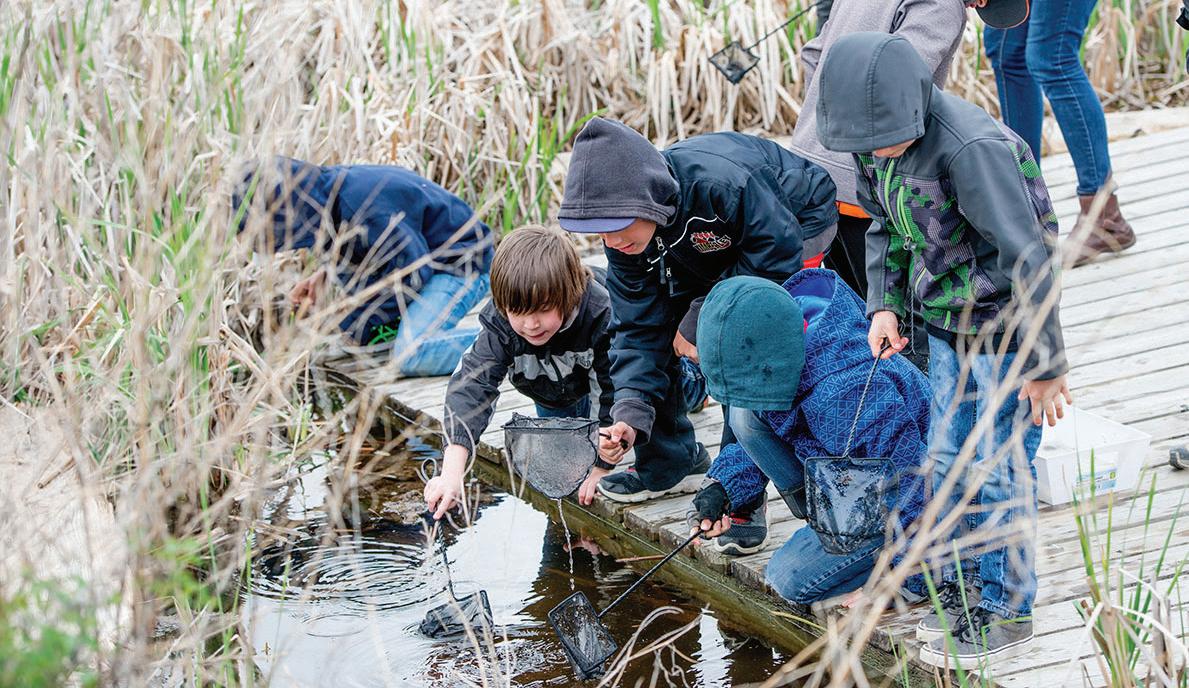
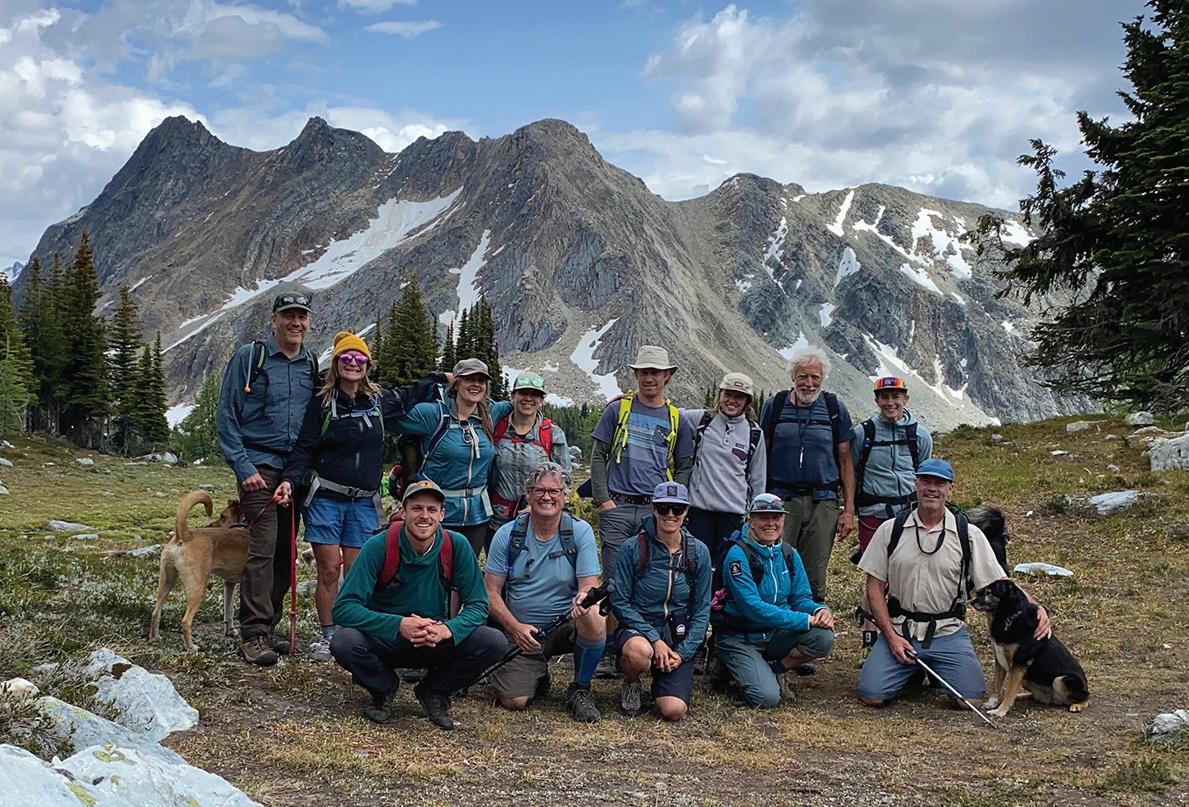
Wildsight’s environmental education programs have reached more than 90,000 kids since beginning in 2000, offering school-based and immersion field programs from kindergarten to high school. The program’s vision aligns with what original EKES founders, like Jim and Laura, dreamed of: connecting kids to the wonder of their wild backyards as well as supporting stewardship action projects and watershed education programs.
JIM AND LAURA DUNCAN WATER EDUCATION FUND
After Mainstreams shut its doors in 2022, the Jim and Laura Duncan Water Education Fund was established to create a legacy of water education for years to come. Funds will be used to continue to inspire children and youth throughout the Columbia Basin to develop a love for water and create a water stewardship ethic. wildsight.ca/jimlauraduncan/
Bottom: Kids exploring a wetland in Wildsight's Classroom with Outdoors program. More than 90,000 kids have connected to their wild backyards through a Wildsight education program since they began in 2000.
Photo: Julie-Anne Davies.
Top: Jim Duncan conducting stream monitoring to track aquatic health and water quality of the stream over time in Joseph Creek.
GO CRANBERLEY | Summer 2023 45
Middle: The Wildsight team at Jumbo Pass, in the heart of the Ktunaxa’s Qat'muk Indigenous Protected and Conserved Area.
The Leaves
“There’s been an increase in awareness among the general population on how important environmental issues have become,” Laura states. “I think this has mitigated some of the industry/environmental community conflicts. There’s more common ground between industry and environmentalism.”
Jim, who’s tired by the end of the interview, says, “There’s so much to be proud of. I just hope people will come in and carry on the work. When I see that, I glow.”
In the weeks before Jim’s passing, Robyn and Shannon reach out to his colleagues and friends so they could send their love to Jim. The responses touch on his quiet and tireless commitment to the environment: “Every time I teach kids about macroinvertebrates, water conservation, and the importance of honouring and protecting the amazing gift, water,” Patty Kolesnichenko wrote, “I will hold you close to my heart.”
“Making the world a better place is a lofty goal and you never lost sight of that,” local legend Margie Jamieson wrote. “I am proud to be a friend.”
John Bergenske, who spearheaded the Purcell Wilderness Conservancy, wrote: “I thank you deeply for a life so filled with love, care, and action. You have helped make our home a better place for all living beings.”

Following Jim’s passing, local biologist Dave Quinn wrote, “Jim will be missed in the way an ancient tree might be missed when it blows over. Where did all that irreplaceable shade, quiet energy, and spirit go?”
The Seeds
One evening, two weeks following Jim’s death, Laura, Shannon, and Robyn gather on the back deck. They write thank you cards and answer phone calls from relatives. Laura talks about how frail Jim was during the last interview. “This was important to him,” she says. “He wanted this story told.”
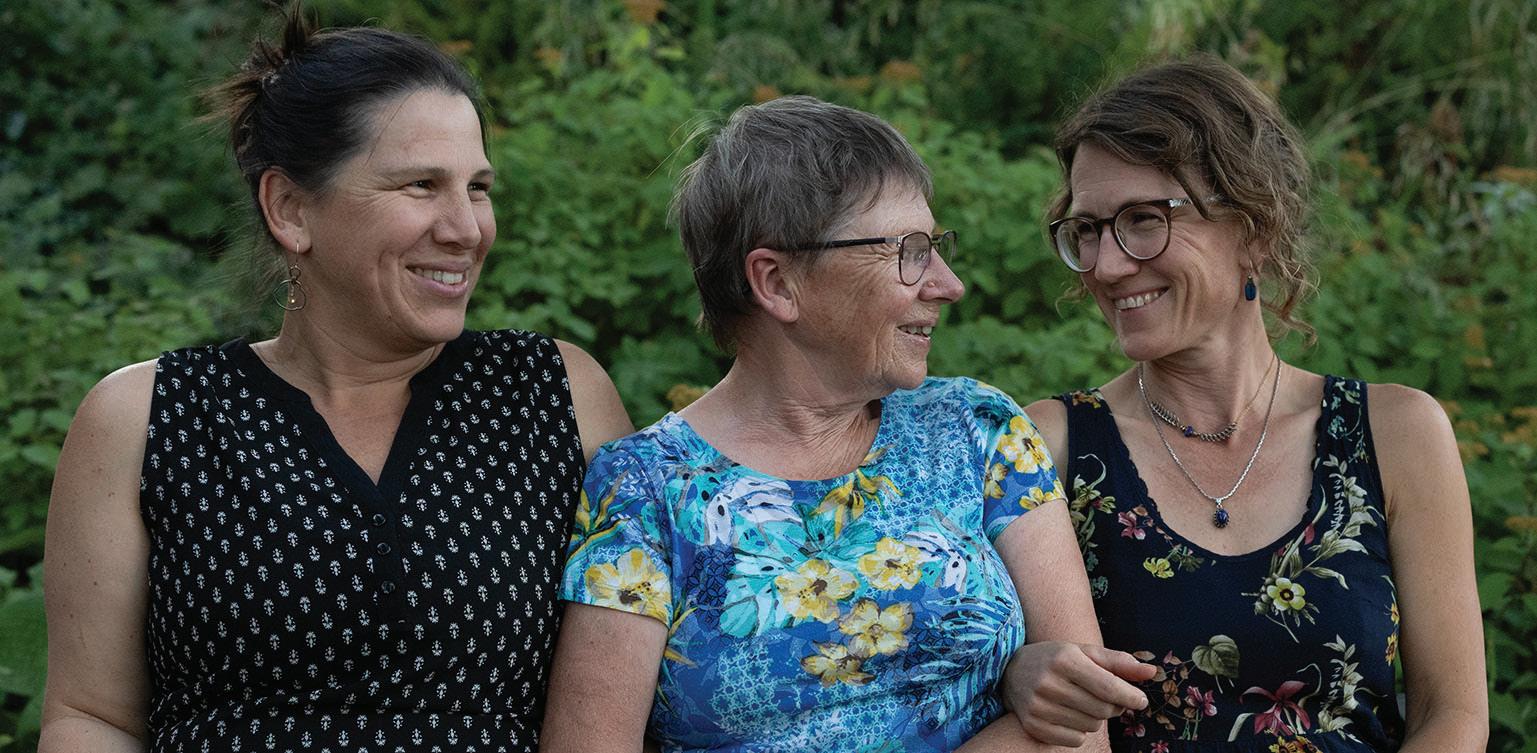
When asked about a portrait, Laura shakes her head. “There’s just the three of us. It doesn’t feel right taking a family picture without Jim.” Eventually, she agrees and settles on a bench with her daughters in their reflection garden, shaded by two huge trees.
“This is where Dad smoked his pipe before he found out Mom had leukemia,” Shannon says. “After quitting the pipe, he began playing his flute here to replace the ritual of stoking and smoking the pipe. It was all about the breath.” On the bench, they laugh and squirm, adjusting themselves, trying to get comfortable in the evening shade, in the smoke from a nearby fire, the sound of birds settling above.
What began as a small group of concerned friends gathering in living rooms, dreaming about the world they wanted to raise their kids in, evolved into an organization that has earned some of Canada’s most prestigious environmental awards.
46 Summer 2023 | GO CRANBERLE Y
PHOTO: JEFF PEW


















open monda y - saturday 9am-4pm Here is a prescription for MORE COFFEE. Feeling � b it jitter�? PROUD PARTNERS & PINT PROVISIONERS FOR GO CRANBERLEY CLIENTS, QUAFFERS & LOCAL BREW-LOVIN’ CREWS. OT APPROVED Supporting You on Your Wellness Journey OPEN 7 DAYS A WEEK Kimberley, BC | 250.427.5523 www.sprouthealthmarket.com All Living Alchemy products 10% o until December 31, 2023. • Strong Immune Support • Organic Whole Food Supplements • Probiotics & Activated Herbals • Fermented for Superior Absorption • Travel-friendly 60 caps
CROPS, STOCK, AND PERIL
Having protected regional food security through the pandemic, floods and fires, East Kootenay farms, ranches, and suppliers of increasingly in-demand local food are facing unprecedented challenge.
 BY MIKE MCPHEE & DARREN DAVIDSON
BY MIKE MCPHEE & DARREN DAVIDSON
THE YEAR WAS 2008
The world economy had been felled by the worse financial crisis since the Great Depression. It’s also the same year that Wyndell, BC’s Jessica Piccinin, along with her partner Jeff, decided to get into farming.
Since then, the couple have weathered 15 years of poly-crisis brimstone on their homestead, Root and Vine Acres, and even a pandemic. “When grocery shelves started to empty,” Piccinin recalls. “That’s when everything got really freaky.”
.
Having braved on-farm and small-scale agricultural endeavours, including farming berries and vegetables; chicken, duck, and egg production; and now, high-end hogs, the formidable Creston Valley couple and their two boys, ages four and two, are poster folk for the growing grassroots army that has provided legitimate food security in the Kootenays through a trapline of very real crises, both global and local.
“The last few years have galvanized people to un-
derstand how important local food production really is,” says Amanda Verigin, marketing and sales manager for the region’s largest local grocer, Nelson’s Kootenay Co-op. Twenty-five percent of the Coop’s inventory comes from within with a 160-kilometre bio-region including Invermere, Creston, Kimberley, Cranbrook, and Fort Steele.
Despite the region’s remoteness, or perhaps because of it, Verigin says that through most of the pandemic and 2021’s cata-
strophic Fraser Valley flood, the Co-op and other local grocers still had plenty of basics, aside perhaps from fish and organics. “But there was still food,” says the six-year grocery pro, “it was pretty powerful.”
The sources for that power — local farmers, ranchers, and suppliers — are under pressure the likes of which they’ve never seen. Like Canada’s economy itself, many sectors are trying to shake off the pandemic’s gut punch. But for those smaller producers and pro-
48 Summer 2023 | GO CRANBERLE Y
cessors in agriculture, Covid bounce-back harvests have been exceptionally hard to reap, due in part to the business’s financial realities.
“I’m constantly educating people on how much it costs to farm,” says Kootenay and Boundary Farm Advisors Coordinator Racheal Roussin. “If you make $30,000 one year, it goes right back into the operation. The return on investment is very long and slow.”
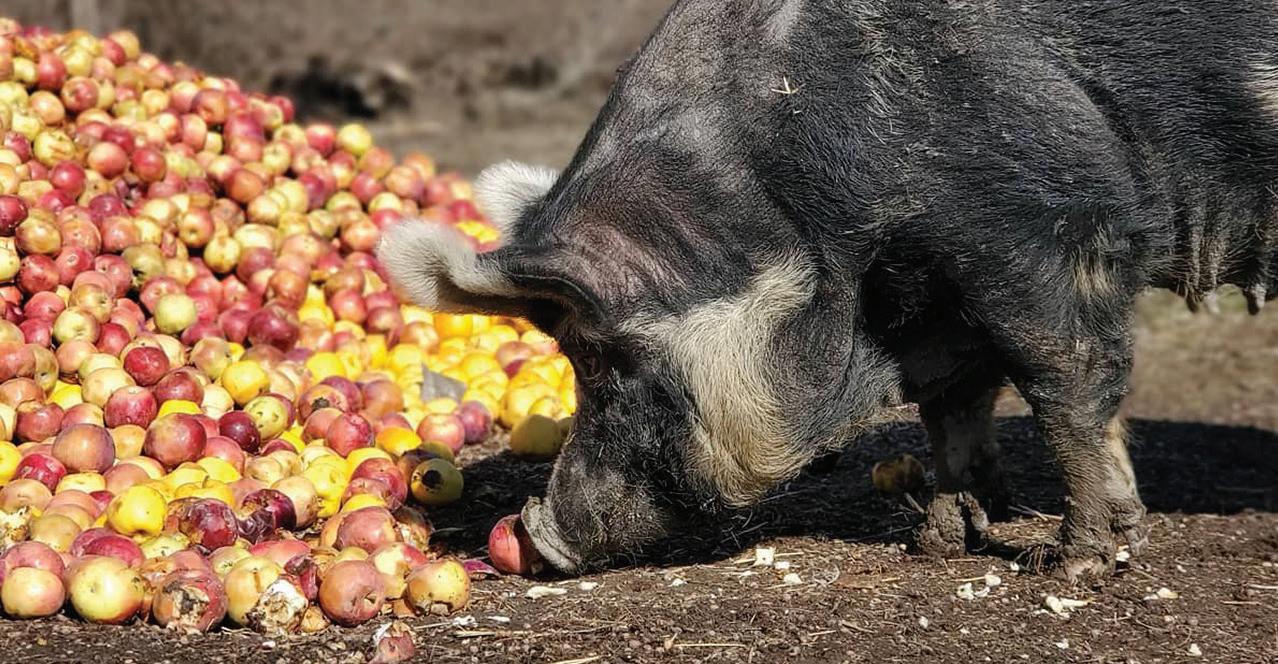
Infrastructure investment looms large on farm ledgers. So does labour. Combined with those anticipated costs, the future of the local food production industry is being undercut by unexpectedly rising financial demands on transportation, distribution, and inflation — and climate change curve balls. “You talk to any farmer,” says Verigin, “the last few years have been wild.”
Added to those hurdles are a shortage of succession plans for retiring farmers, Big Food’s self-serving lobby front, and strict regulation — particularly in ranching and meat production, the largest players in the Kootenay’s agricultural profile. “The barriers are absolutely mind blowing,” says Piccinin. Root and Vine is closing its high-end pork operation in favour of piglet sales to small farms and homesteaders. “We’re in crisis, it’s so bad. And we’re not the only ones going out of business.”
There are nearly 1,200 farms and ranches in the Kootenays, generating over $16 million in annual wages and approximately $91 million in revenues, according to the 2016 Census. PostCovid, Canadian agriculture industry players clearly saw increased demand
for locally grown food, as global shipping costs had tripled, and ‘buy-local’ mindsets swept consumers. The demand for local fare, says Verigin, is there. But with new and unforeseen expenses countering cost-prohibitive global supply chain fees and shophere trends, locally grown food prices continue to rise once they reach the shelf. And household incomes are finite, no matter the local love.
Like many of our modern-day ills, remedies to the regional food conundrum rest at macro levels for global and federal power brokers to concoct. But at its roots, suggests the organizer of November’s Basin Food Expo & Forum, solutions start with community and consensus.
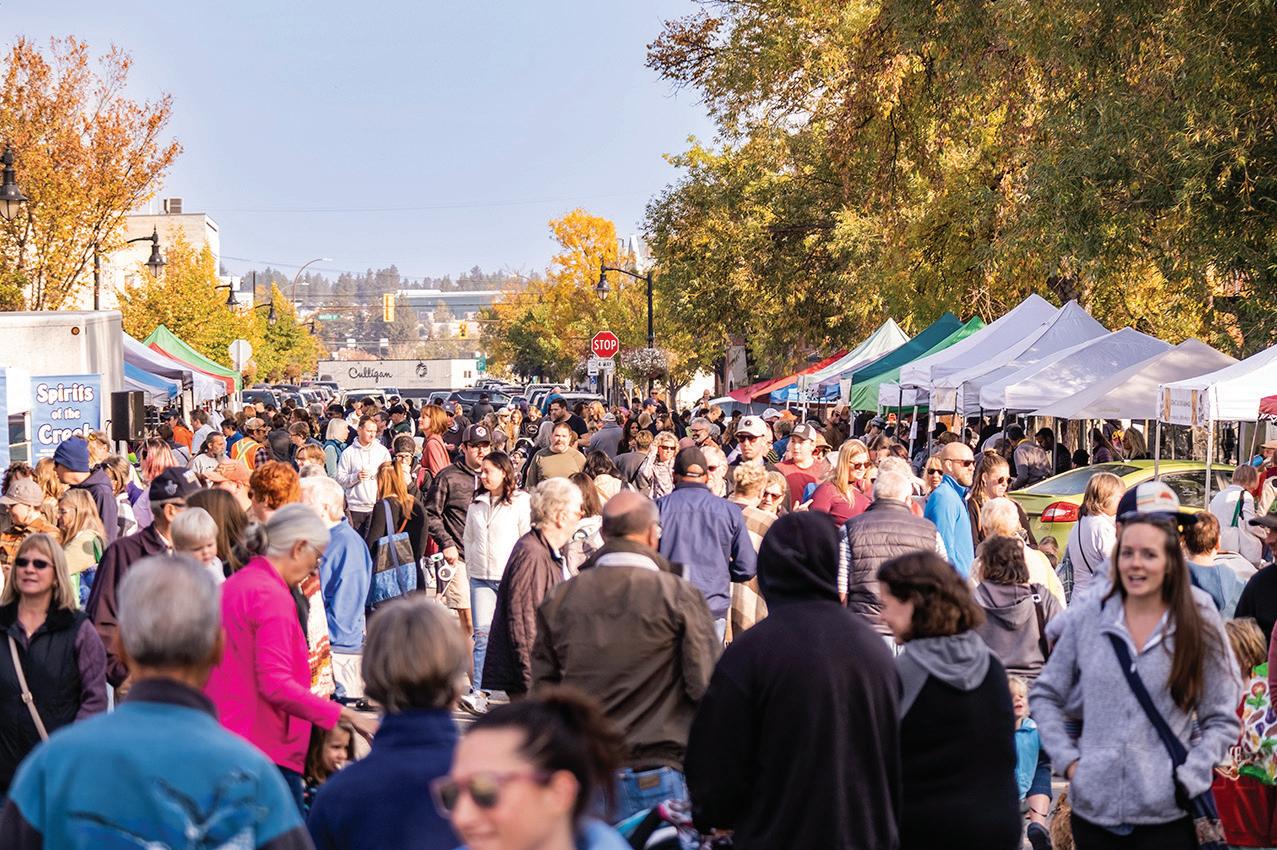
“There’s no bigger selection of regional food than our marketplace,” says Shauna Fidler, whose company Design Farm offers design, brand, packaging, and consulting for producers. The Expo, which grew from 2012’s Farm, Food, and Fork event, has previously attracted up to four hundred of the Columbia Basin’s agricultural stakeholders, and the public.
Challenges and solutions will be on the Expo menu.
And there are solutions, say Kootenay farmers and consultants alike. For producers, look to innovate, invest, and borrow wisely and take advantage of the expertise of agencies like the Columbia Basin Trust and its Basin Business Advisors team. Lobby for government subsidies for the sector, like for instance, those that could help retailers provide packaging, butchering, and processing services, taking the load off producers. For shoppers,
attend farmers markets or at least put a few locally sourced items in your shopping cart with each purchase. If you are about to embrace homesteading dreams for the first time, make sure you understand the toll and toil the agriculture industry requires. And for those ready to hang up their hoes, consider getting advice on
vital succession planning, so that your craftsmanship and hard-earned expertise are passed on.
“It’s about resiliency and hope,” Verigin concludes. “From a global angle it seems insurmountable, but at a community level we can solve a lot of problems right in our own back yard.”
Meat and greet — Of all the agricultural businesses struggling with new economic challenges of farming, meat producers are having a particularly tough time due to the shortage of abattoirs and packaging facilities in the Kootenays, and complicated regulations. The increasing popularity of farmers’ markets, like this one in Cranbrook, has been a timely boon to those in the small farm and ranch sector. (Opposite page) Students from Cranbrook’s St. Mary’s Elementary school learn about the process of growing the foods we eat, at the Bayer Crop Science Pizza Farm event this past summer. — Photos courtesy Morgan Turner, and Root & Vine Acres Farm.
GO CRANBERLEY | Summer 2023 49
“If you make $30,000 one year, it goes right back into the operation. The return on investment is very long and slow.”
Surviving and Thriving: Three Local Businesses Are Making a Grow of It.
Encore Brewing
THE CLATTER of bowling pins and chirps from the Pac-Man machine mingle with the delicious smell of fresh food and the unmistakable aroma of brewing beer. The East Kootenays’ local dining and entertainment scene recently saw the addition of an impressive new venue, bringing an infusion of fresh energy to the food and beverage community, post-pandemic.
Cranbrook’s Encore Brewing is not just a craft brewery, but also a bowling venue, arcade, and casual dining spot. Entrepreneurs and Cranbrook locals Jesse Roberts and Fred Williams, the duo behind the ambitious Fire Hall Kitchen and Tap venue, recently added Encore Brewing to their stable of businesses. Roberts owns Cranbrook’s Arby’s, and Williams has a long background in construction. “We looked around at what Cranbrook needed and spent the last two years trying to build something special,” Williams says.
In 2017, the pair undertook a massive $1 million project when they purchased Cranbrook’s first fire station, building their hospitality venue within the 93-year-old building’s shell, while going to painstaking ends to maintain its architectural heritage and history. The City had listed the old fire hall for $349,000,
but eventually sold for $195,000. (Roberts’ connection to the old hall was familial — his Dad used to live out of the upper floor, back when he drove the department’s ambulance truck.) In 2021, despite the complications of the pandemic and steep provincial regulatory and social distancing challenges at the
in doubt. An online fundraising campaign had been launched to save them. The Cranbrook Townsman reported that the property had been repossessed and was set for sale. Before construction even started, the pair were anticipating twelve months of paperwork to license, permit, and engineer the project. When
tion: spending years developing business plans, building brands and teams, renovating buildings, and making sacrifices to bring their brilliant ideas to life.
“It takes an absurd amount of mental and emotional fortitude to stay excited and inspired through all that,” Roberts says with a smile. The craft brewery side of
Fire Hall, Roberts and Williams jumped into a second project, equally as daunting as the first, when they purchased the former Juniper Lanes Bowling Alley. Another historic Cranbrook venue, the future of the building and business were

asked what set them on the path of entrepreneurship, Roberts says, “a lack of education and a bunch of courage! I personally had some great business mentors at an early age.” The pair explain how they’ve learned delayed gratifica-
Encore has a couple staple beers, as well as rotating seasonal brews on twenty taps. The menu includes handcrafted pizza with crust made from spent wheat and barley — byproducts of the brewing process. For high-score fanatics, there
are still eight bowling lanes and a selection of video games. The hospitality industry has been dealt a number of challenges recently, including labour shortages: the shifting demographics see more people retiring out of the workforce than entering it annually. “You need to have a good enough product, brand, and environment to attract good staff,” says Roberts, “and then foster a great relationship with that staff.”
 High achievers and low rollers put a painstaking pin in the East Kootenay hospitality map.
High achievers and low rollers put a painstaking pin in the East Kootenay hospitality map.
“You need to have a good enough product, brand, and environment to attract good staff—and then foster a great relationship with that staff.”
50 Summer 2023 | GO CRANBERLE Y
Photos: Mike McPhee and Morgan Turner
THE ICONIC STEEPLES rise from the Rocky Mountain Trench in a dramatic wall of jagged rock, standing watch over the cattle, pigs, and horses wandering below. At Cutter Ranch, in the shadow of the Steeples, the animals have million-dollar vistas, but seem preoccupied with foraging in their lush pastures.
Sacha Bentall and Tyler McNaughton fell in love with this quintessential 160-acre Rocky Mountain ranch and bought the property in 2011. Both were born and raised on ranches, and began raising lamb at Bentall’s parents’ farm in Clinton.
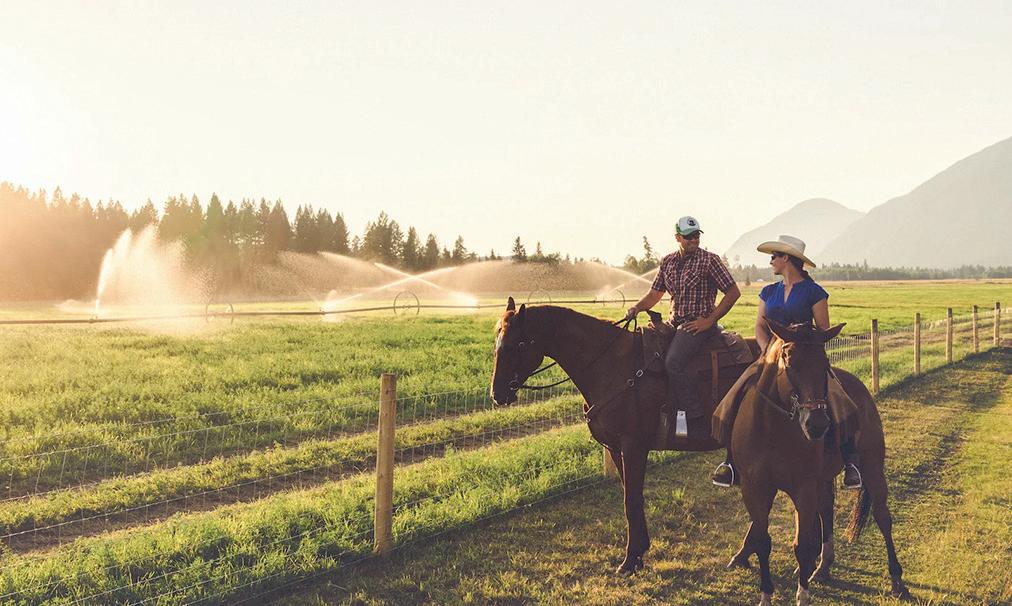
The couple have a strong food ethic and seem the epitome of modern, progressive ranchers. But family and faith in what they’re doing come first. Feeding folks gives them great purpose in life, McNaughton says.
The pair say they pursue the endeavour as a couple, dedicating time to raise their two girls while stewarding their land — and cherish the fact they’re self-employed. Beyond that, they live by a philosophy of high-quality, all-natural food production and have gained a reputation for uncompromising quality. The pair were named Outstanding Young Farmers in BC and the Yukon in 2018.
“We believe in the balance of land stewardship and animal husbandry to grow nutritious food,” McNaughton says. “The





size of our operation allows us to focus on quality, while servicing individuals and retailers.” Both are well-versed in the industry that keeps us fed. A self-admitted “Ag-geek”, McNaughton has a Business Degree & Agriculture Diploma in crop management from the University of Manitoba — his education becoming evident when he discusses the business of ranching.
“We employ a unique method of pig farming where we seasonally rotate mobile enclosures,” he says, explaining that rather than using conventional barns, Cutter’s animals rest in greenhouses when they’re not in the fields. “This allows the pigs to always have the freshest outdoor pasture, without overgrazing the ground.” The cows are grass and alfalfa fed from the ranch, and finished with a bit of non-GMO barley. Cutter Ranch began its operations with thirty sheep and has only grown from there.
The recent pressures of inflation have made feeding animals and getting them to market more expensive, as seen in recent years’ grocery bills. “We’ve built our business strategically, and although the current economic pressures have impacted our margins, we are doing relatively well,” McNaughton says. Their strategic business plan and focus on quality in the high-end market seems to have paid off.

Proud to serve our East Kootenay Communities Kimberley 8 am - 9 pm 7 days a week 250-427-2313 1545 Warren Ave Cranbrook 8 am - 10 pm 7 days a week 250-489-3461 505 Victoria Ave 2 locations to serve you Online Shopping Pickup and Delivery* Available *Delivery only available at the Cranbrook location WW W. M E ATM ATTERS.C A 417a 304 Street, Marysville | Open Tuesday to Saturday ausage | Charcuterie | ourmet ood items Cliff 's Famous Beef Jerky | Pepperoni | Bacon ocal and regeneratively raised meats
Cutter Ranch
GO CRANBERLEY | Summer 2023 51
Family first, farm and philosophy of deep stewardship a close second.


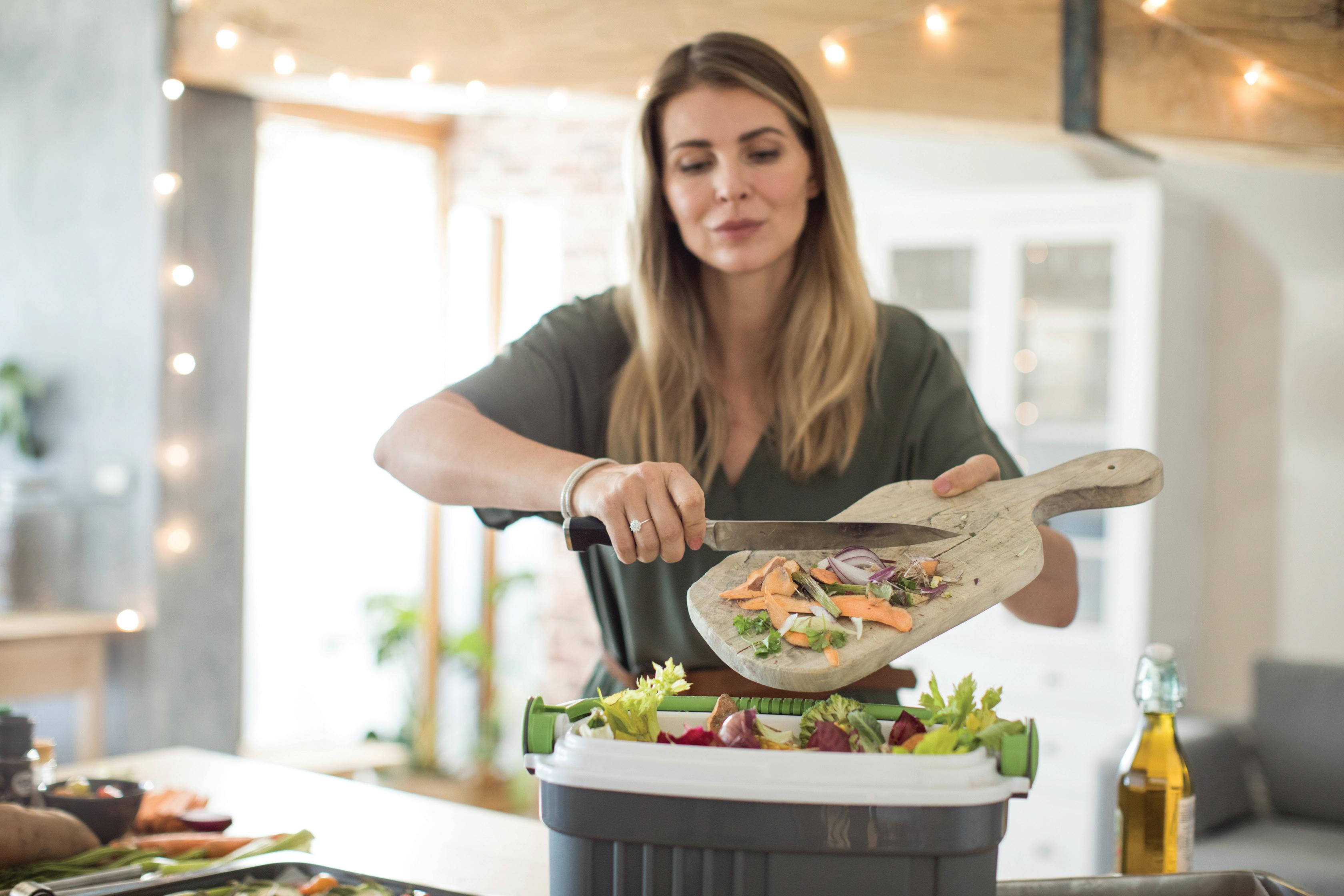
YOUR LOCALLY OWNED & OPERATED AG CENTER Visit EngageKimberley.ca for more info! Thank you,Kimberley By committing to curbside organics collection, together we are helping our community to: Reduce our GHG emissions Extend the life of our local and regional landfills Contribute to healthy local soils and agriculture
They’re not kidding
Bright young Kootenay minds were asked: What contraption can you imagine to help grow food locally?



3 Crows Farm
Where pavement and vacant property give way to plants and produce.
THE SMELL of fresh basil wafts down the urban back lane, calling to mind comforting Italian dishes. It seems out of place in a busy Cranbrook neighbourhood, but this is 3 Crows Farm, a thriving urban farm in the heart of the city.
Chris Kimber, owner of 3 Crows, started urban farming twelve years ago. “Now, I’m pretty busy supplying about a dozen markets from Fernie to Kimberley, as well as selling at farmers’ markets,” he explains. “One garden plot in one yard led to having five gardens around Cranbrook, ranging from 1,000 to 12,000 square feet.”
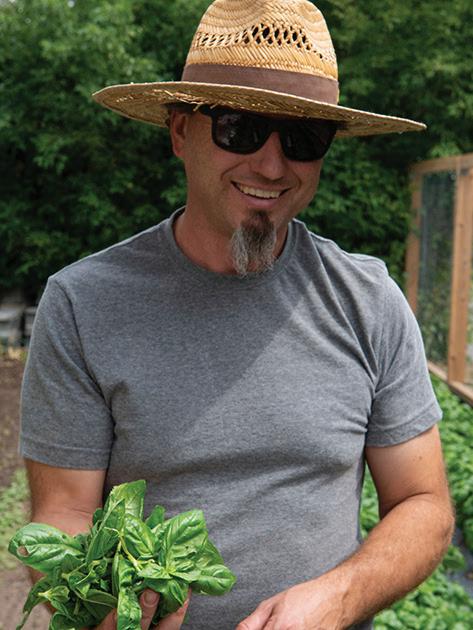
Business isn’t the only thing growing abundantly for Kimber: his flourishing seasonal produce attracts lineups to his market stalls. “Microgreens are popular all year, especially sunflower shoots,” he says. “What gets people excited at the market changes with the seasons: spinach in the spring, carrots in June, giant lettuce heads in July, pattypan squash in August, cured garlic in September. And sometimes we’ll pull off amazing broccoli just ahead of the October frosts.”
Though townsfolk have had gardens for as long
as there have been towns, urban farming is a concept that’s recently taken on renewed importance. As the topics of food security, sustainability, and urban revitalization become conversations in our communities, some are taking a second look at backyards and community green spaces.
“There are many large lots around town where the homeowner is not interested in a large lawn,” says Kimber. Growing food seems to be a solution to the yard duties that yield nothing but bragging rights. “When we grow gardens in these underused spaces, we not only generate healthy food, but we diversify our urban ecosystem for birds and insects, reduce the carbon footprint of our food, absorb carbon dioxide, and generate stronger community bonds. All of these strengthen our local resilience to climate change and improve our food security.”
As we look to more sustainable lifestyles and ways to combat the ever-increasing cost of living, it seems logical to ask if we can make better use of yards and parks — and perhaps add the smell of fresh herbs to our outdoor public spaces.
The Kootenay Contraption Contest, put on by the Kootenay Association of Science and Technology (KAST), challenged kids from Kindergarten to Grade 8 to brainstorm new ways to boost local food production. They submitted plans for automated greenhouses, robot farmers, and drones with 3D designs, prototype photos and illustrations like the two here from Mateo Balcer and Cranbrook’s Cali Rose Cross, the winner of the Grade 7 category.
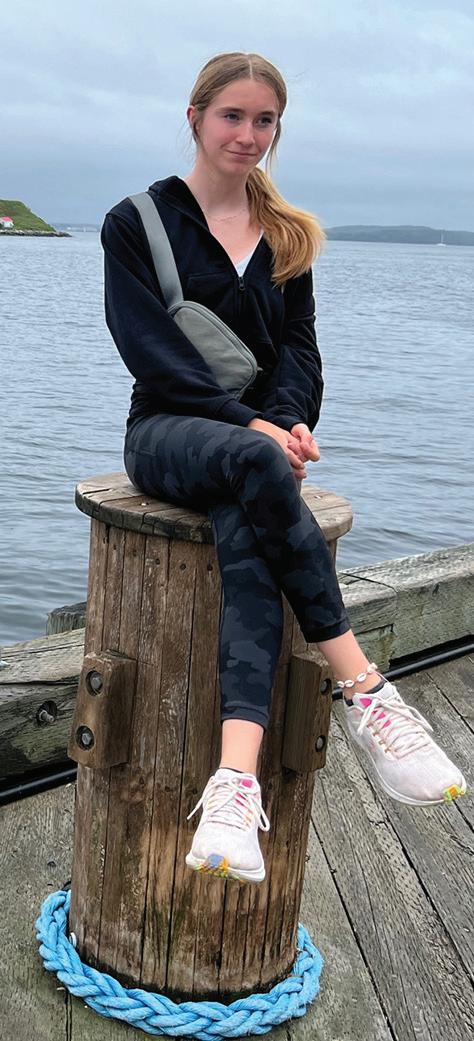
GO CRANBERLEY | Summer 2023 53
Photo: Mike McPhee
The Deconstruction of Our Dinner
Growing up, what was it that led to this deep interest in the topic of food?
I don’t know if there was any one moment, but certainly my grandmothers, serving up food in a way that expressed care and love. I don’t doubt they helped influence my relationship to food before I got involved in the economics and politics of it all. Food connects us.
FRIGHTENED AND UNCERTAIN after grocery buyers worldwide witnessed dwindling store shelves due to the pandemic, increasing numbers of consumers began to take startled notice of the bigger picture. Beyond the wise old adage, you are what you eat, more alarming observations from the aisles and supper tables gave way to inquiry: how do we get what we eat, from where, and from whom?
These are questions Jon Steinman started asking a few decades ago. Back in 2006, after four years spent studying restaurants and food management at the University of Guelph, the Kootenay journalist and food system researcher developed Deconstructing Dinner, a one-hour radio show. Before it went off the air in 2010, many of the series’ 196 episodes had been broadcast on over 50 radio stations in Canada and the U.S., and the program ranked as iTunes’ top Canadian food podcast. Steinman also hosted 44 webisodes of the TV show Deconstructing Dinner: Reconstructing Our Food System, and authored Grocery Store: The Promise of Food Co-ops in the Age of Grocery Giants.

You say you learned a lot during your university studies from restaurateurs who’d lecture or invite you to their kitchens. What exactly?
They paid next-level attention not just to what they were putting in their dishes, but where the food was coming from. That was twenty-five years ago. Now I don’t just pay attention to the ingredients either, but the stories behind them.
What are the biggest challenges facing the grassroots local food production sector in the East Kootenays? Inflation alone is creating some steep hurdles.
Some of the issues that existed fifteen years ago still exist today. We’ve inherited a food system that’s developed over 100 years. The biggest challenge is price perception, from the consumer’s standpoint. Local food producers are
up against very strong momentum to put downward pressure on prices. And while that’s understandable — at the end of the day many of us have only so much that we can spend on food — the reality of what it takes to produce food is disproportionate to what we’re expecting to pay for it. So as we put pressure on grocers to keep prices down, we’re also changing the perception of what it cost to produce it in the first place. That’s the biggest challenge, regardless of what ranchers or farmers are producing.
So grocery buyers want good, clean food — but for prices that reflect the fact they don’t realize the cost to growing, processing, packaging, and transporting that food to the shelves. What’s another challenge?
Climate. Like for instance, losing capacity to produce a crop because the spring doesn’t bring out buds on the fruit tree. That was a big problem in the Eastern U.S. this year. The challenge to adapt is ongoing. What can we do about it? We can support local producers any way we can. Put all your eggs in the local food basket, or, at least go once a week to a farmers’ market. Or when you walk through the grocery store, buy a few local things to complement whatever else
you’re buying. This, more than ever before, has to be a priority. The climate emergency is something we can respond to.
Like a lot of aspects of the global economy, the pandemic has made consumers and the food industry aware of the fragility of our supply chains, hasn’t it? That seems like an enormous problem to fix. Yes, the vulnerabilities of the long-distance supply chains have shown themselves as of the last couple of years — but on the upside, the relationships being built here in the Kootenays are beautiful. The relationships between food producers and eaters. And what’s different now from fifteen years ago is the amount of support for local food production — like when the Columbia Basin Trust has their once-ayear Basin Food gathering, or the municipal support we’re seeing for markets. But we’ve got a lot of work to do to incubate and support the sector.
There’s a quote from your book The Promise of Food Co-ops in the Age of Grocery Giants that says “a grocery cart can be a vehicle for change.” What are some of the misconceptions we have about who owns our grocery stores and packaging plants?
&
BUSINESS
CONSUMERISM
54 Summer 2023 | GO CRANBERLE Y
Kootenay food system expert Jon Steinman on grandmas’ cooking, price versus perception, and grocery carts as vehicles for change.
Four years ago, in 2019, when the book came out, I wanted to introduce this part of the food system to readers as a place where we as consumers could exert a considerable amount of power and change. I had no idea it would only take a year for people around the world to start looking more closely at grocery stores. And that started with the emptying of shelves and the recognition of how little grocery store workers in some places were being paid. The headlines at the start of the pandemic were much like what I’d written about in the book. Most of us have taken access to grocery stores for granted, and we don’t realize just how powerful they are.

Many Canadian stores are owned by just a few big corporations, correct?
Yes, today we need to be aware of who owns the grocery stores. That’s what I put on the back of the van I drove across the U.S. on my book tour: “Who owns your grocery store?” More to the point, I wanted people to know who their grocery stores were accountable to. Ultimately, they’re accountable to their shareholders and owners. Here in Canada, we have two companies that command half of all the grocery sales in the country, Loblaws and Sobeys. The next three largest are Metro, Walmart, and Costco.
Five grocers control over eighty percent of all the grocery sales in this country. That’s considerable power not only over the food system, but more specifically over suppliers, their access to shelves, and where we’re able to access food.
What were you aiming to achieve when you first started Deconstructing Dinner?
I wanted to study the origins of food, the politics around food, and the economics of food. In 2006, there was almost a complete absence of that information in Canadian media. I wanted to challenge one of the deepest assumptions we have — that food just shows up at the grocery store and ends up in our kitchen, without any understanding of the impact that has for that to happen. I’ve tried to unpack the assumption that food will just keep showing up and coming through the door and the assumption that that relationship is secure.
Is it safe to say you were among the first Canadian media professionals to bring the state of our food supply, and the importance of locally grown food, to light?
Well, I started in 2006. In 2007, BC’s James and Aleisha McKinnon wrote a book called The 100-Mile Diet: A Year of Local Eating. That really took off. But about
ten years before there’d been a very small and vocal group of...let’s call them food systems activists, in their 50s and 60s. They’d really started to develop the conversation in the ‘90s. I benefitted from the groundwork they’d done. They were in fact my first interview on Deconstructing Dinner, on January 5, 2006. Fast forward to today and this is a conversation that’s happening everywhere.
STATS
2% Percentage of an average adult’s life spent in a grocery store
30% Percent of average household income our grandparents spent on food in the ‘50s
10% Percent of average household income today’s families spend on food
60% Percentage of Canadian food imported via long-distance supply chains from the U.S., mostly California
$1 Value of a Canadian dollar in U.S. currency ten years ago
75c Value of a Canadian dollar in U.S. currency today
35% Percentage of all the world’s greenhouse gases that come from the global food system
5 Number of companies that control 80% of Canadian grocery store sales
“The reality of what it takes to produce food is disproportionate to what we’re expecting to pay for it.”
GO CRANBERLEY | Summer 2023 55
Fields of the Future
PASSIVE SOLAR GREENHOUSES
Whether considered an eco-friendly, winter-proof wave of agricultural’s future or a bug-out artist’s post-apocalypse musthave, passive solar greenhouses are already a thing worldwide.
Up Sell Pitt Meadows’
UP Vertical Farms opened in March, Canada’s first ever automated vertical farm. Vertical farming is gaining momentum in Canada, driven in large part by the need for greater sustainability and demand for fresh local produce year-round.
Founders and brothers Bahram and Shahram Rashti started growing baby leafy greens after watching California lettuce quality and quantities plummet. At full capacity, they believe they can provide up to six million bags a year.

With the help of a former Chinese oil and gas geologist who turned to farming in Alberta, Creston growers Nigel and Laura Francis are unplugging their certified-organic spread and following the technological trend that will see their new tunnel-style greenhouses entirely powered by the sun. The couple is installing 96 solar panels to charge up their tunnels, which are widely used in Northern China and have caught on in Alberta and Saskatchewan. They allow farmers to start seedlings before snow melts and grow year round. In business since 2014, the Francis’s made the decision partially due to an energy assessment that discovered almost all the farm’s emissions were coming from their old greenhouse. Beyond eco-concerns, the tunnels make financial sense. Dong Jianyi, an advisor to Cartwheel, put up a $250,000 100-metre long tunnel on
his farm in Olds, Alberta after calculating that a traditionally powered greenhouse of the same square footage would cost nearly $30,000 per month to heat. The tunnels are indeed a hot topic. Earlier this year, a Saskatoon-area farmer who started a YouTube channel documenting his passive solar greenhouse system has landed 36,000 subscribers and over one million views.
VERTICAL FARMING
Far more NASA than Cheech and Chong, hightech Kootenay cannabis company GreenLight Solutions is looking way past pot, to an increasingly arid future that will require more indoor agriculture and vertical farming worldwide. After purchasing a building on Kootenay Lake’s West Arm from multinational garden and yard product giant Scott (ironically, the main distributor for Monsanto’s infamous Roundup herbicide), GreenLight set out to “grow the best cannabis on the planet” using proprietary environmental control and management technologies that speak to the company’s bigger-picture vision: to build business in future-ready, climate-resilient agricultural production.
Vertical farming, where plants are grown in stacked layers, maximizes production space by scaling up off the ground. The same concept applies to multi-story indoor agricultural developments. According to a study by Canadian corporate law firm Bennett Jones, vertical farming is gaining momentum in Canada, “driven in large part by the need for greater sustainability and demand for fresh local produce year-round.” This March, Canada’s first ever robot-driven vertical farm, UP Vertical Farms, started growing baby leafy greens in Pitt Meadows after watching California lettuce quality and quantities plummet. Like UP and GreenLight, the Nelson Cannabis Collective (NCC) saw the merits of indoor agriculture too. In 2021, the NCC built a four-story, 28,000-squarefoot superstructure before the business collapsed. The $14.6 million plan promised over 2,000 kilograms of weed annually in its first tower with plans to build a second. The first tower still sits empty. But given the pedigree of the business’s financial bakers, the pot plan had promise. The NCC’s lead investor was Sam Feldman, a member of the Canadian Music Industry Hall of Fame and philanthropist whose past
GROWING DEEP ROOTS AND BRANCHING ON OUT
For a fella who won’t work with clients who’ve got less than $10 million in the bank, TEDx’er and investment/organizational consultant Idowu Koyenikan’s advice on the critical role of community applies as much to farmers markets as to stock markets. One of the Forbes magazine thought leader’s many musings: “There is immense power when a group of people with similar interests gets together to work toward the same goals.” Some examples of the Kootenays’ agricultural one-for-all ethos: November’s Basin Food Expo and Forum in Creston; the Kootenay Farms Food Hub and Innovation Centre; Wildsight Elk Valley’s Local Store, Cold Climate Seed Library, and Tool Share program; the Yaq̓it ʔa·knuqⱡi ’it First Nation’s Meat Processing Centre for Cultural Practices and Teaching Centre; and food recovery efforts in Cranbrook and Kimberley.
clients included Joni Mitchell, Leonard Cohen, and Bryan Adams.
56 Summer 2023 | GO CRANBERLE Y
Snapshots
Connection and resiliency through food and cooking

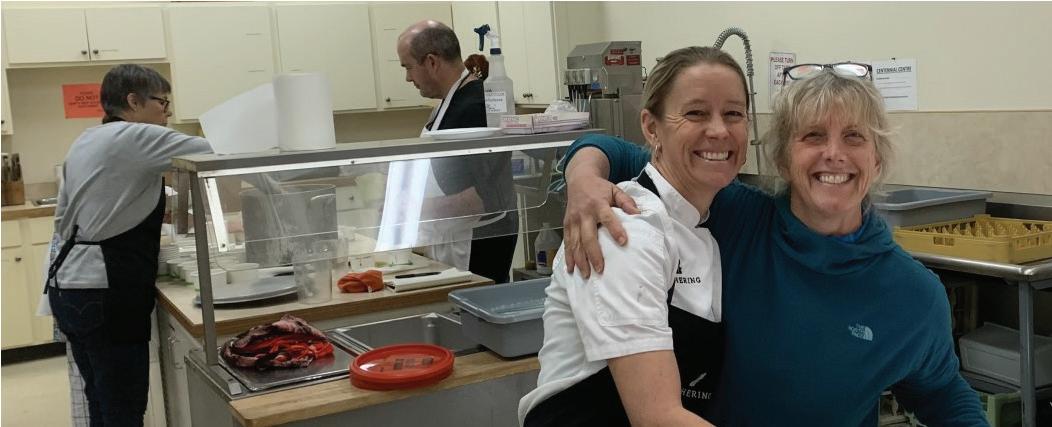
Healthy Kimberley’s Food Recovery Depot is preparing to serve more than meals, as their latest endeavour is the perfect recipe for connection and community through food access. After nearly four years of operating out of a city-owned kitchen, they’re now preparing to expand with a commercial kitchen development project that will increase the volume and efficiency of meal production.
The Depot has been distributing food fit to eat, but not fit for sale, to Kimberley residents facing food security challenges since 2018. After a strict sorting process following food safety guidelines, some of that food, recovered from local grocery retailers, farms, restaurants and backyard gardens, is funnelled into their free frozen meal program.
More like this on Basin Stories

Since opening, the Depot recovered 315,000 pounds of food which has been used to create over 25,000 frozen meals.
stories.ourtrust.org
A glimpse into the remarkable stories of people and places in the Columbia Basin.
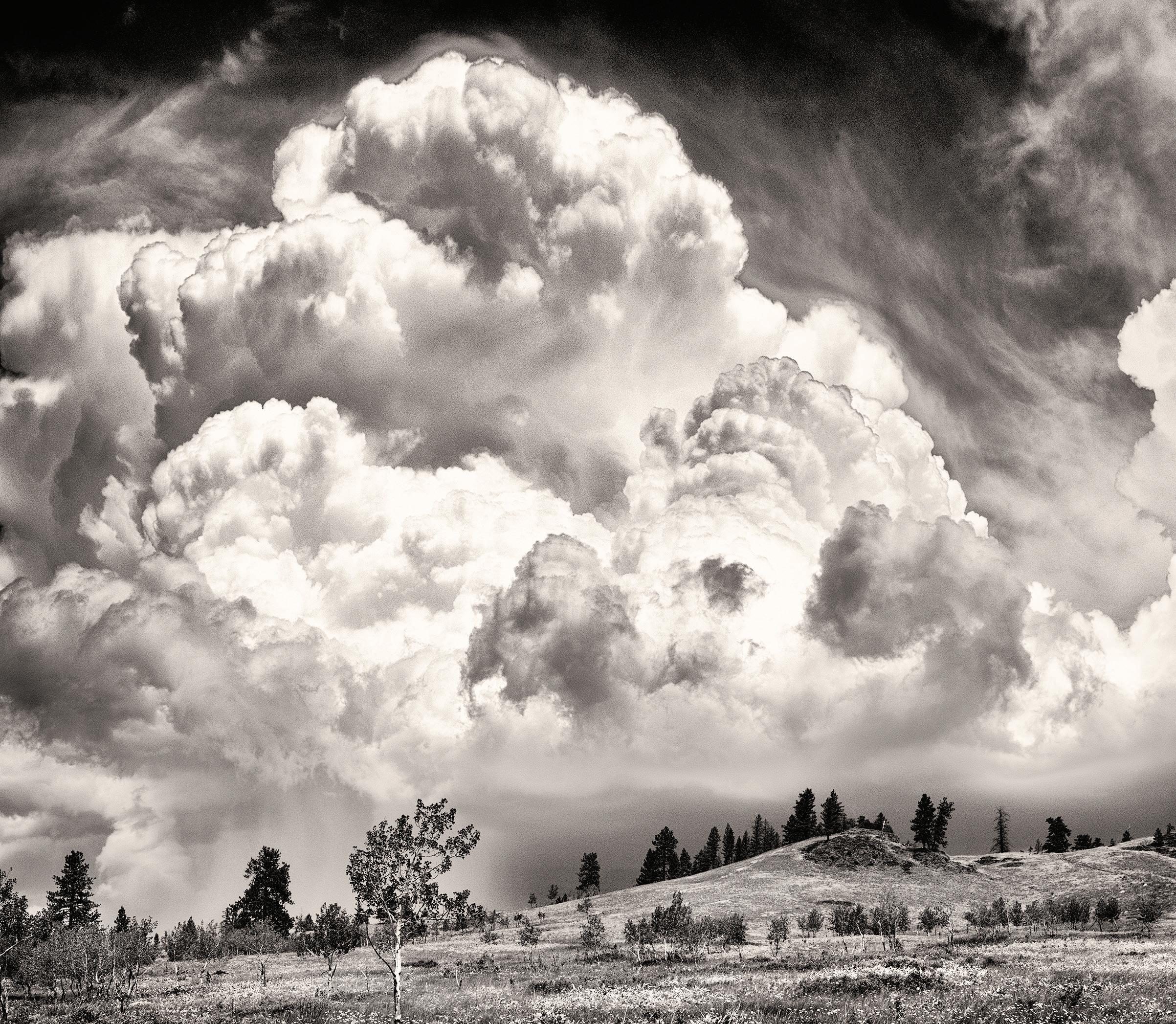
Wide Lens
58 Summer 2023 | GO CRANBERLE Y
Bluster — Wycliffe Butte, BC | 2019
Wild Life
A life’s work and journey, from global to local, through the eye of international photojournalist turned Cranbrook artist Neal Panton.
 W: JACQUIE MOORE
W: JACQUIE MOORE
“And if you feel you got everything you came for / If you got everything and you don’t want no more / You’ve gotta just keep on pushing.”
— Nick Cave, “Push the Sky Away”
GO CRANBERLEY | Summer 2023 59
If you ask Neal Panton what he likes to photograph, you’ll get an answer that is as frustrating as it is illuminating. “Everything.”

Admittedly, it was a silly question: a glance at even a smattering of work from the itinerant photojournalist’s portfolio reveals that Panton has, indeed, shot just about everything and everywhere. Remarkably, however, given the heart-pounding nature of a career that has not infrequently involved getting followed, teargassed, and dragged to prison, Panton’s lens on the world is coloured by quiet wonder. A new solo exhibit in Kimberley is his stunning and unique perspective on both home and the wider world.

The Gift — Welsh Lakes BC | 2019
60 Summer 2023 | GO CRANBERLE Y
Peek performer — Panton, high atop the Septet Range, west of the Columbia River Valley.
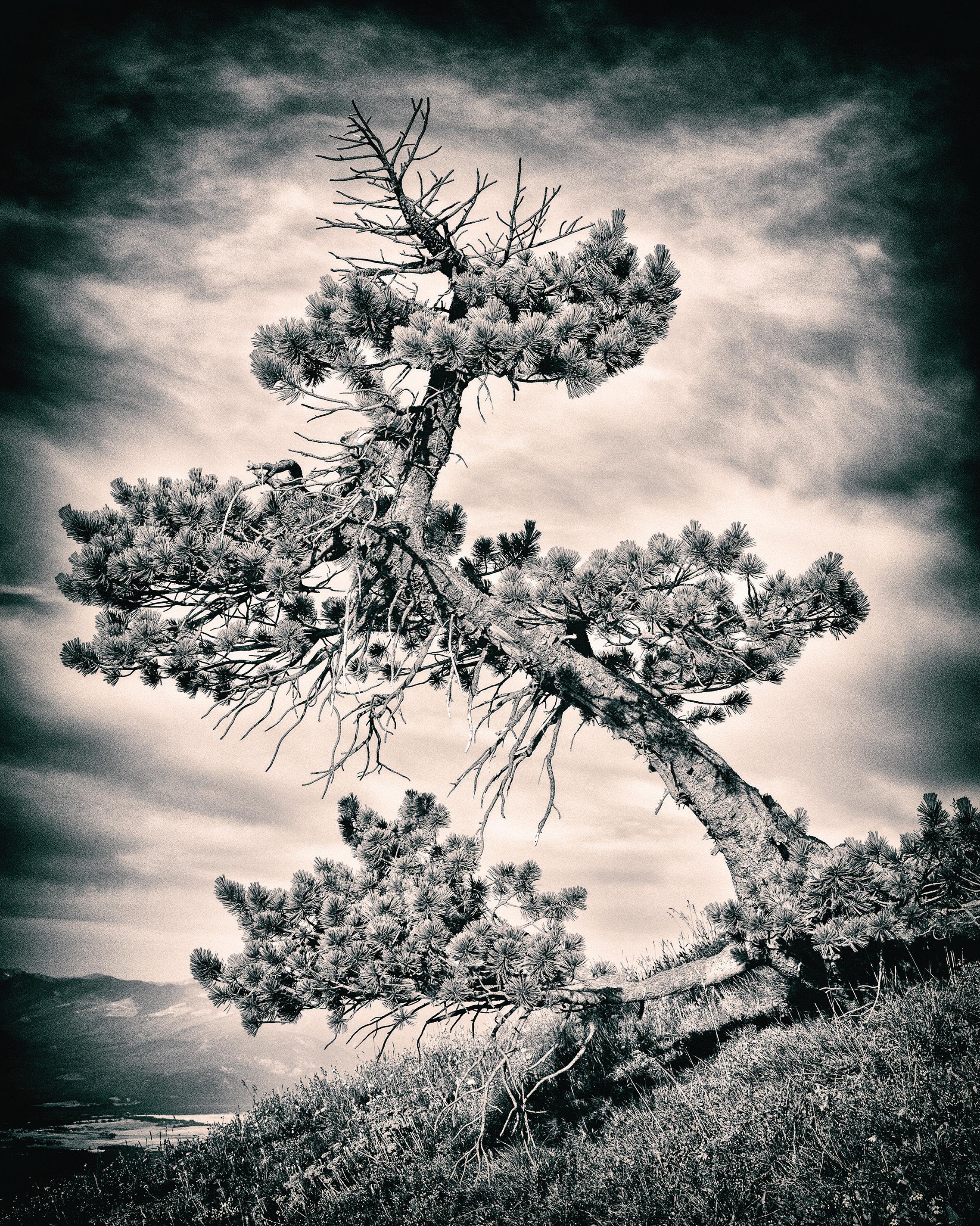
Survivor — Lakit Lookout, BC | 2020
Growing up in Hamilton, Ontario, Panton always looked forward to letters ‘from home’ — that is, from his parents’ native London, England. “They emigrated to Canada in 1956 shortly after Britain stopped war rations,” he says. “The last thing on anybody’s mind at that still challenging time was photography.” Much anticipated packages from the U.K. contained news from London, as well as pictures of loved ones. “That’s how I got to know the family overseas and how my family shared our experiences in Canada.” Panton says. It was through these early photographic experiences that he developed an understanding of visual language. “The significance and meaning of those photos were not lost on me.” That marked the beginning of his fascination with photography.
Panton’s journey from Hamilton to Kimberley where, he says, “I’ve got a pretty low profile,” has been circuitous to say the least. His resume reads like an itinerary for The Amazing Race, over several decades.

Further Than the Eye Can See — White River Junction, BC | 2018 62 Summer 2023 | GO CRANBERLE Y
Throughout the 1990s, Panton lived and worked in Ecuador, teaching photography and visual literacy at Quito’s Universidad de San Francisco, and shooting for Reuters. On assignment there, he met and photographed then-president of Ecuador, Sixto Duran-Ballen, as well as the Chilean dictator August Pinochet.” Of the latter, Panton says, “Talk about meeting the devil — what can I say, my heart was shaken that day.”
Over the years in Quito, Panton was arrested three times and put in jail for visa infringement. “Getting proper paperwork in Ecuador was a problem those days,” he says. At one point, he had a missionary visa despite “never having been to a church service in (his) life.” He once bribed his way out of a cell for $5 and subsequently spent three dusty hours on the roof of a bus getting back to the Amazon basin. Panton spent many days taking photos from the unsettling, often dangerous space between various demonstrators and police.

GO CRANBERLEY | Summer 2023 63
Sun Stroke — Bugaboo Provincial Park, BC |
2016

Panton’s journey from Hamilton to Kimberley where, he says, “I’ve got a pretty low profile,” has been circuitous to say the least.

Le Petit Moulin — Montmartre, Paris, France | 2017
GO CRANBERLEY | Summer 2023 65
In the end, he says, the “deadlines were insane, the money was crap,” and the constant potential for danger became hard on his spirit.
On the upside, Ecuador gave the photographer a transformative connection to the earth. He spent time in the jungle and in the country’s renowned cloud forests that flank the Andes, which, he says, put Panton on a path to “a more personal relationship with nature.” That experience stayed with him as he travelled across Latin America, the U.S., Canada, and Europe to shoot, exhibit, and along the way, win more than three dozen international awards for solo and group exhibits, and for global print and media contributions.

Mack the Knife — Bath, England | 2019
66 Summer 2023 | GO CRANBERLE Y
Eventually, a suggestion from a Slovenian friend who assumed that the mountain-loving Panton was from the Rockies, helped convince the photographer to return to Canada, though far from his old hometown. He arrived in Cranbrook in 2006 and has since been using his camera to create connection to the Columbia basin landscapes that speak to his sense of place and belonging. “The challenge to me as an artist is to find a unique way of seeing things that people see all the time.” His large-format, stitched photos feature both familiar and unfamiliar views of local mountains. Using Photoshop, Panton creates a darkroom-process look that gives these monumental panoramas a dreamy, intimate aesthetic that, he has been delighted to discover, often prompts viewers “to respond with their own narrative — my photo, their story.”

Mask from the Play “The
—
BC | 2011 GO CRANBERLEY | Summer 2023 67
Seminar”
Cranbrook,
Shooting Star
What inspires a photographer when he’s not behind the camera?
BOOK
"The Creative Act" by Rick Rubin

“Rubin writes very short paragraphs, and his ideas are simple, but he makes me think about my work and what I aspire to — for me, it’s about breaking patterns and thinking more and more creatively.”
ALBUM
“Push the Sky Away” by Nick Cave
“I compare photography to other art forms in the way that once you’ve put it into the world, it takes on meaning for someone else — for instance, the way you can listen to a song and it becomes your song, it doesn’t matter who wrote or sang it. I’m a Nick Cave fan and I used some of his songs as titles for my landscapes.”
QUOTABLE
Anaïs Nin
“In my studio I’m surrounded by quotes I’ve printed that remind me why I do what I do, and how I approach my creative process. A favourite of mine comes from Anais Nin who wrote: ‘We don’t see things as they are, we see them as we are.’ I firmly believe that.”
PODCAST
NPR: Hidden Brain series
“I was listening to an episode recently about getting stuck, hitting creative roadblocks. It was about singers and songwriters, but it applies to any creative process: just keep writing or doing what you do and when you hit on something that’s not crap, you’ll know! We can’t be ruled by a fear of sitting down in case inspiration doesn’t come.”
Carnival — Cranbrook, BC | 2013
68 Summer 2023 | GO CRANBERLE Y

Creating such connection with and for others is Panton’s joy and — no matter how many places he’s seen and photographed — he says his view of the world through a camera lens remains an infinite source of quiet wonder. It’s an extraordinarily unjaded perspective from a journalist and artist who has seen more than his share of the world, beautiful and otherwise. If any photographer can make the familiar unique and the monumental personal, it’s him.

70 Summer 2023 | GO CRANBERLE Y
Small Hand, Big World — Vatican City, Rome, Italy | 2010
Fine homebuilding. Fine woodworking.




Crafting homes entirely by hand for nearly 20 years, Eisenhauer Woodworks create spaces and places that fit within the deep simplicity of nature — and the landscapes that define our clients and their lives. Limited spots available, inquire today.
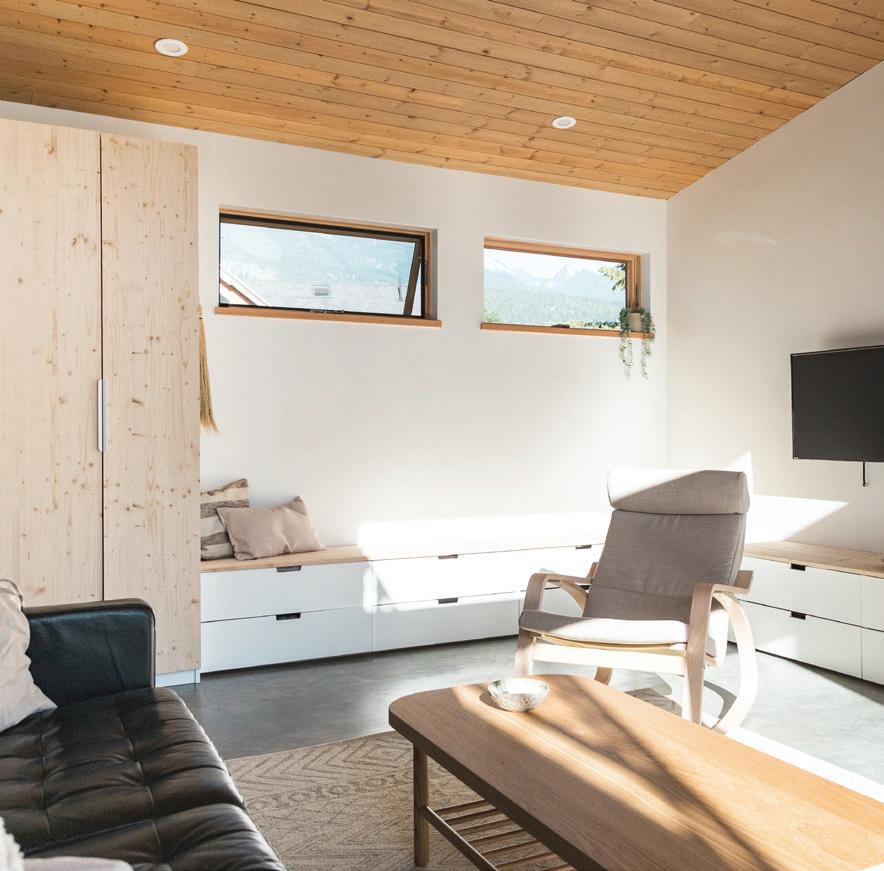

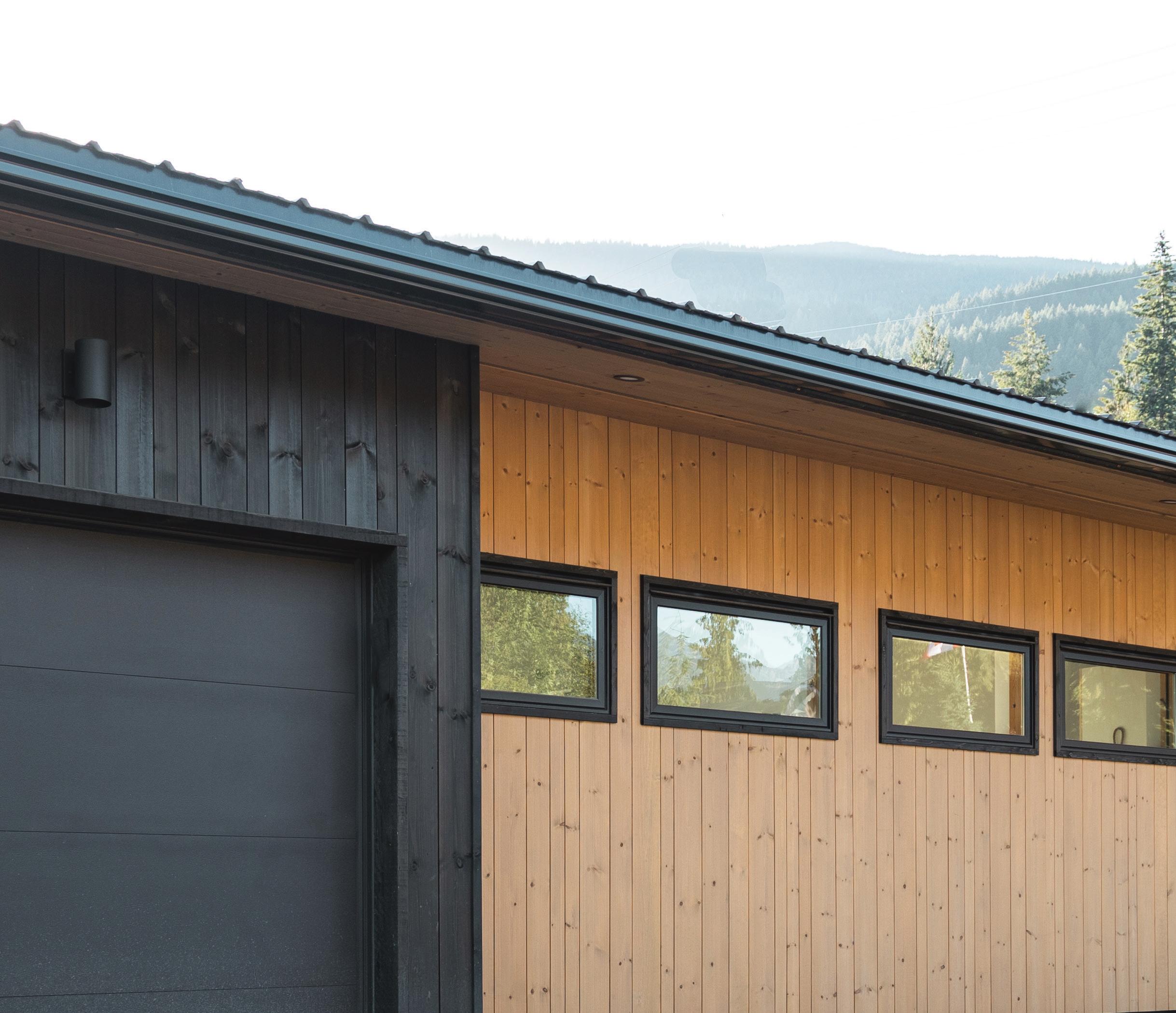
Website: eisenhauer.build @eisenhauer.wood @eisenhauer.build
A Jewel from Jaffray Jaffray-raised country music star Dean Brody brings his Right Round Here Tour to Cranbrook’s Key City Theatre October 19. In 2022, the multiplatinum artist earned a JUNO Awards nomination for Country Album of the Year and his first triple-platinum single with “Bring Down the House.”
CRANBROOK + KIMBERLEY
Every Saturday
KIDS CLUB DROP IN. Ages 5+. Various activities, crafts, stories and games to enjoy. 115 Spokane St. Kimberley Public Library. 10:30-11:30 am
Sept through Oct 18
JENNY STEENKAMP
Solo Art Exhibit. Centre 64
Gallery. Tues-Sat, 1-5 pm
Sept through Oct 19
LOCAL FIRST NATIONS, METIS & INUIT ART
EXHIBIT. Key City Theatre. 20-14 Ave N. Cranbrook
Oct 1
MATTHEW GOOD CONCERT Solo Acoustic Tour. Key City Theatre. 20-14 Ave N. Cranbrook. 7:30 pm
Oct 7
OKTOBERFEST. Celebrating
Happy Hans 50th birthday. Platzl, Kimberley. 12-4 pm
Oct 7
FIRST SATURDAY Outdoor Concert. Center 64. Kimberley. 6 pm
Oct 7
APPLE PRESSING & POTLUCK. Public Produce Garden. Cranbrook. 710-18 Ave N. 1-5 pm
Oct 7
HARVEST MARKET. Cranbrook Farmer’s Market. 10th Avenue beside Rotary Park. 10 am - 1pm
Oct 14, 21
CRANBROOK FARMER'S MARKET. Fresh Produce, Local Makers, Crafts, Live Music & Food. 10th Avenue beside Rotary Park. Cranbrook. 10 am - 1pm
Oct 8
APPLE PRESSING WITH WILDSIGHT. Kimberley Community Garden. 915 Rotary Dr. 1-4 pm
Oct 8
CHASING THE COLOURS NATURE HIKE. Kimberley Nature Park Society. Enjoy the colour of the larches. Departing from the Kimberley Nordic Centre. 10 am - 1pm
Oct 10
HEY VIOLA . Key City Theatre. 20-14 Ave N. Cranbrook. 7:30 pm
Oct 11
ELTON JOHN TRIBUTE: THE YELLOW BRICK ROAD. Key City Theatre. 20-14 Ave N. Cranbrook. 7:30 pm
Oct 13, 14, 19-22*, 25-28
“DON’T DRESS FOR DINNER.” Cranbrook Community Theatre. 11-11Ave S Cranbrook. 7:30 pm with 2 pm matinee Oct 22. *Warning: Explicit Language.
Oct 14
SYMPHONY OF THE KOOTENAYS: CLASSICAL GREATNESS. Key City Theatre. 20-14 Ave N. Cranbrook. 7:30 pm
Oct 19
DEAN BRODY: RIGHT ROUND HERE TOUR. Key City Theatre. 20-14 Ave N. Cranbrook. 7:30 pm
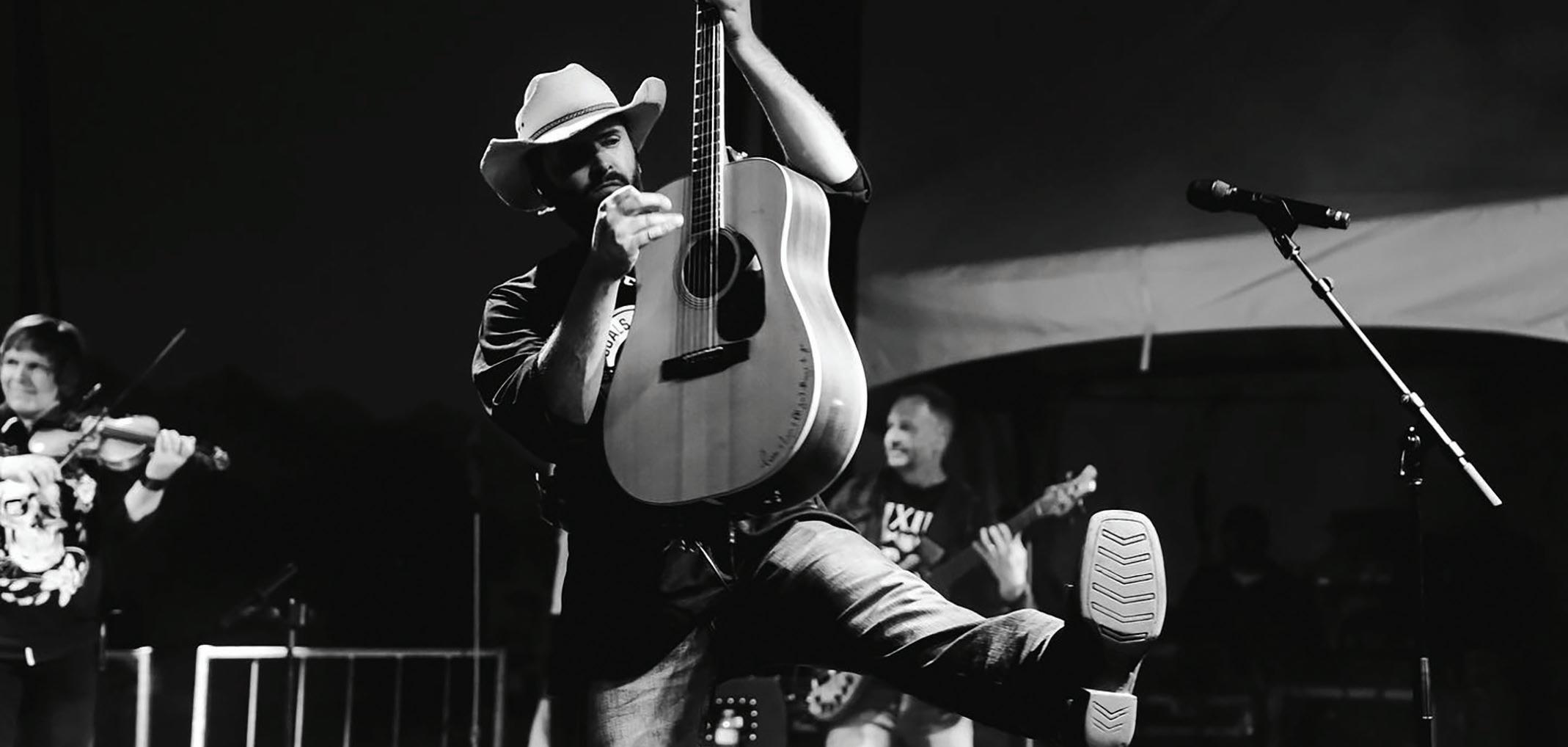
Oct 19 – Nov 15
NEAL PANTON EXHIBIT: SENSE OF PLACE. Centre 64 Gallery. Tues-Sat, 1-5 pm
Oct 20, 27
TRAVEL TALKS SERIES Talk on Italy presented by Stephen Intersiano. Kimberley Public Library. 3:15pm-4:30pm
Oct 21
FALL CONCERT SERIES featuring Leeroy Staggar. Centre 64. KImberley. 8 pm
Oct 25, 26
THE HAUNTED TRAIN TOUR. Cranbrook History Centre. 57 Van Horne St. S. 6-9 pm
Oct 28
HALLOWEEN MARKET
CRANBROOK FARMER’S MARKET. 10th Avenue beside Rotary Park. Cranbrook. 10 am -1 pm
Nov 2
DOGMAN THE MUSICAL Key City Theatre. 20-14 Ave N. Cranbrook. 7 pm
Nov 4
ABUNDANCE HOLISTIC HEALTH & YOGA FAIR & WELLNESS MARKET. Kimberley Conference Centre. 301 North Star Blvd. Kimberley. Classes & Workshops 8:50 am6:30 pm, Market 11 am - 5 pm. abundancefair.ca
Nov 4
KIMBERLEY HORROR FEST. Centre 64. 7:30 pm
Nov 10
AS THE CROW FLIES. Key City Theatre. 20-14 Ave N. Cranbrook. 7:30 pm
Nov 16
GLORIOUS SONS W/ OPENERS THE BLUE STONES. Western Financial Place. Cranbrook. 8 pm
EVENTS Fall ~
72 Summer 2023 | GO CRANBERLE Y
Nov 17, 18
THE CHRISTMAS MARKET. Centre 64. Kimberley. Friday 4:30-8:30 pm, Saturday 10 am -5 pm
Nov 17
TRAVEL TALKS SERIES
Highlighting New Zealand. Kimberley Public Library. 3:15pm-4:30pm
Nov 18
BURLESQUE: KOOTENAY VAUDEVILLE AFFAIR. Key City Theatre. 20-14 Ave N. Cranbrook. 7:30 pm
Nov 20
CHRISTMAS POP-UP ART MARKET. Laundromat Art Gallery. 167 Deerpark Ave. Kimberley. 12 pm
Nov 20
FINGER ELEVEN. Key City Theatre. 20-14 Ave N. Cranbrook. 7:30 pm
Nov 23
MIDDLE RAGED. Key City Theatre. 20-14 Ave N. Cranbrook. 7:30 pm
Nov 24
FALL CONCERT SERIES featuring John Wort Hannam. Centre 64. Kimberley. 8 pm
Nov 17
KIMBERLEY LIGHT-UP. Platzl, Kimberley. 5:30 pm
Fri Nov 24
TRAVEL TALKS SERIES FOR KIDS African Safari. Kimberley Public Library 3:15pm-4:30pm
Nov 25
SYMPHONY OF THE KOOTENAYS: MESSIAH. Key City Theatre. 20-14 Ave N. Cranbrook. 7:30 pm
Nov 25 & 26
CRANBROOK FARMER'S MARKET
Special Winter Market. Western Financial Place. Cranbrook. Nov 25 12-6 pm
Nov 26 11 am – 3 pm
Nov 25
SANTA CLAUSE PARADE. Downtown Cranbrook. 5:30 pm
Nov 30
MOONTRICKS. Key City Theatre. 20-14 Ave N. Cranbrook. 7:30 pm
Dec 2, 3
KIMBERLEY FARMER’S MARKET Winter Edition. Visit Wildsight.ca/events for up-to-date location & times
Dec 5
FALL CONCERT SERIES featuring Amy Bishop. Centre 64. Kimberley. 8 pm
Dec 8
TRAVEL TALKS SERIES
Highlighting New Zealand. Kimberley Public Library. 3:15pm-4:30pm
Dec 15, 16, 17
ADULT SKI RETREAT
KICKSTART. Classic & skate instruction, technique clinics, lunch, yoga & more. Kimberley Nordic Centre
Dec 31
JESUS CHRIST SUPERSTAR
Key City Theatre. 20-14 Ave N. Cranbrook. 7:30 pm
FORT STEELE
Oct 28
HALLOWEEN SPOOKTACULAR. Costumes, Mazes, Pumpkins, Trick or Treating, Fireworks, Live Music, Food and More. Fort Steele Heritage Town. 4-9 pm
CANAL FLATS
Oct 1, 8, 15, 22, 29
TOAST & JAM. Bring your instrument to join, or come and listen at the Village
Social. 4957 Burns Ave, Canal Flats, BC. 11 am – 2 pm
FAIRMONT HOT SPRINGS
Oct 21
BEERFEST. Beer Vendors, Tastings, Live Music. Fairmont Hot Springs Resort. 4-11 pm

Nov 3, 4
WINE IN THE ALPINE. Wine tastings, dinner with wine pairings, and more.
Fairmont Hot Springs Resort
INVERMERE
Oct 6
FIRST FRIDAYS ART WALK. Gallery Tour, Entertainment. artspotsinvermere.com. 5-8 pm
Oct 7, 8
INVERMERE FOOD & ARTISANS MARKET. Columbia Valley Centre. 11 am to 4 pm.
Oct 7, 18 | Nov 4, 15
Dec 2, 13
INVERMERE COMMUNITY DRUM CIRCLE. Pynelogs Cultural Center. Tickets: rhythmbynature.ca 7-9 pm
Until Oct 9
THE GREAT SCARECROW COMPETITION & TOUR. Various displays & locations throughout the community.
Oct 15
AFTERNOON WITH THE SYMPHONY OF THE KOOTENAYS. Columbia Valley Center. 2 pm
Oct 28
TRICK OR TREAT. Downtown Invermere. 3-5 pm
Nov 18
10TH WILD & SCENIC FILM FESTIVAL. Columbia Valley Centre. 646 4 St. Invermere
Nov 25
INVERMERE LIGHT UP & SANTA PARADE. Downtown Invermere. Photo with Santa and wagon rides from 1:30 pm and light up and parade from 5:30 pm
Dec 1, 2
HOLLY JOLLY MARKET. Columbia Valley Centre. 646 4 St. Invermere. Dec 1 4-8 pm & Dec 2 10 am – 4 pm
Dec 8
LET'S TRAVEL speaker series New Zealand. 115 Spokane St. Kimberley Public Library. 3:15-4:30 pm
CRESTON
Oct 6
TOUR AND TASTING . Baillie Grohman Estate Winery. 1140-27 Ave S. Creston.
11 am - 1 pm
Oct 7
CRESTON FARMER’S MARKET. Behind the Visitor’s Center. 9 am -1 pm
Oct 14
CRESTON CONCERT SOCIETY PRESENTS TRIO FIBONACCI. Kootenay River Theatre. 223-18 Ave S. 7:30 pm
Oct 14, 21, 28
Nov 4, 11, 18, 25
Dec 2, 9, 16, 23, 30
CRESTON FARMER’S MARKET. Creston & District Community Complex. 10 am – 1 pm
Nov 30
CRESTON CONCERT SOCIETY PRESENTS QUARTETTO GELATO Kootenay River Theatre. 223-18 Ave S. 7:30 pm
The Halloween Spectacular runs October 28 — Costumes, mazes, pumpkins, trick or treating, fireworks, live music, food, and more. Fort Steele Heritage Town. 4-9 pm.
GO CRANBERLEY | Summer 2023 73
Photo: Morgan Turner

newdawndevelopments.com call 250.489. 1519 Come Build With Us SHOW H OME NOW OPEN Lickity Split Lickity Split DONAIRS • SUBS & WRAPS VEGAN OPTIONS • SUGAR FREE FOOTHILLS CREAMERY MAINSTREET MARYSVILLE • 250.919.5873 (ACROSS FROM THE FALLS) HOMEASSURE Your Key to Peace of Mind Professional Home Watch Services Kimberley BC HomeAssureHomeWatch.com (250 ) 90 8 -7335 National Home Watch Association Accredited • Home Watch. Maintenance. Concierge 50,000 eyes are nothing to sniff at. That’s a lot of people! It means that every year the combined populations of Kimberley and Cranbrook will see this magazine. Wouldn’t it be great if they were looking at your business too? Our new directory format gives each ad enough space to stand out and ensures that your business has a consistent presence in each issue for the entire year. Our design team will help build it, and the price will probably surprise you. Send us an email or give us a call to find out more. NEW BUSINESS DIRECTORY 50,000 eyes are looking for you. Better exposure, no hassle. Lodging & Transportation. Made Simple. Kimberley.com Brian Conn 250.427.9896 northstarcoffeeroasting@gmail.com Brian Conn / 250.427.9896 kootenayshadeworks@yahoo.ca KOOTENAYSHADEWORKS.COM




basecamp of the kootenays


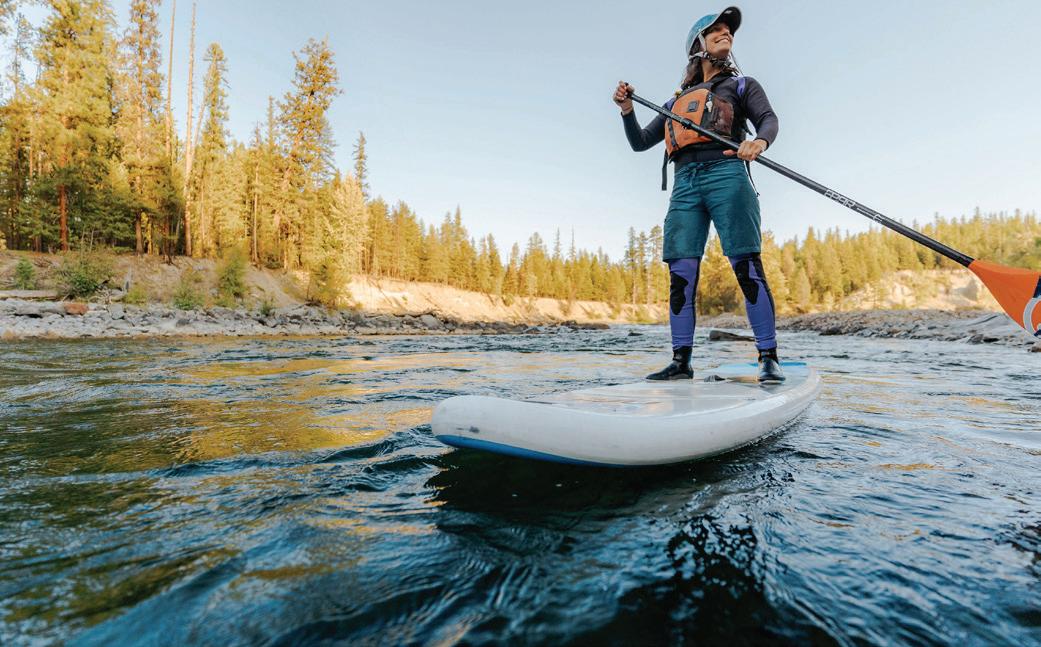
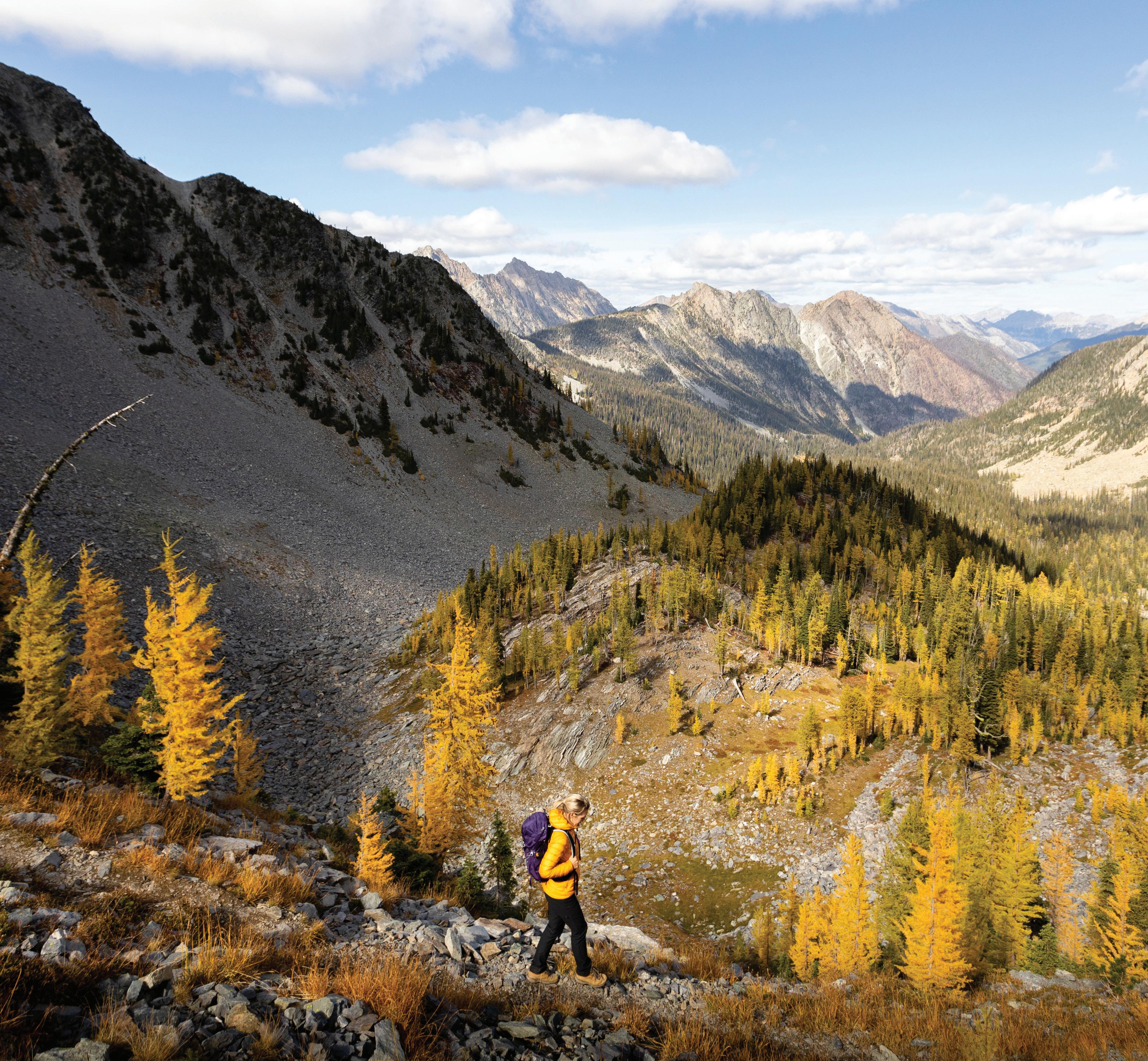


















 JACQUIE MOORE
JACQUIE MOORE







































































 –Darren Davidson
–Darren Davidson


























































































 W: KEVIN BROOKER
W: KEVIN BROOKER














 MORE SPRINGS THAN A MATTRESS
Clockwise from top left: Cranbrook’s Jaimee Spring, signed to the NCAA Division I Colgate Raiders hockey program this fall. She’s seen here alongside her dad Corey’s jersey from his time with the Tampa Bay Lightning. Jaimee’s grandfather, Frank Spring, played with teams including the St. Louis Blues, Boston Bruins, California Golden Seals, Cleveland Barons, and Indianapolis Racers, 61 NHL games in all. Cranbrook Minor Hockey head of Female Development and coach Bobby-Jo Hekob, who says girls want more than a team and lots of ice time. “They really require a different approach,” she says, “that’s camaraderie-first.” Photos: Jesse Heinrichs.
MORE SPRINGS THAN A MATTRESS
Clockwise from top left: Cranbrook’s Jaimee Spring, signed to the NCAA Division I Colgate Raiders hockey program this fall. She’s seen here alongside her dad Corey’s jersey from his time with the Tampa Bay Lightning. Jaimee’s grandfather, Frank Spring, played with teams including the St. Louis Blues, Boston Bruins, California Golden Seals, Cleveland Barons, and Indianapolis Racers, 61 NHL games in all. Cranbrook Minor Hockey head of Female Development and coach Bobby-Jo Hekob, who says girls want more than a team and lots of ice time. “They really require a different approach,” she says, “that’s camaraderie-first.” Photos: Jesse Heinrichs.








 –Darren Davidson
–Darren Davidson




































 BY MIKE MCPHEE & DARREN DAVIDSON
BY MIKE MCPHEE & DARREN DAVIDSON



 High achievers and low rollers put a painstaking pin in the East Kootenay hospitality map.
High achievers and low rollers put a painstaking pin in the East Kootenay hospitality map.






















 W: JACQUIE MOORE
W: JACQUIE MOORE





























